In February of 1945, just before the end of WWII, Dresden was carpet bombed into oblivion. Allied bombers (772 of them) dropped over 3,900 tonnes of high explosive and incendiary devices over the city destroying some 6.5sqkms of the town’s centre. It was became a contentious campaign, as the Allies claimed they were bombing railway, manufacturing and communication infrastructure, but the bulk of the explosives were dropped over the culturally significant Old Town which was primarily inhabited by civilians. At the time, the Nazis claimed it was a war crime and said that between 200,000 and 500,000 people were killed… historians have been able to establish that perhaps as many as 25,000 people, (still way too many!), were killed during the Dresden bombings.
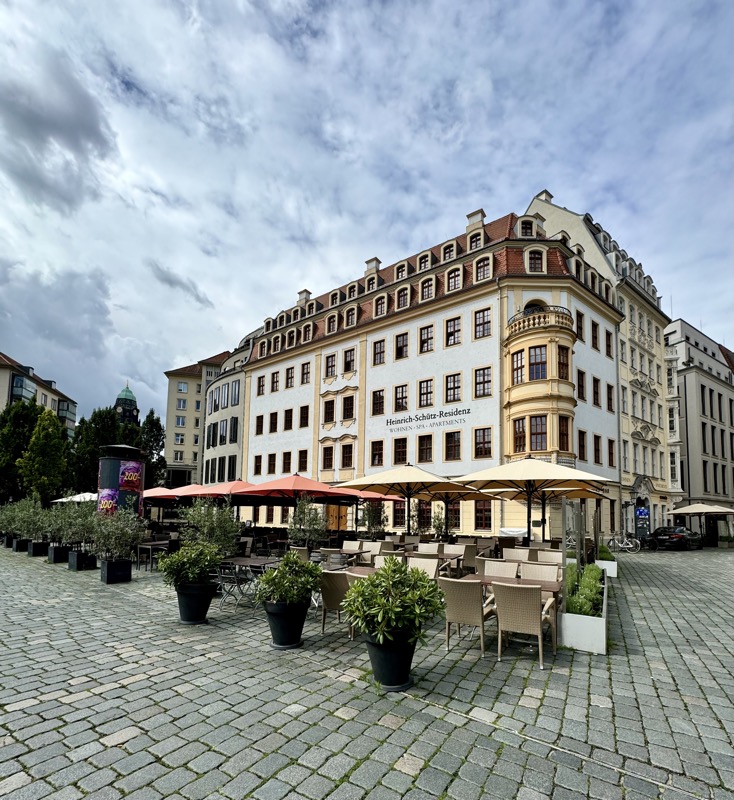
Looking around Dresden today – there’s hardly a sign of it anywhere, bar a few singed sandstone blocks on the Frauenkirche. It’s easy to forget that you are walking around a town where people were literally picking up the pieces of their neighbours after an horrific air attack.
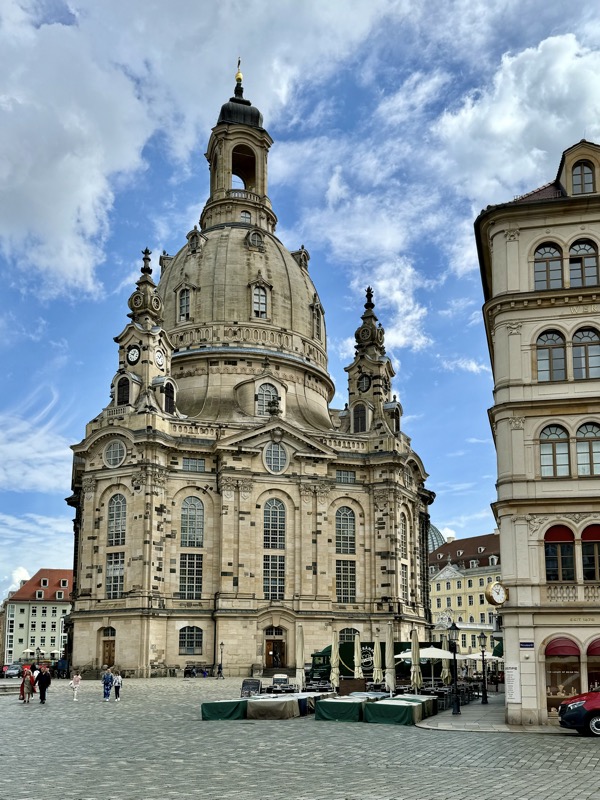

The long summer days are waking us up really early – we seem to be out and about quite a bit before any people are about for the day…
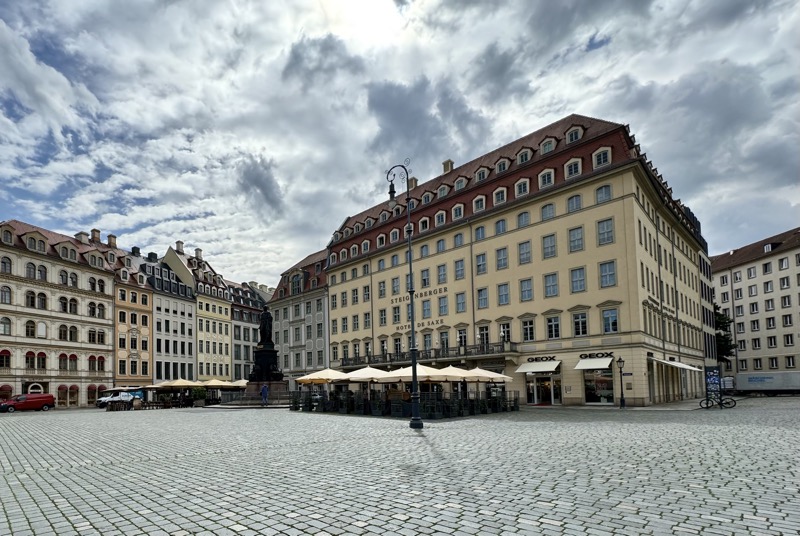
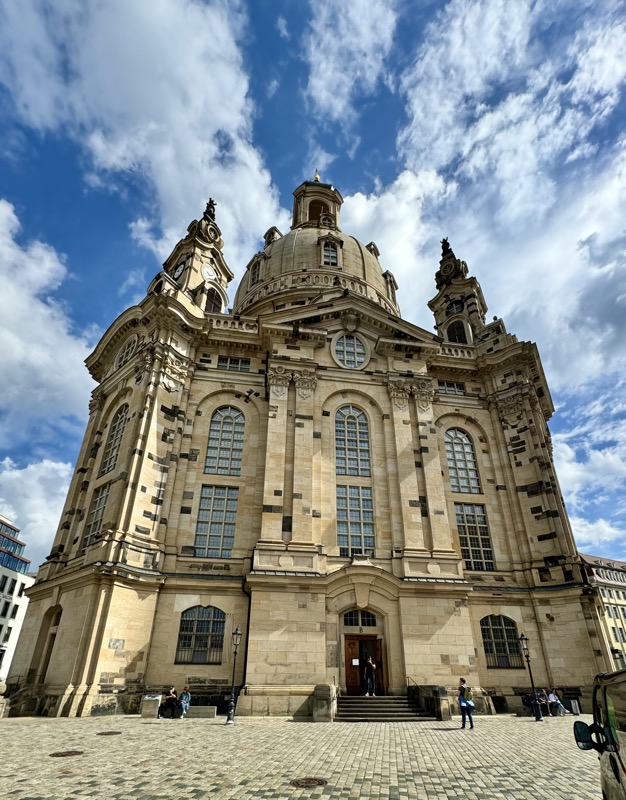
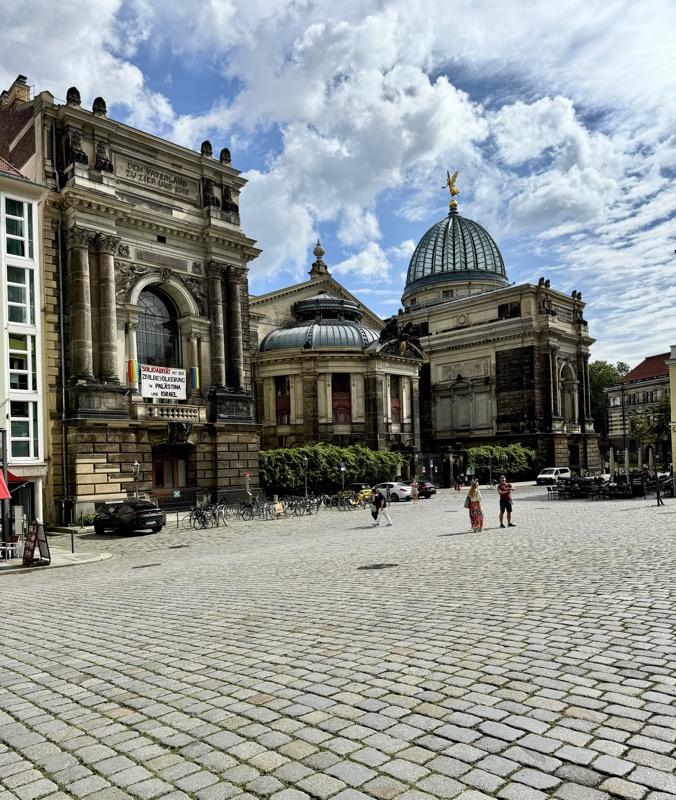
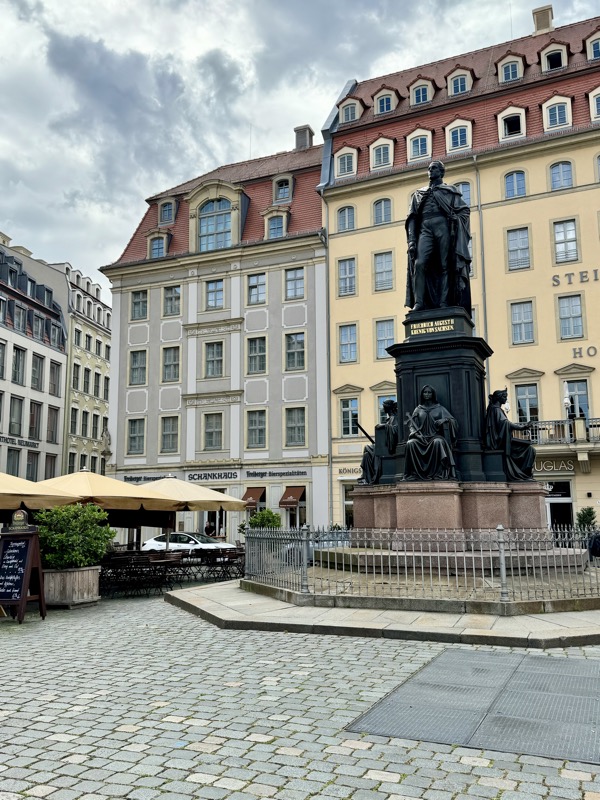
The Frauenkirche. Last time I was here, it wasn’t quite so well lit up… November will do that to Europe.
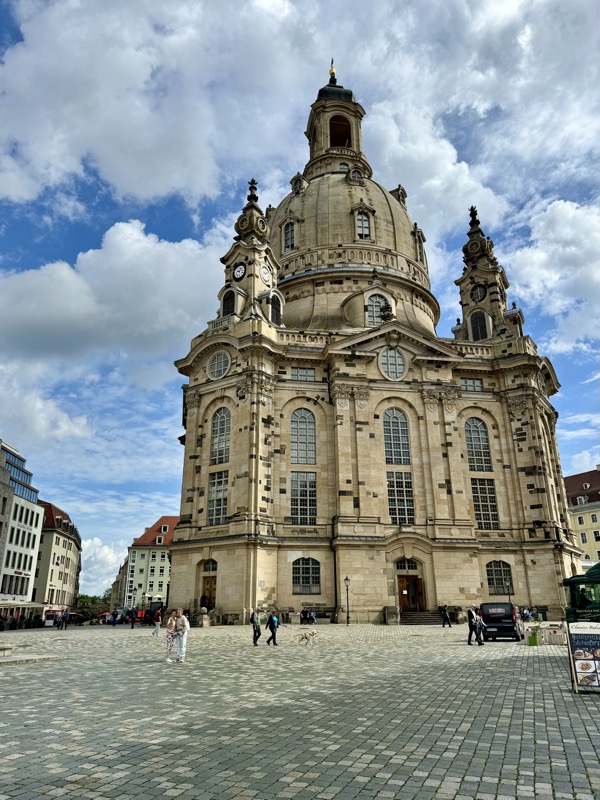
Angus was stunned inside – his commentary was much around the, ‘So there are people around now who know how to build things and make them look like this? So why do new buildings all look so shit?’
I responded that a lot of these craftsmen were still around and plying their trades in Europe; building and restoring old buildings of which there is a plentiful supply… but there’s no a lot of call for it back home in Australia – and large civil projects always get tendered out, and often go to the cheapest/most cost effective proposal. Sadly, this often results in functional but boring or even ugly.
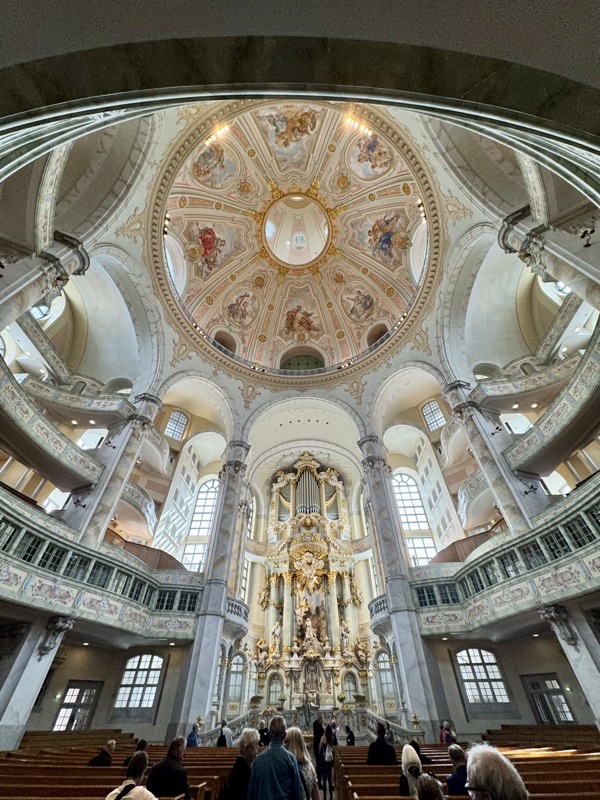
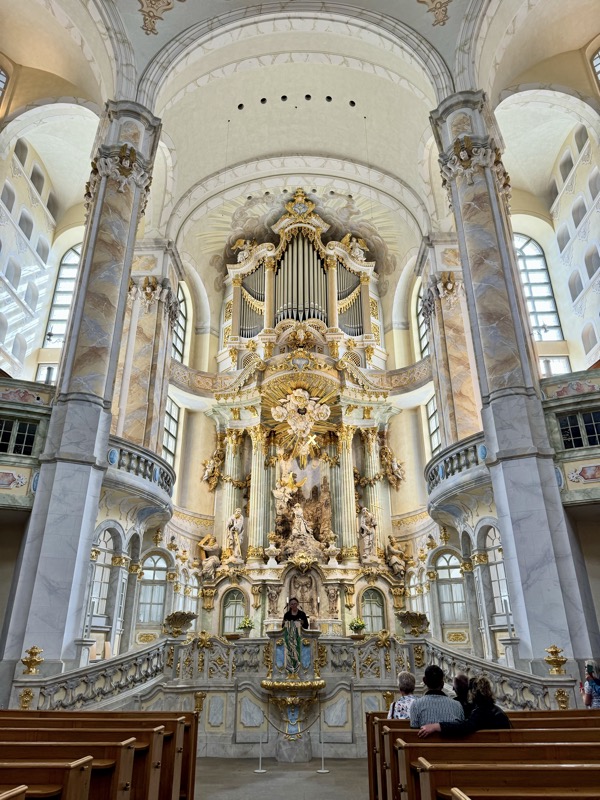
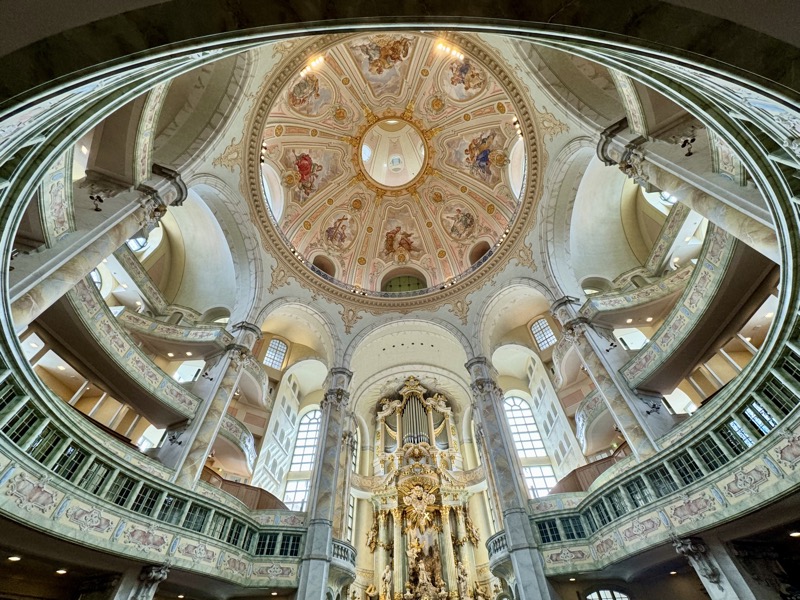
It is a very beautiful, albeit small, church… even if it is largely brand new.
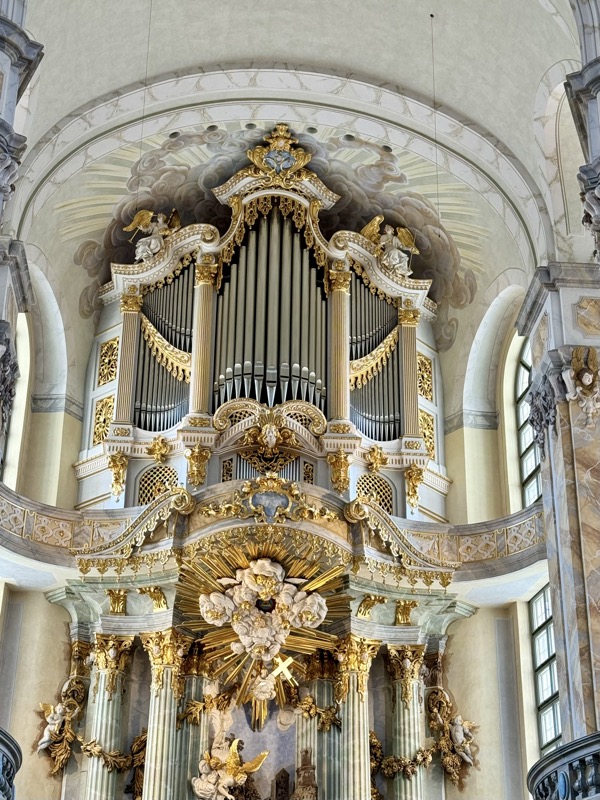
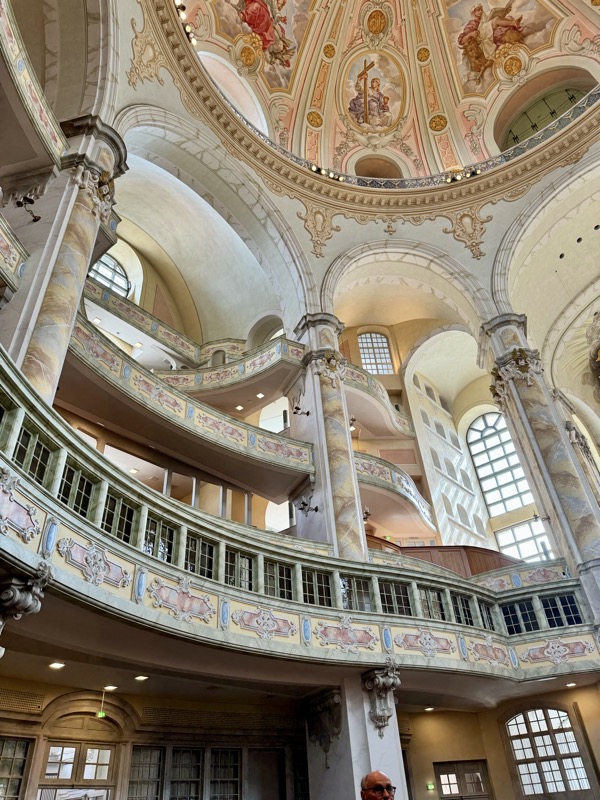
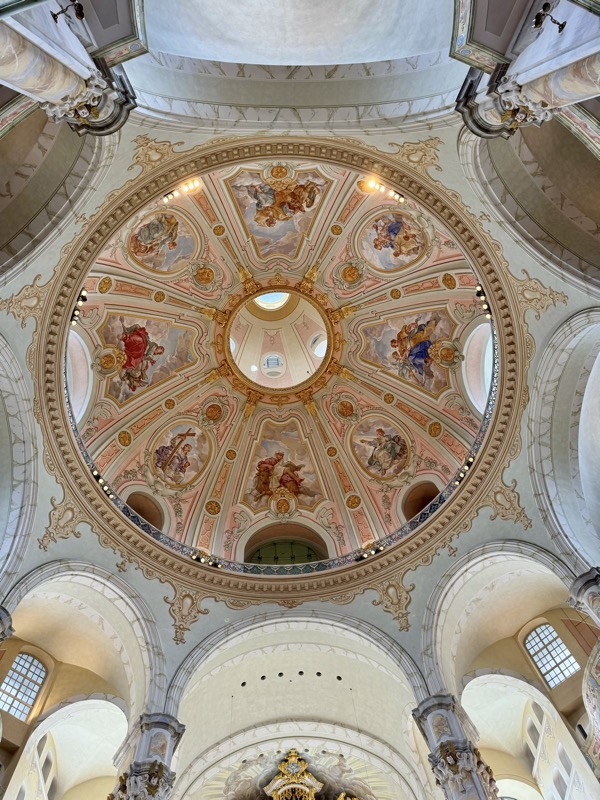
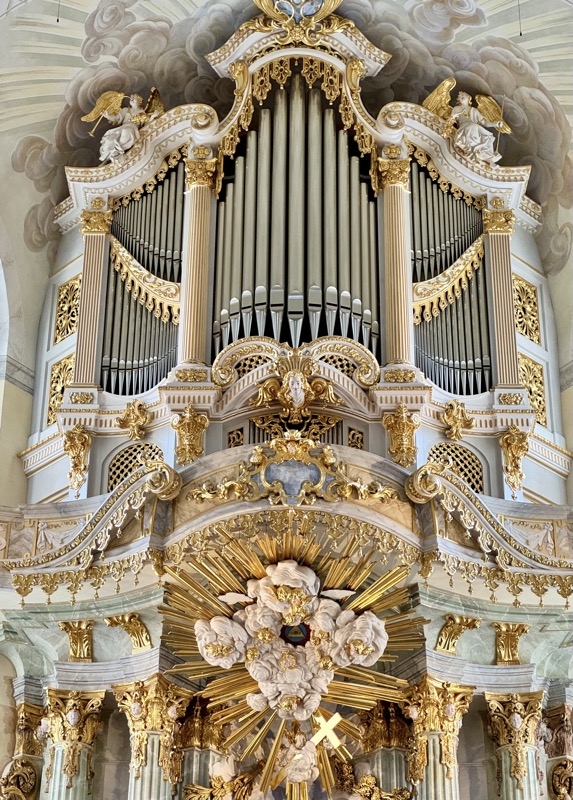
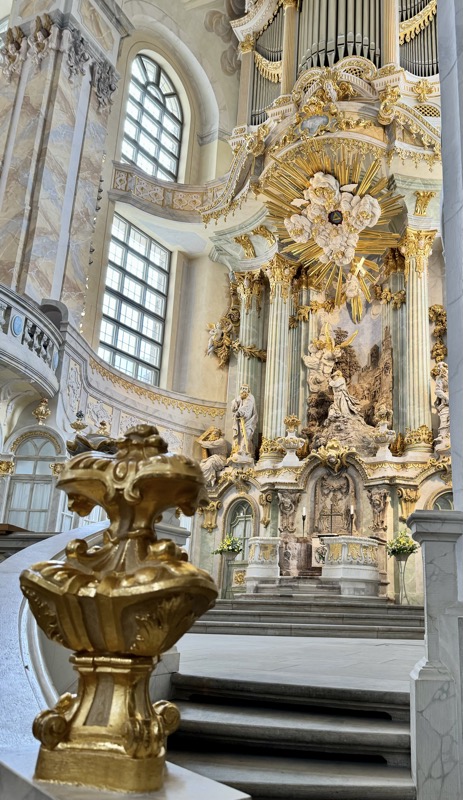
Just around the corner from the Frauenkirche is the Füstenzug, or the Procession of Princes. It is a large mural depicting a mouthed procession of the past rulers of Saxony. It was originally designed and painted in the 1870s to celebrate the 800th anniversary of Saxony’s ruling family, and is made from 23,000 Meissen porcelain tiles. It’s just over 100m long and was completed around 1907… it’s kinda unique and depicts dukes and kings from the 1100s to the 1900s.
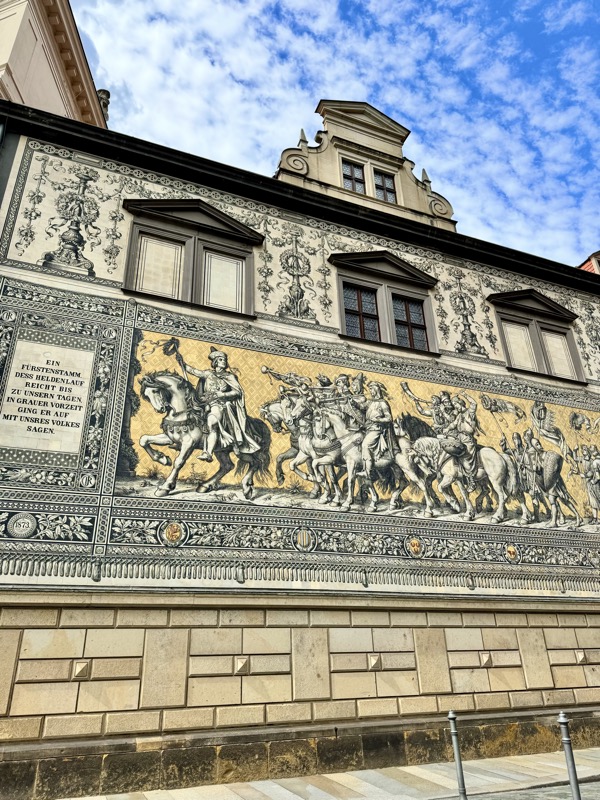
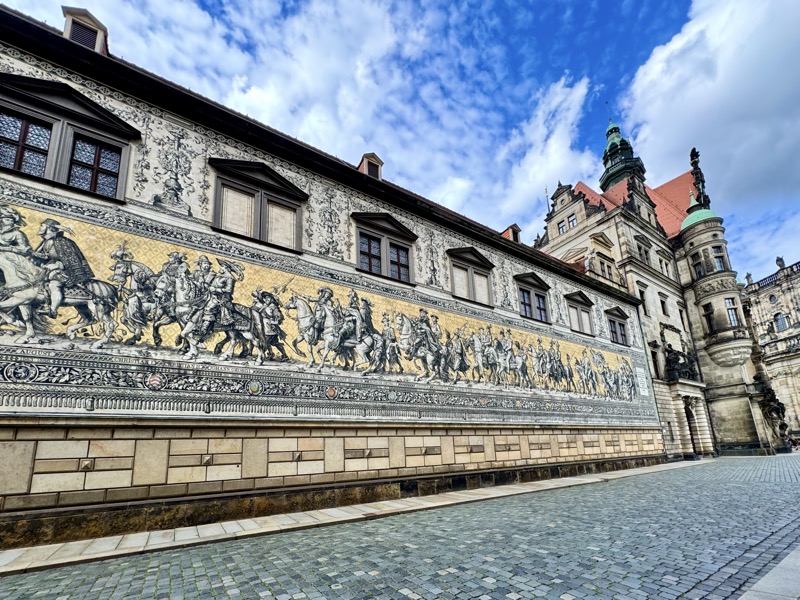
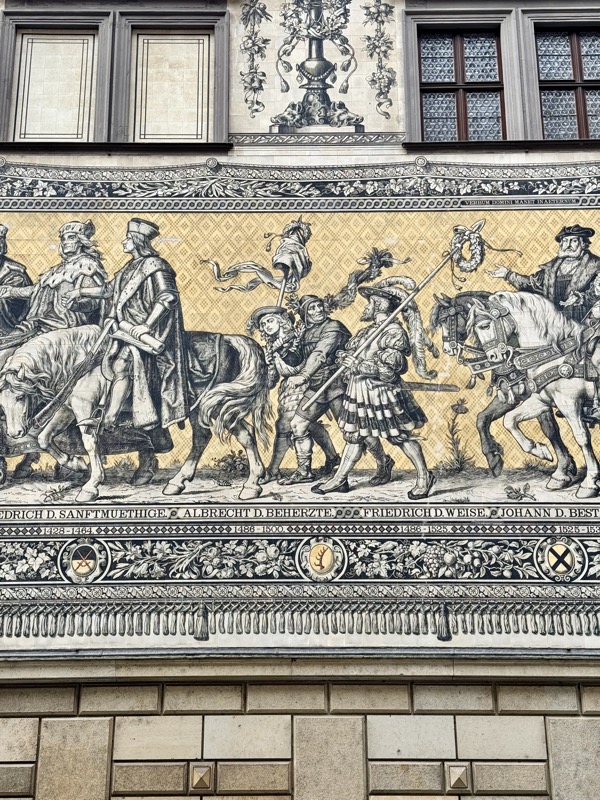
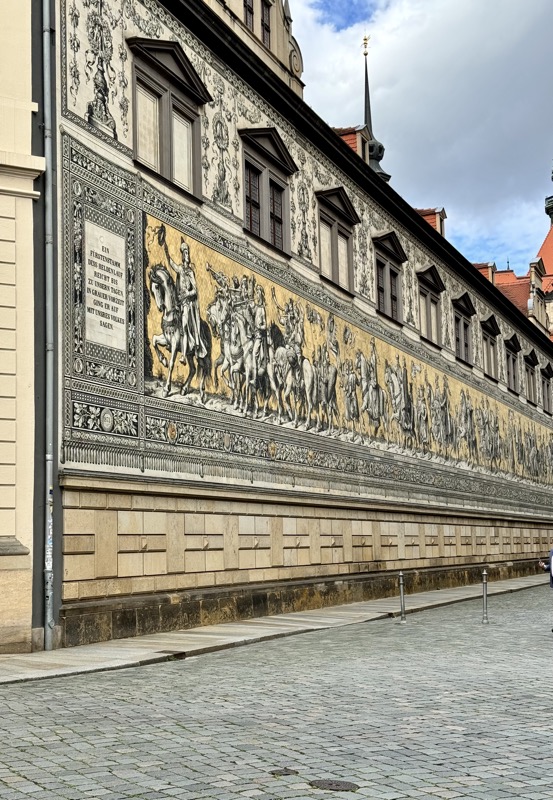
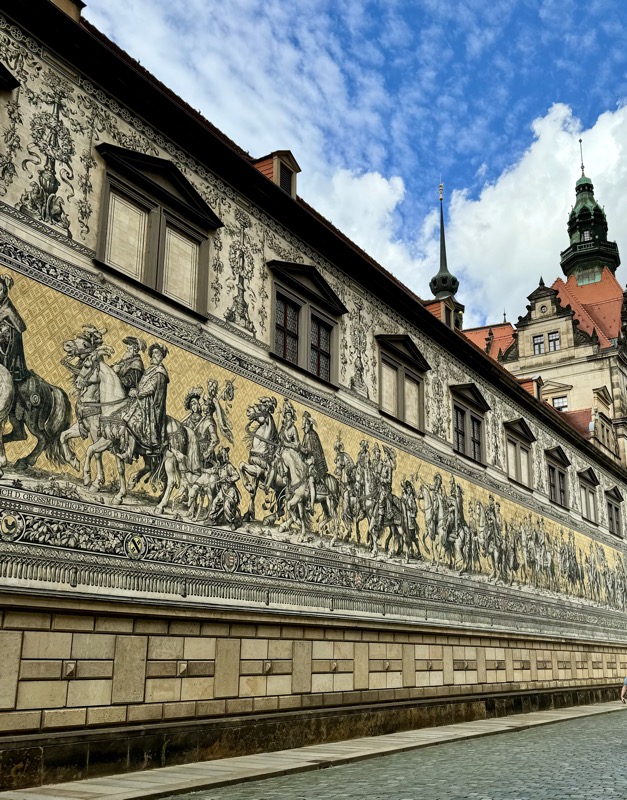
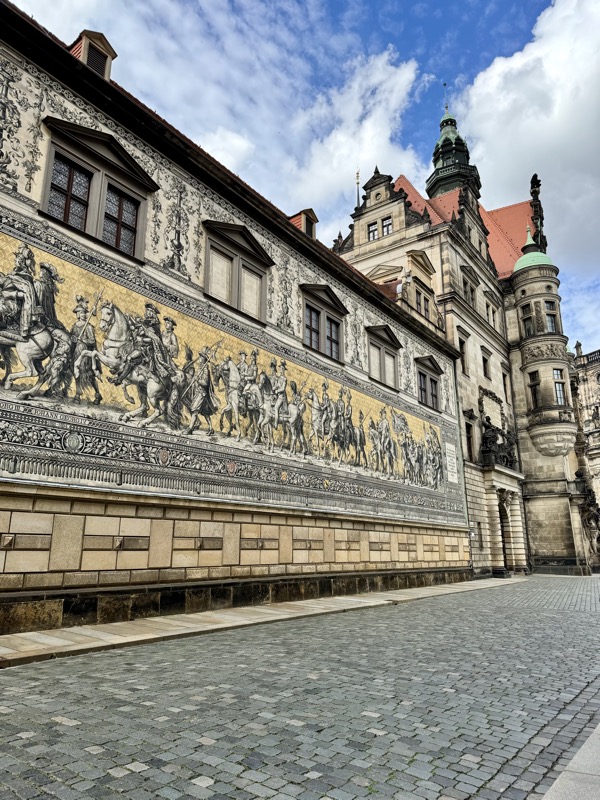
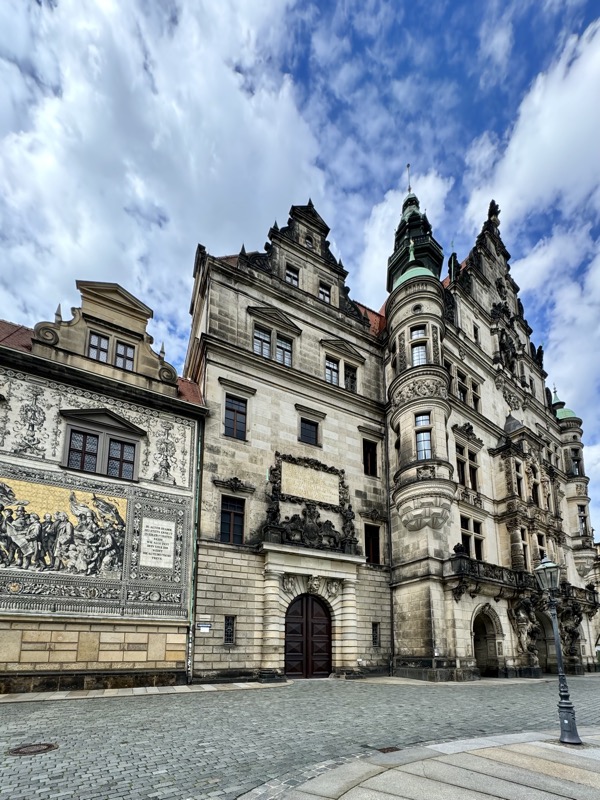
The Trinity Cathedral, not open for some reason – I don’t believe we got to see inside this cathedral in 2018 either.
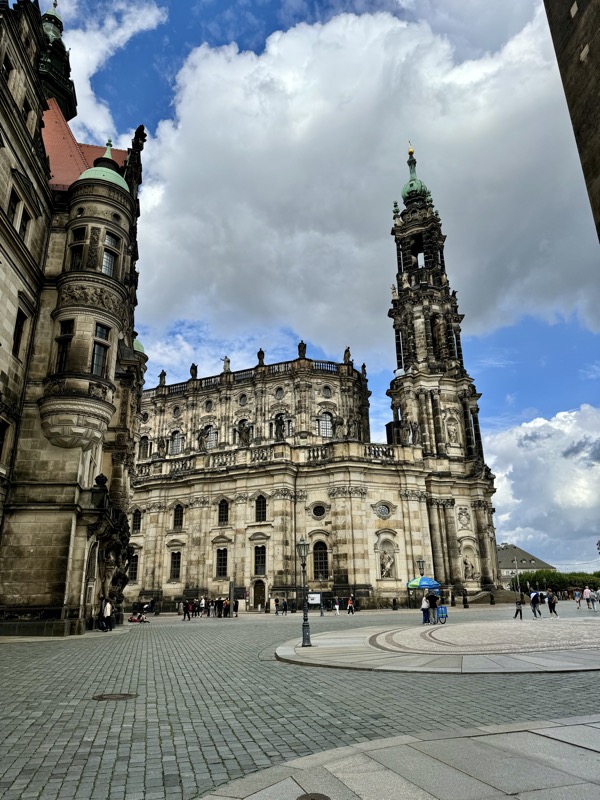
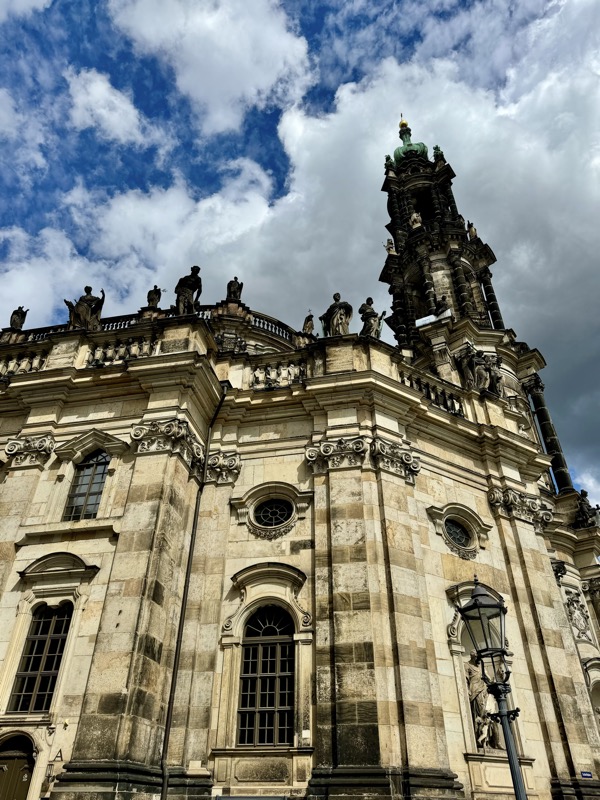
A covered walkway connecting the Zwinger Palace complex to the Cathedral.
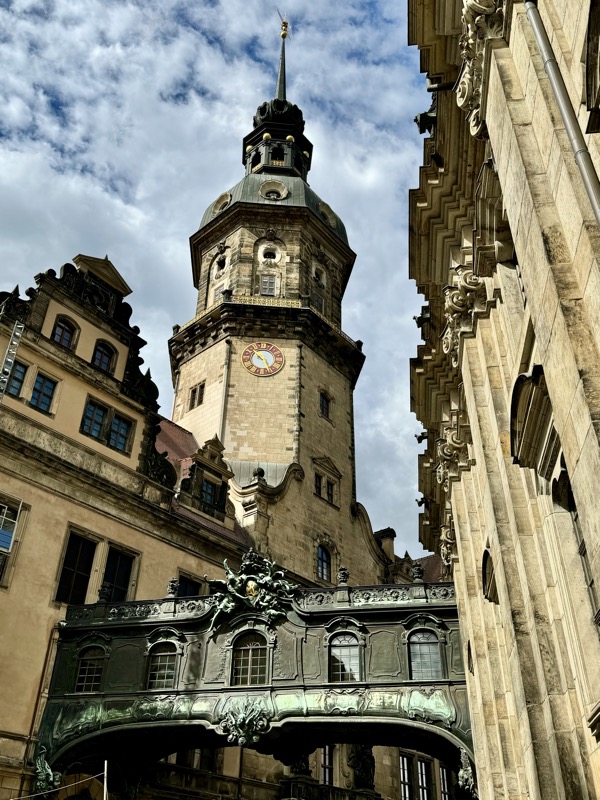
Across the road is the Semperoper – the Dresden State Opera House which also houses the State Ballet. Originally built in the late 1860s, then burned down, and rebuilt again in the late 1870s. It was completely destroyed in the bombing of Dresden in WWII, and was rebuilt in the 1980s.
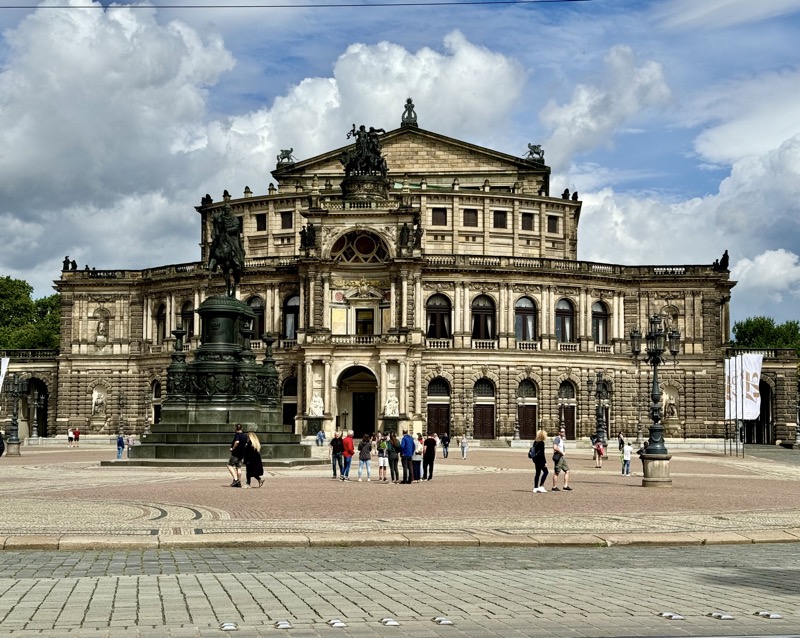
One of the many entrances to the Zwinger Palace. The Zwinger Palace was originally built in the Baroque styles in the 1700s to be a pleasure palace, festival centre, orangerie/gardens, and residence for the royal court at Dresden. The buildings were mostly destroyed during the carpet bombing raids in 1945, though thankfully the art collection had been evacuated previously. Reconstruction efforts on this building began almost as soon as the war was over, with some parts restored (with some support by the Soviet military administration) and opened back to the public by 1951. It was almost fully restored to it’s pre-war state by 1963.
These days it is a museum complex, housing the Gemäldergalie Alte Meister (Old Masters’ Galleries), a Porcelain Collection and a Mathematics and Scientific Instruments Gallery.
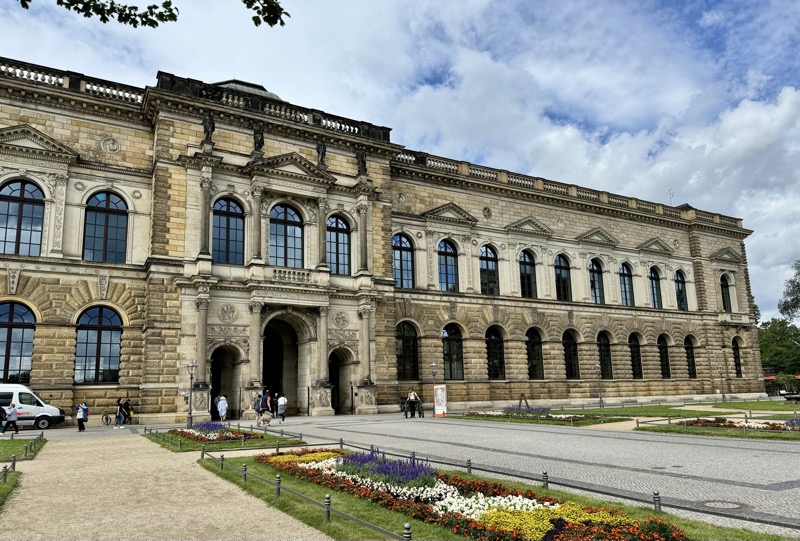
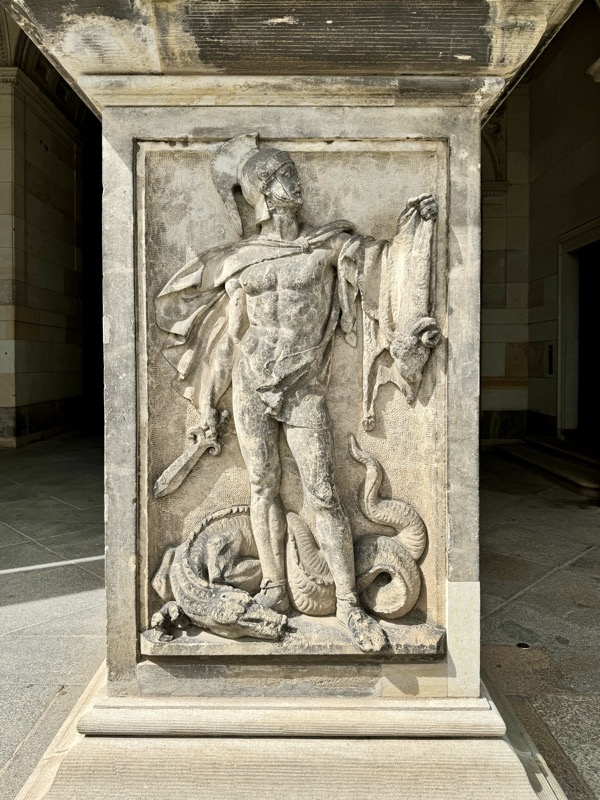

Walking through the gorgeous stone arches, I couldn’t wait to be greeted by the beautiful formal gardens the Zwinger isn know for… only to be disappointed by this complete and utter clusterfuck:
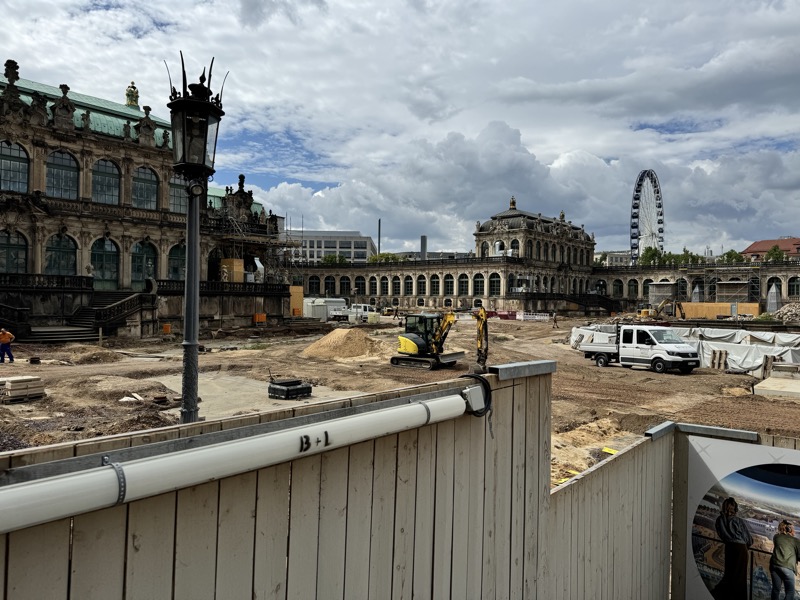
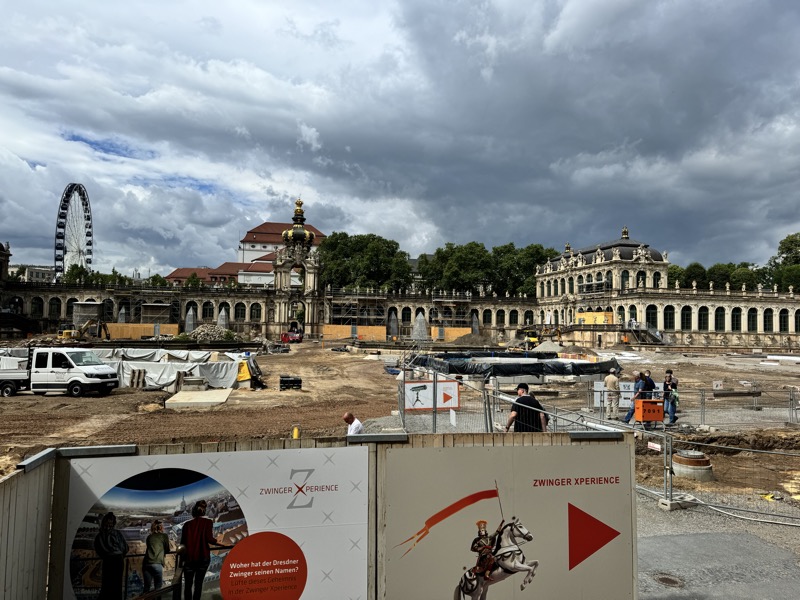
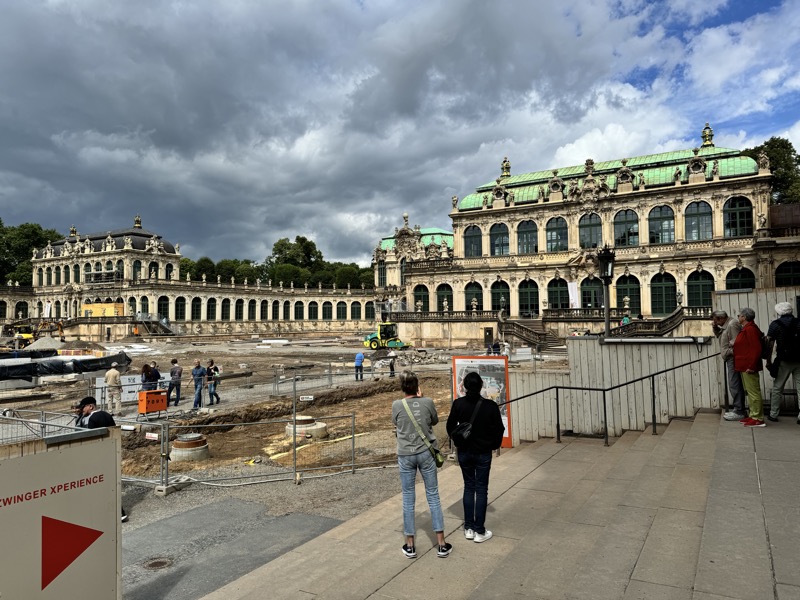
Holy snapping construction mess of messes! What an eyesore… and to add insult to serious injury, hardly any of it was accessible, so that meant makeshift stairs to move through the complex if we wanted to see anything. So fucked, but what do you do? 🙁
Obviously I limped along and made it into the galleries! Last time stymied by winter closures, I wasn’t going to miss it again. Good thing that too – it is quite an impressive collection with lots of important and well known artists repressented.
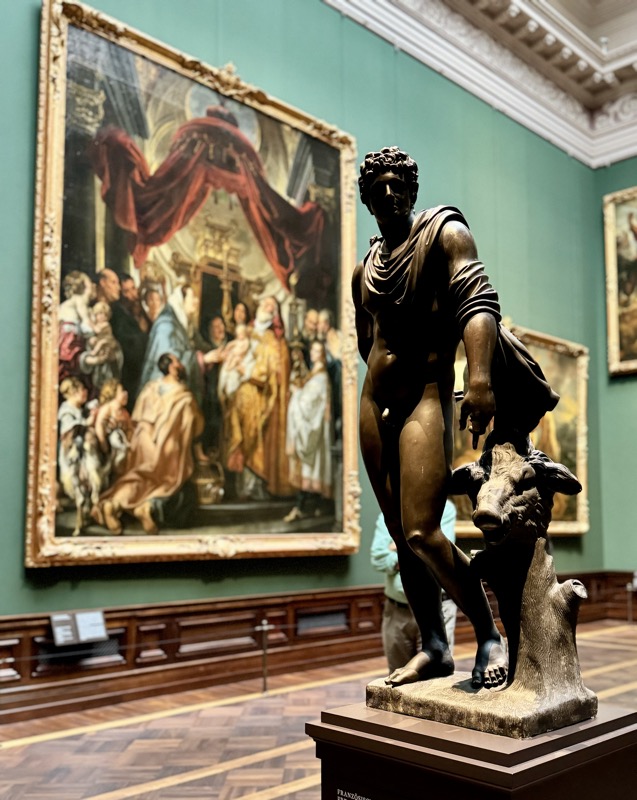
Ercole de’ Roberti – The Arrest of Christ on the Way to Golgotha, c.1482/86. Oil on poplar panel.
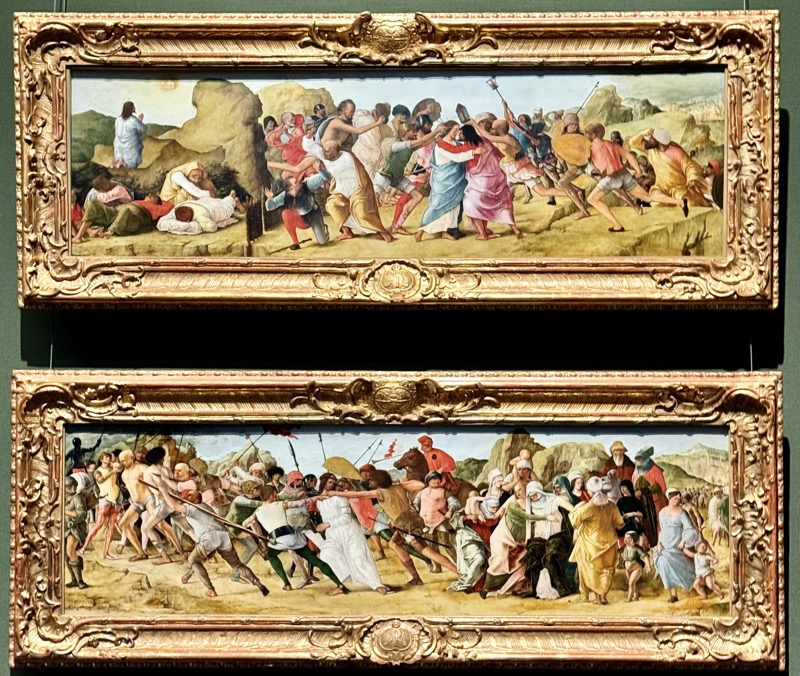
Marinus van Reymerswale – The Money Changer and His Wife, c.1541. Oil on panel.
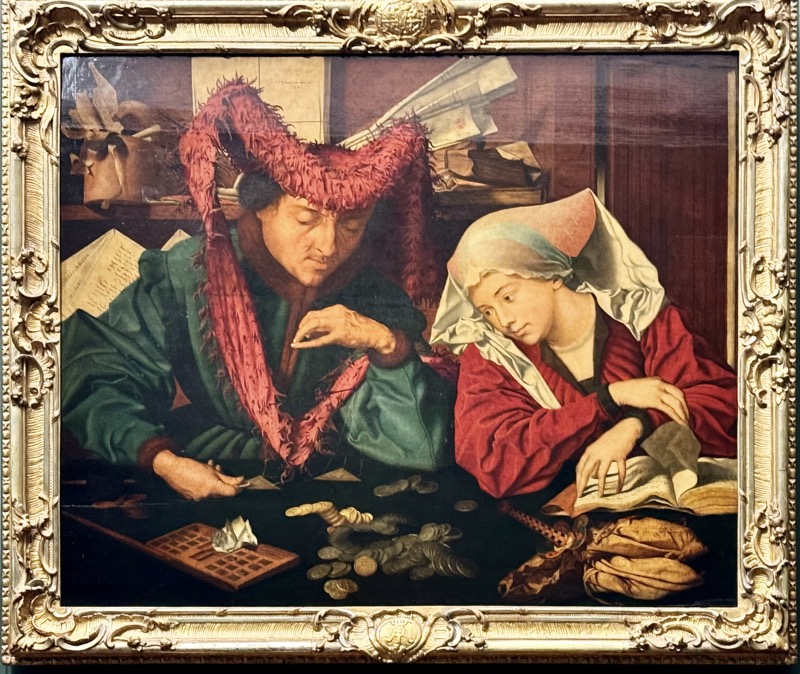

Adam and Eve under the Tree of Knowledge of Good and Evil, c.1550. Oil on panel. Artist not known.
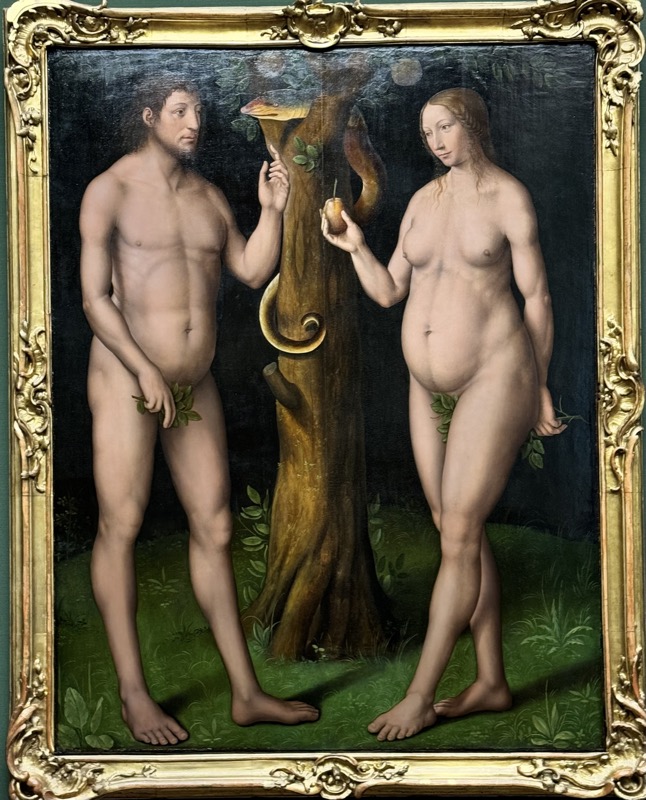
Johannes Vermeer – Girl Reading a Letter at an Open Window, c.1657-1659. Oil on canvas.
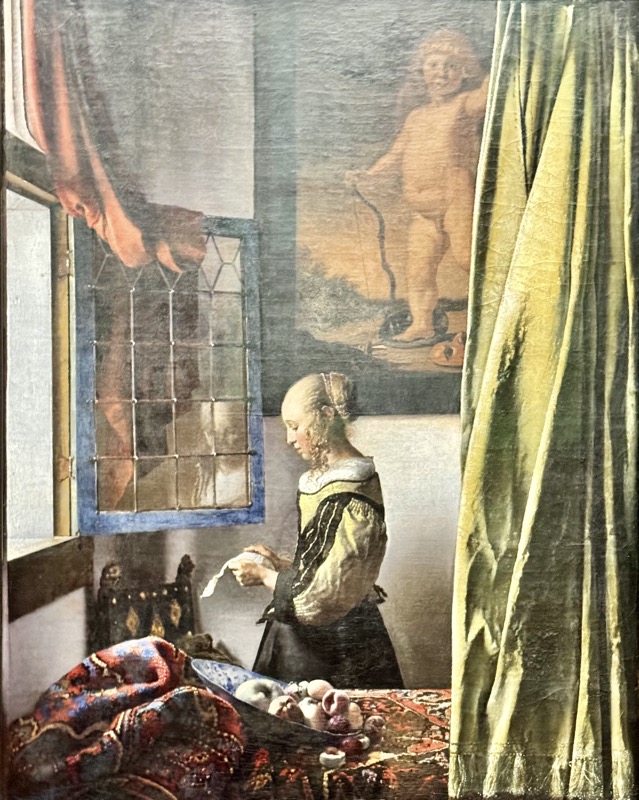
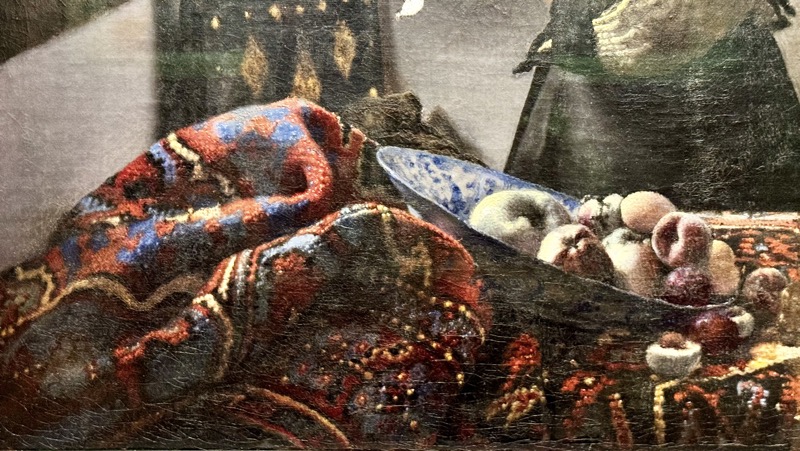
Roelant Savery – Before the Deluge, c.1620. Oil on oak panel.
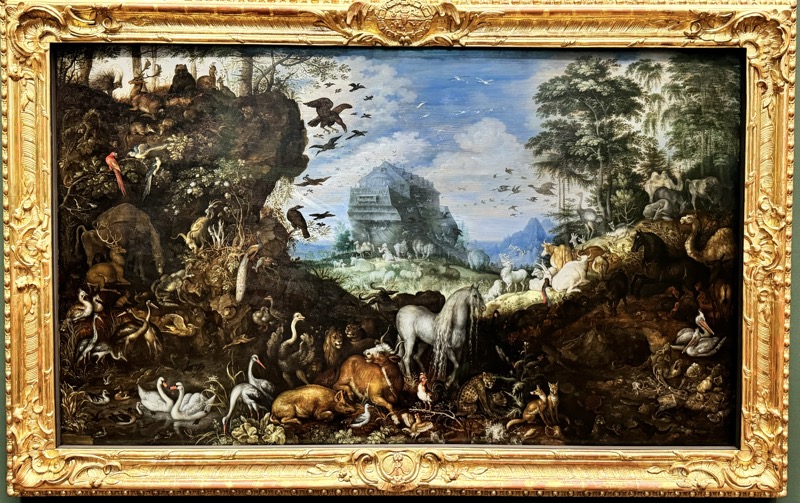
Marten van Valkenborch – The Tower of Babel, 1595. Oil on oak panel.
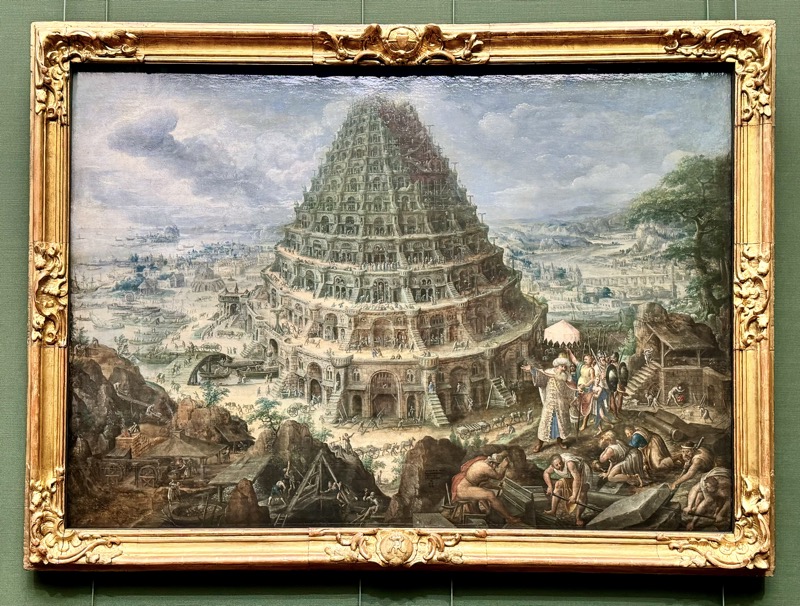
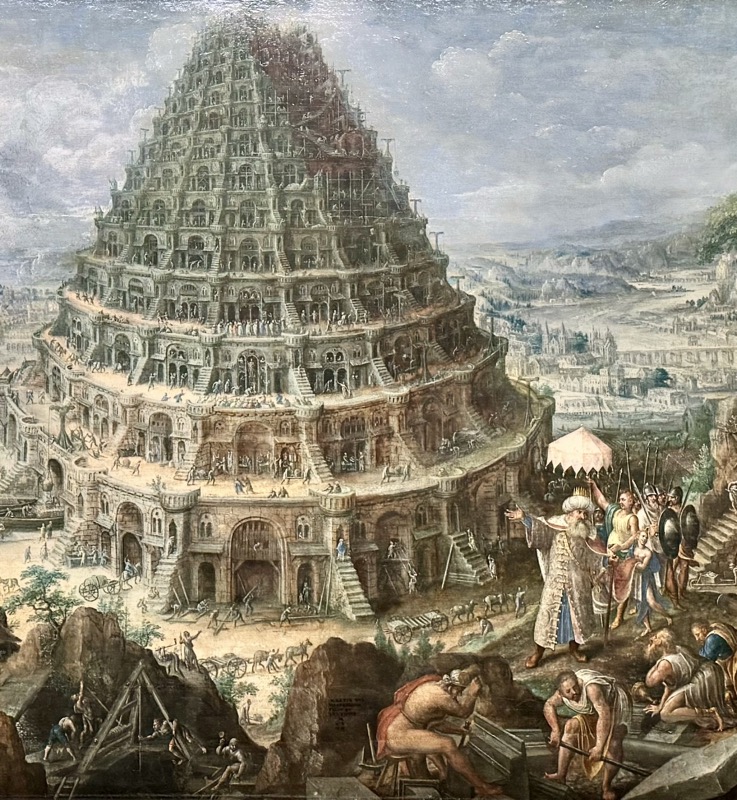
El Greco – The Healing of the Blind Man, c.1570. Mixed media on poplar panel.
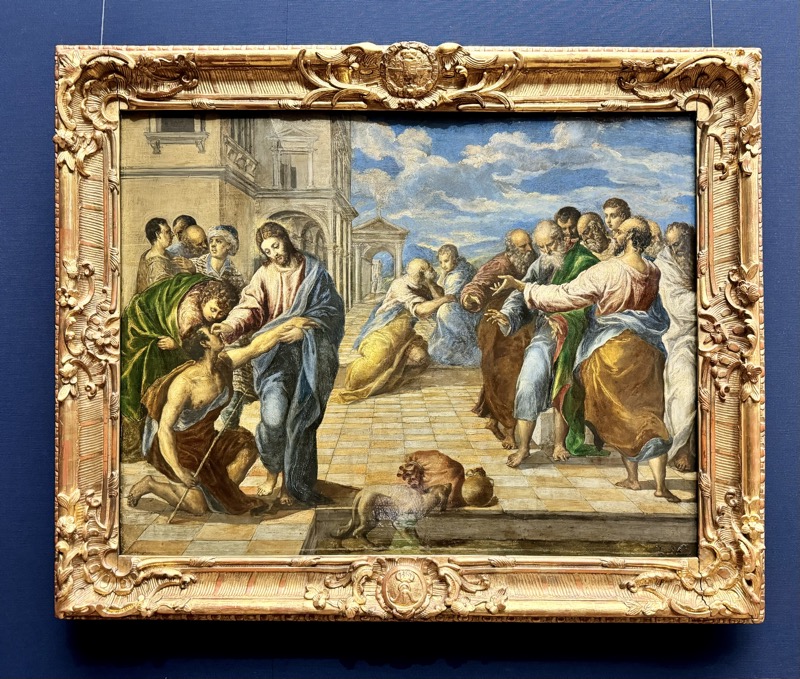
Bartolomé Esteban Murillo – Saint Roderic, c.1650/55. Oil on canvas.
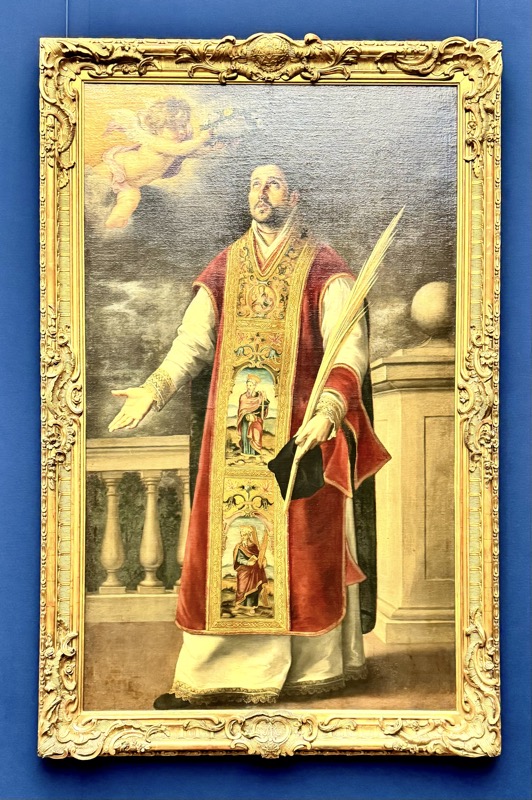
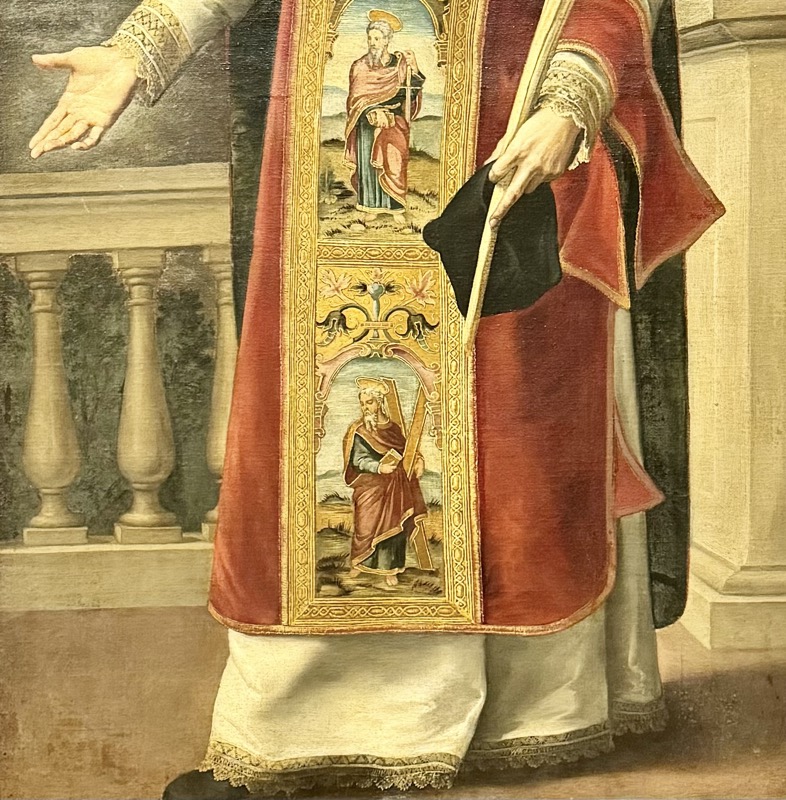
Peter Paul Rubens – The Drunken Hercules being Led by a Satyr Couple, c.1613/14. Oil on oak wood.
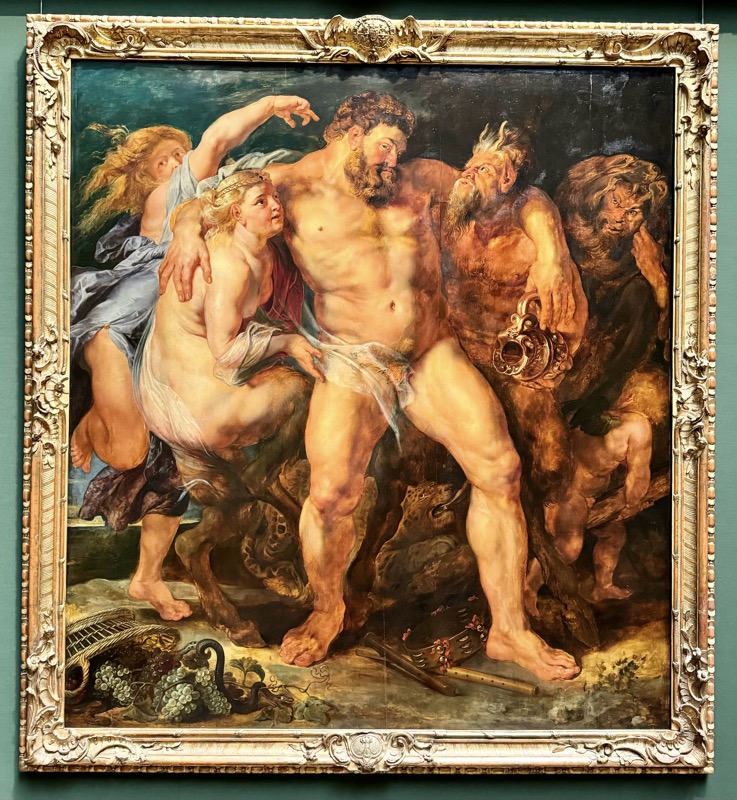
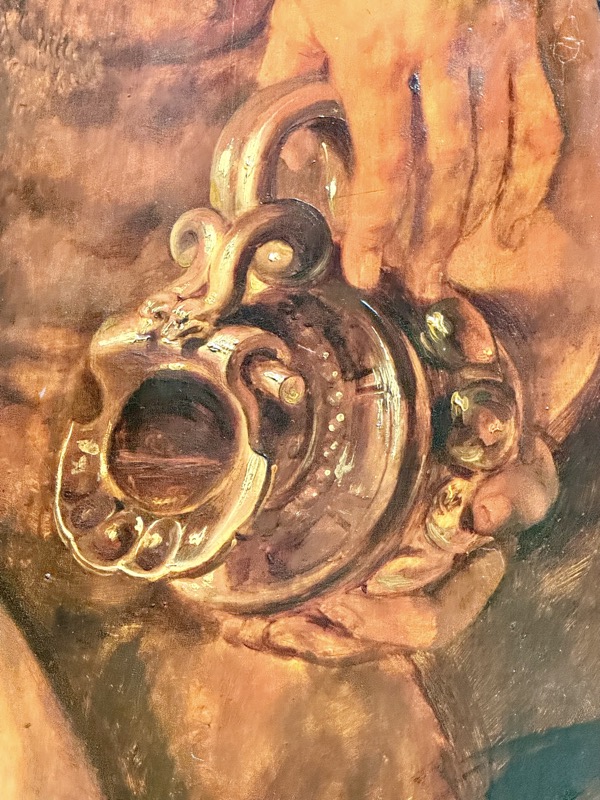
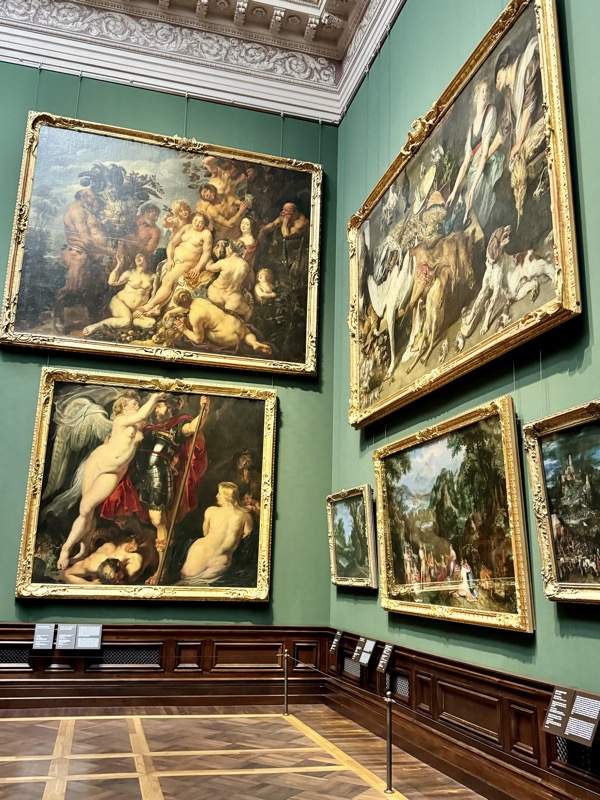
Silenus, 3rdC AD, copy of a lost statue from the 3rdC BC. Carrara marble.
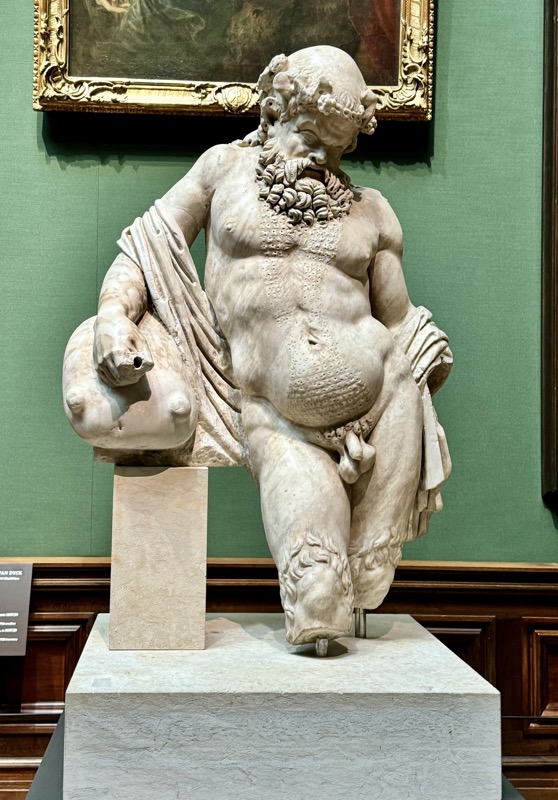
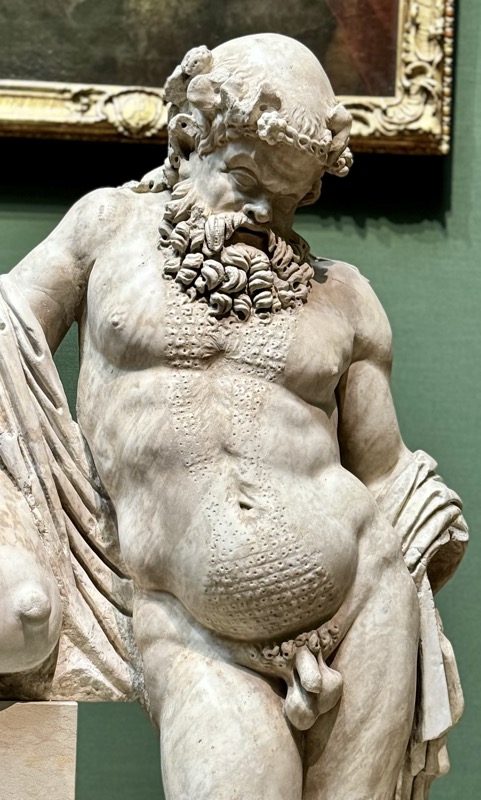
Victor Wolfvoet – The Head of Medusa, c.1648. Oil on canvas.
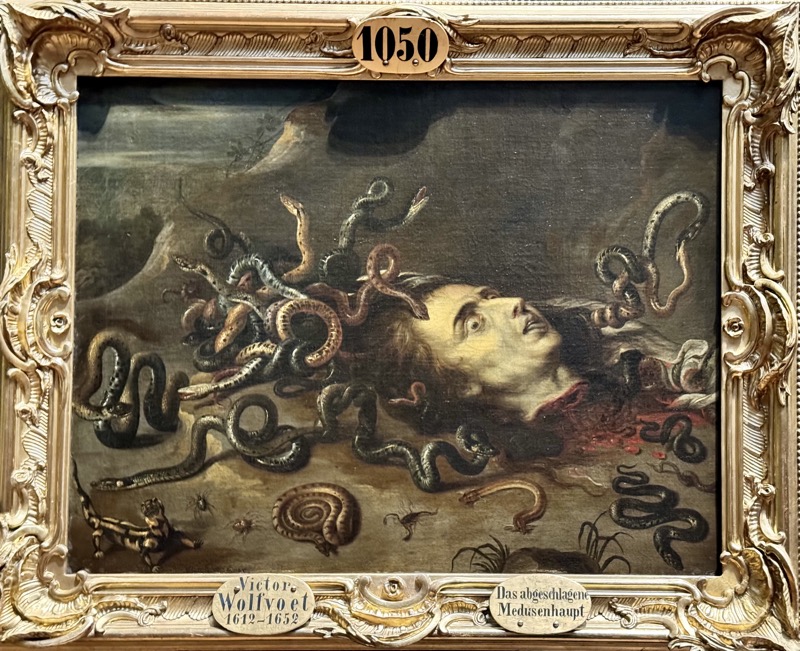
Rembrandt Harmensz van Rijn – Saskia with a Red Flower, 1641. Oil on oak panel.
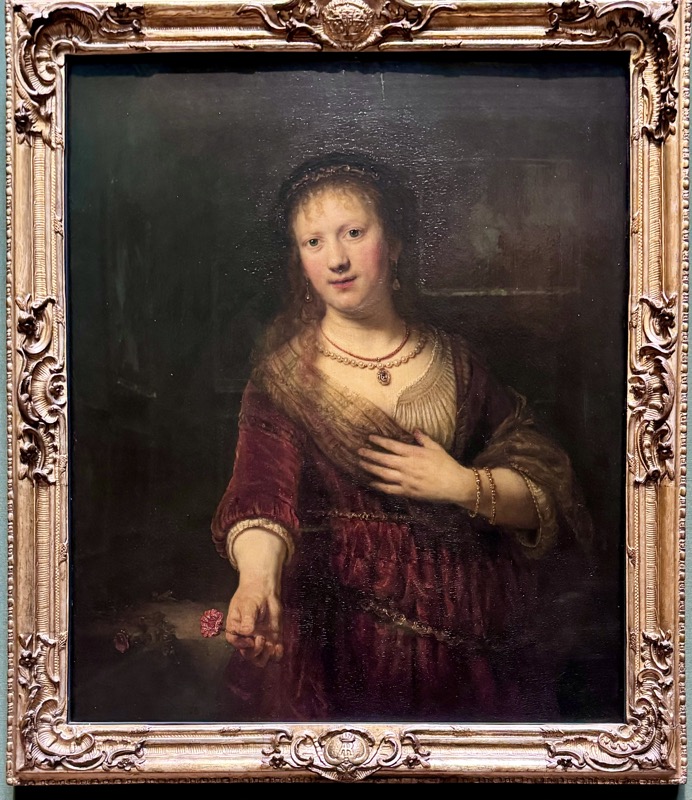
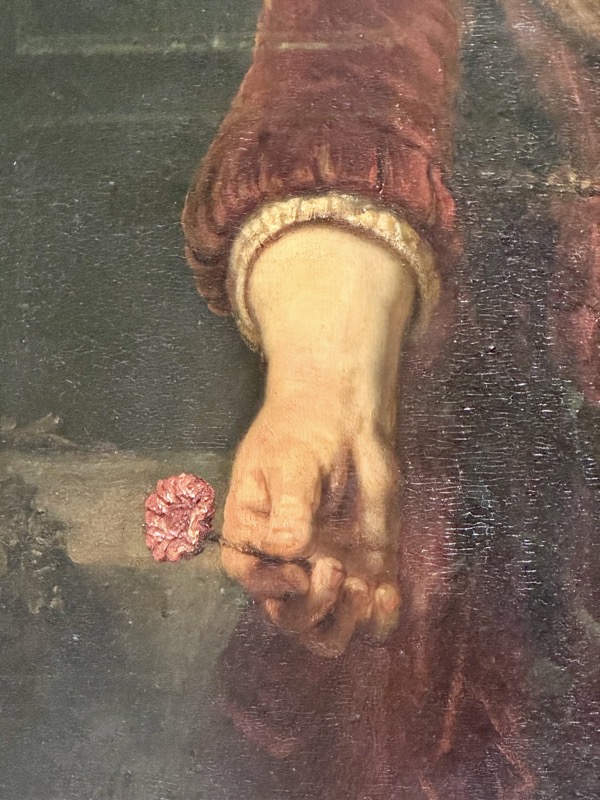
Johannes Vermeer – The Procuress, 1636. Oil on canvass.
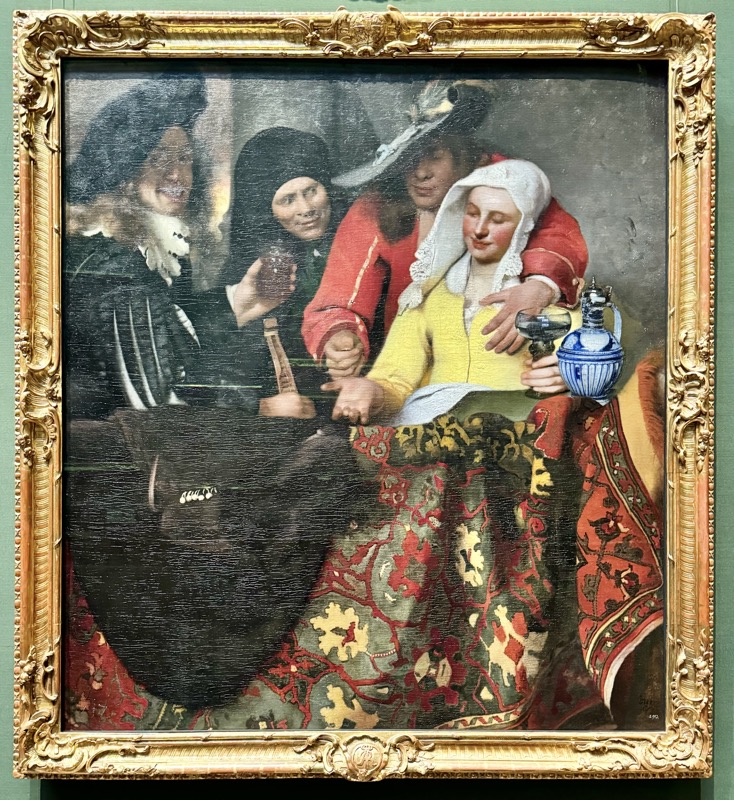
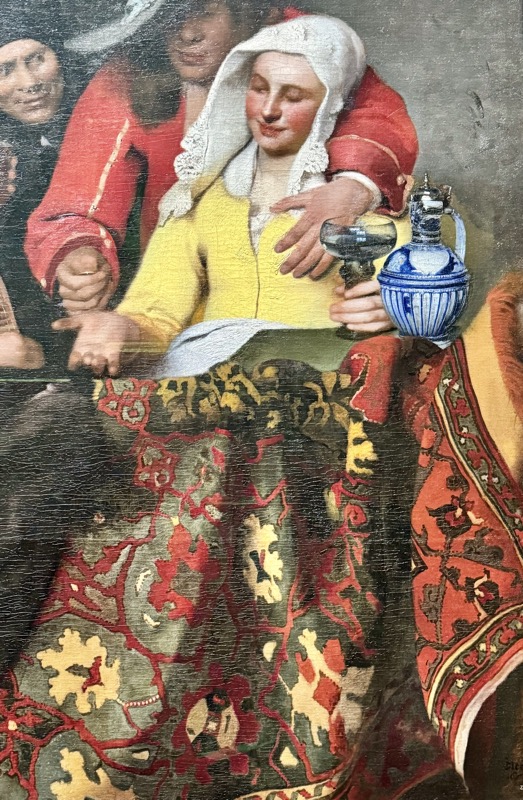
Jan van Eyck – Triptych with Madonna and Child, Saint Catherine, and Archangel Micheal with Donor. 1437. Oil on oak panel… this was the last thing I expected to see here today (hadn’t looked up the museum prior to arriving), and it is a sublime piece. Barely A3 in size, it is exquisitely executed.

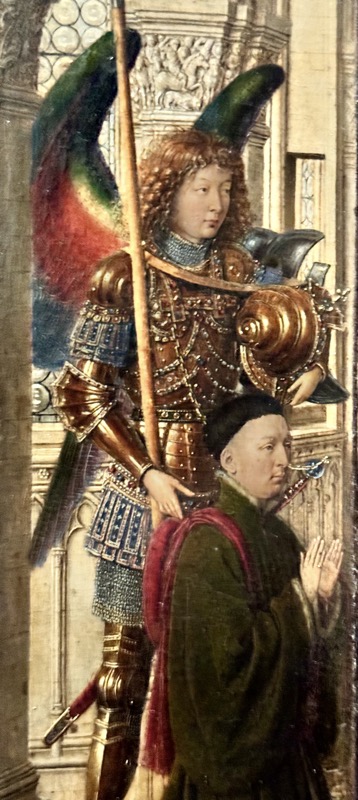


The small tromp l’oeil backs of the wings of the tiny altarpiece…
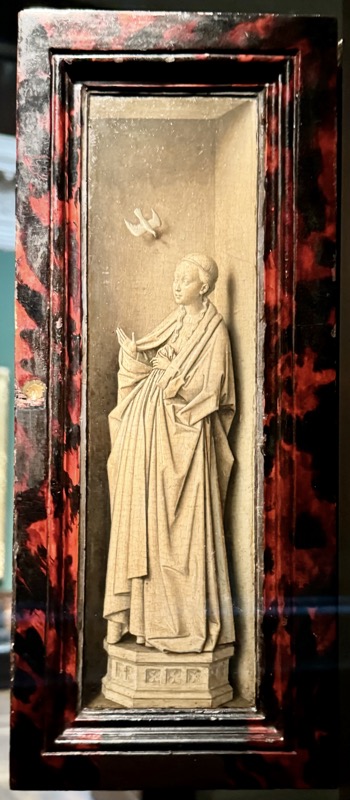
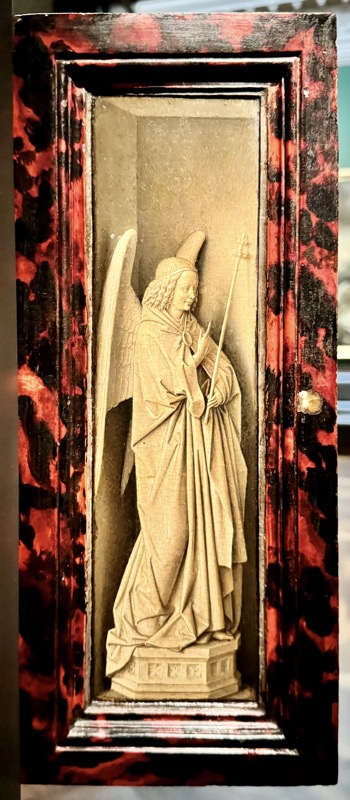
The only other display in the room with the tiny Van Eyck altarpiece were five enormous tapestries that came from the workshops of Peter van Edingen van Aalst and Bernard van Orley – Brussels (1490-1542). Tapestries were made from wool, silk and metal thread, and while the photos don’t do them any justice, these tapestries still have much shine to them, unlike many other works from this age where the metal threads have largely tarnished and look very grey. Stunning!
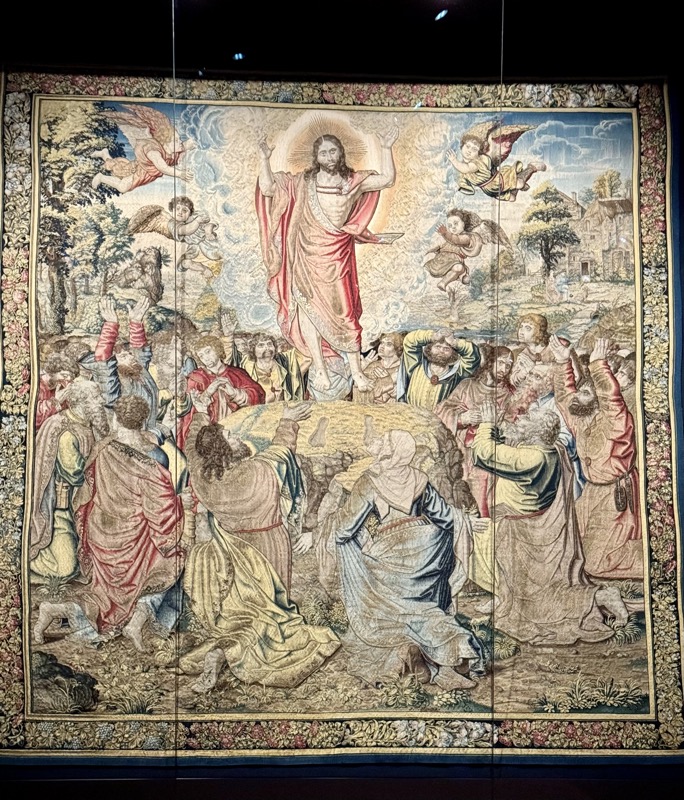
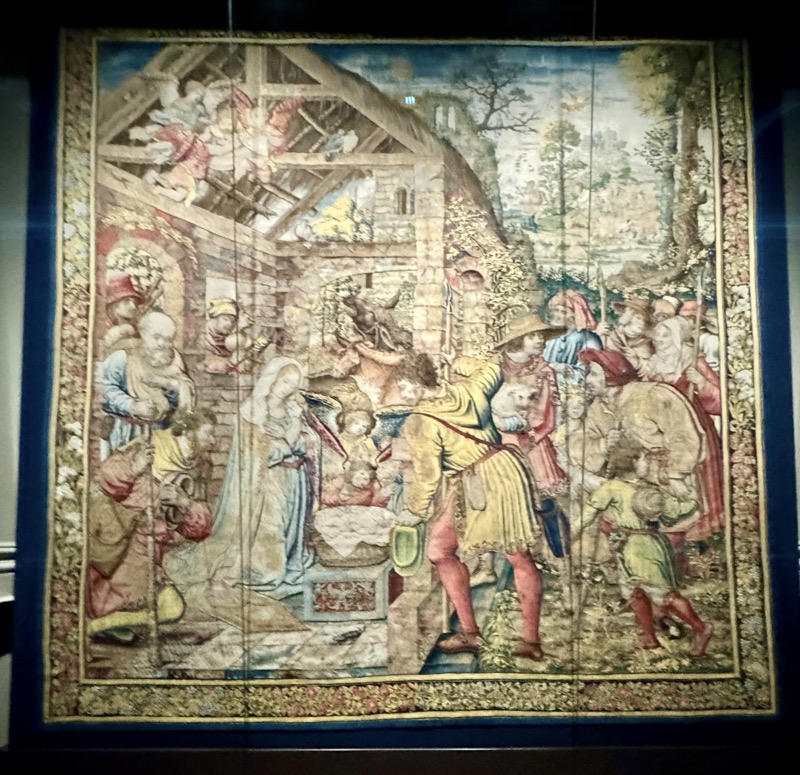
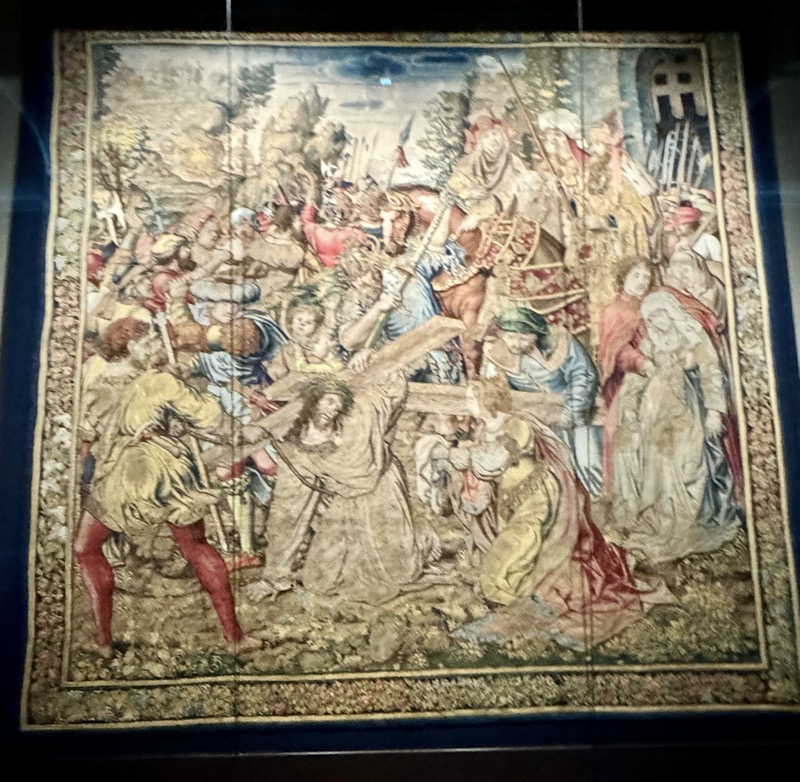
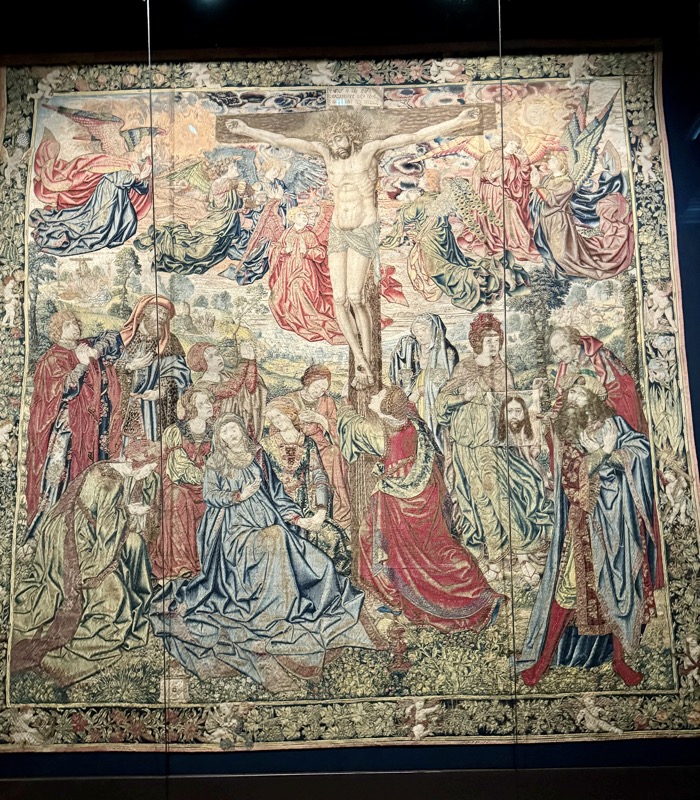

LEFT: Attic, c.460-450 BC, Villa Guilia Painter.
CENTRE: Attic, c.440-430 BC, Painter of the Louvre Centauromachy.
RIGHT: Lucanian, c.380-370 BC, Creusa Painter.
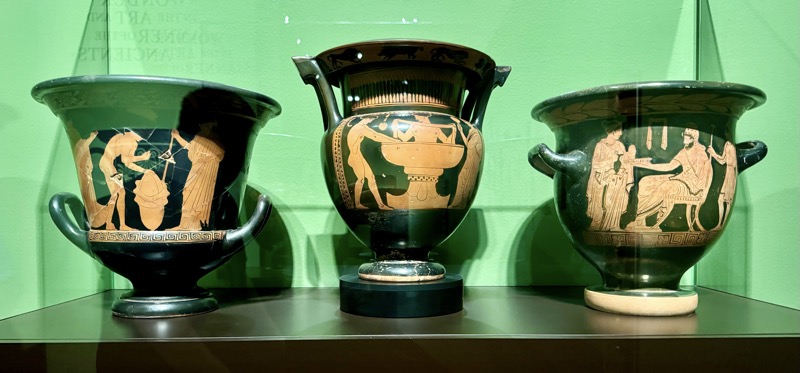
Detail:
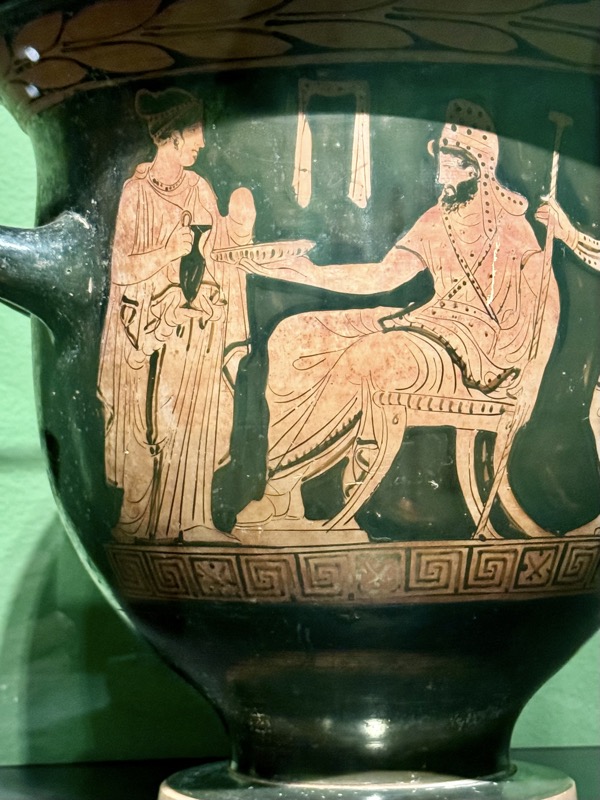
Dionysian Scene, Apulian, c.380-370 BC, Near the Ilioupersis Painter.
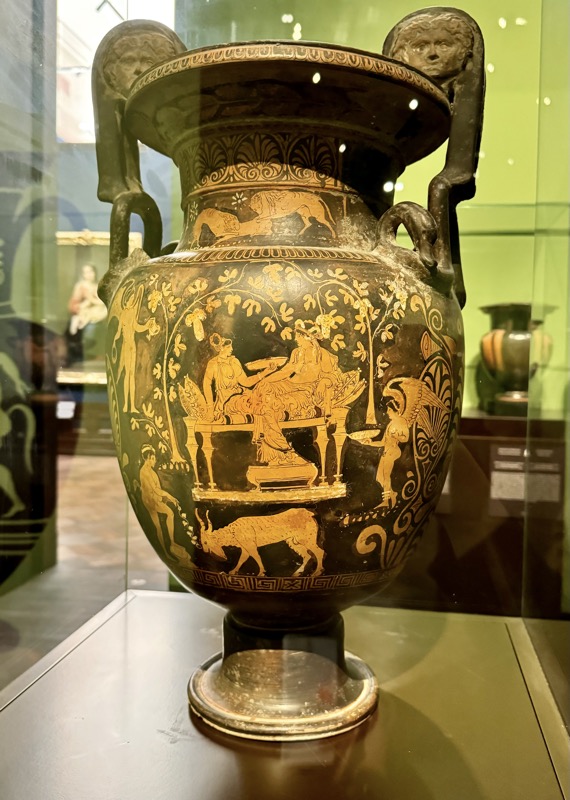
No description unfortunately on this artifact – It looks to be a candle holder or oil lamp.
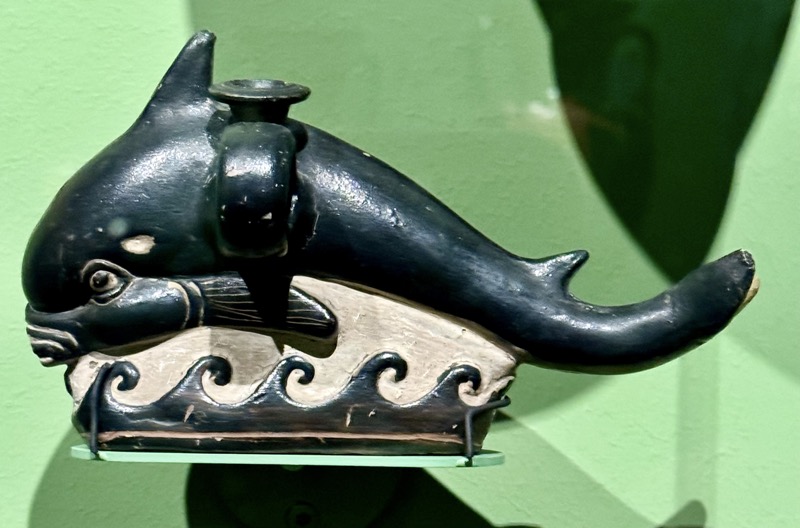
RIGHT: Amphora, Theseus and the Minataur, Attic, c.500 BC, Bompas Group.
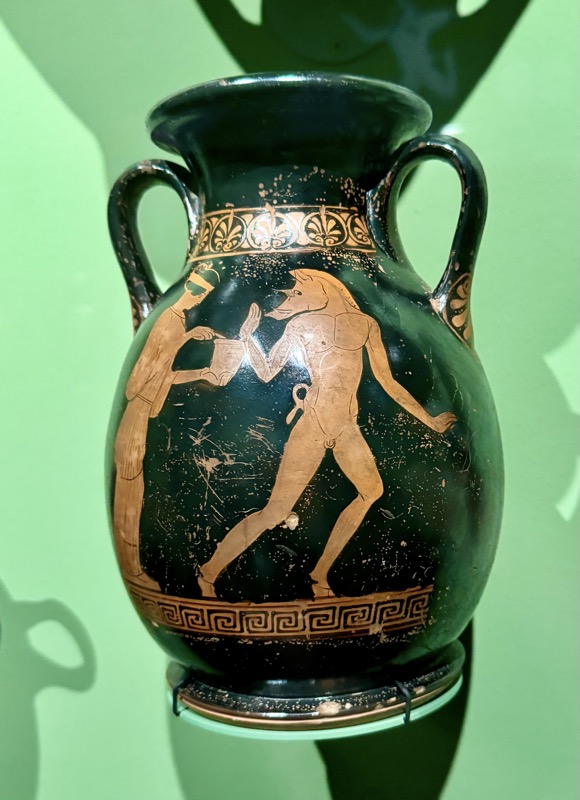
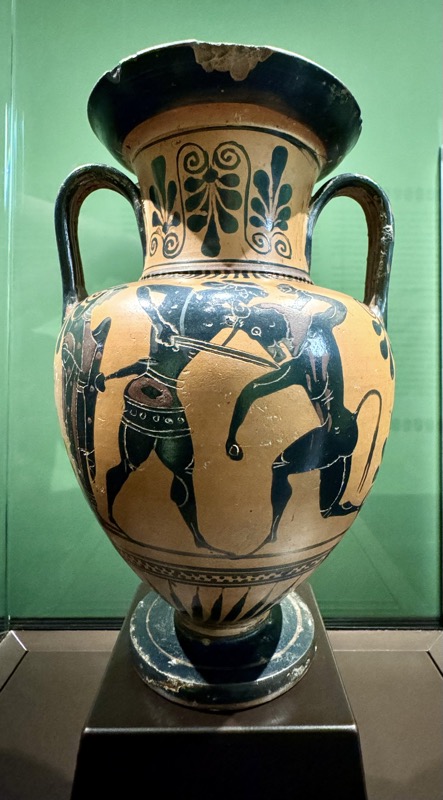
Titian – Portrait of Lavinia, c.1565. Oil on canvas.
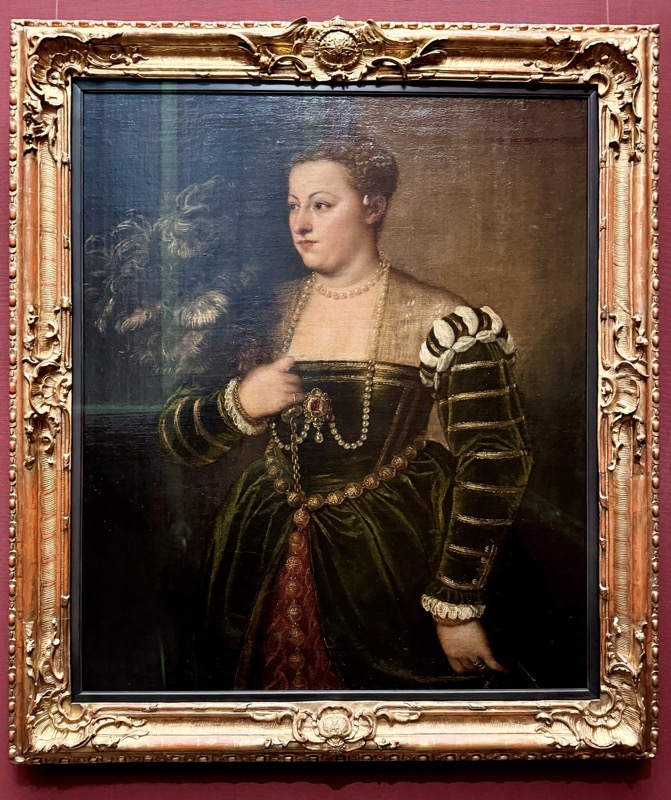
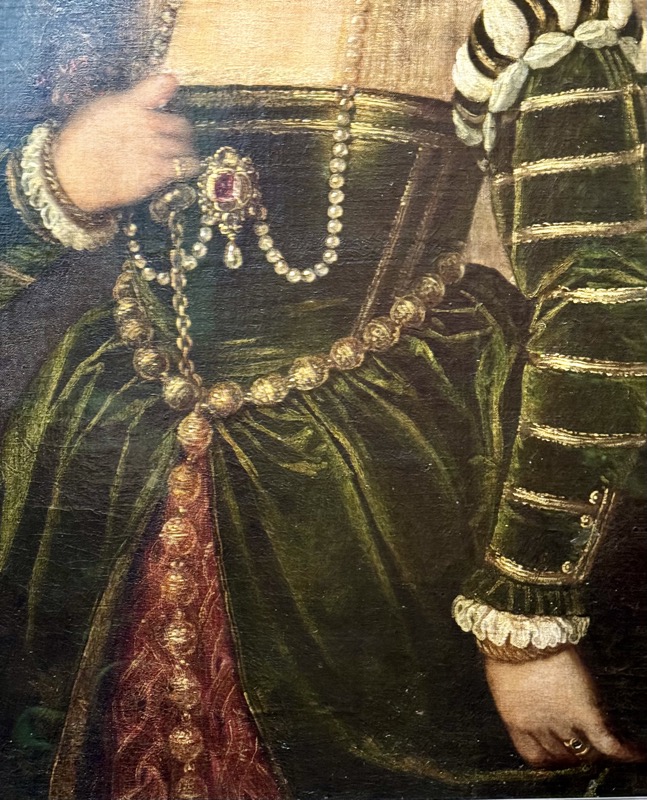
Piero di Cosimo – The Holy Family, c.1500. Oil on poplar panel.
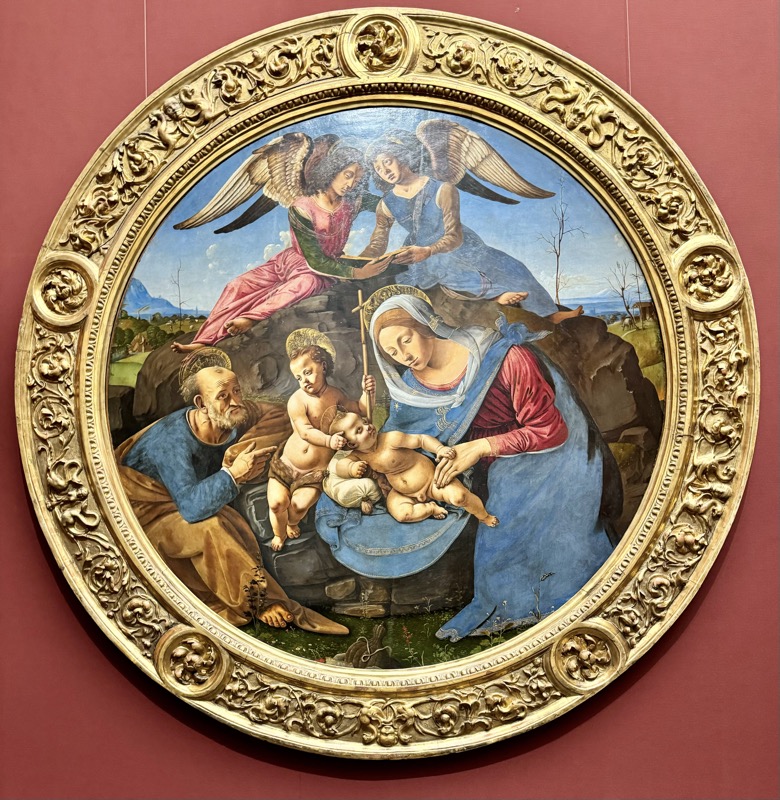
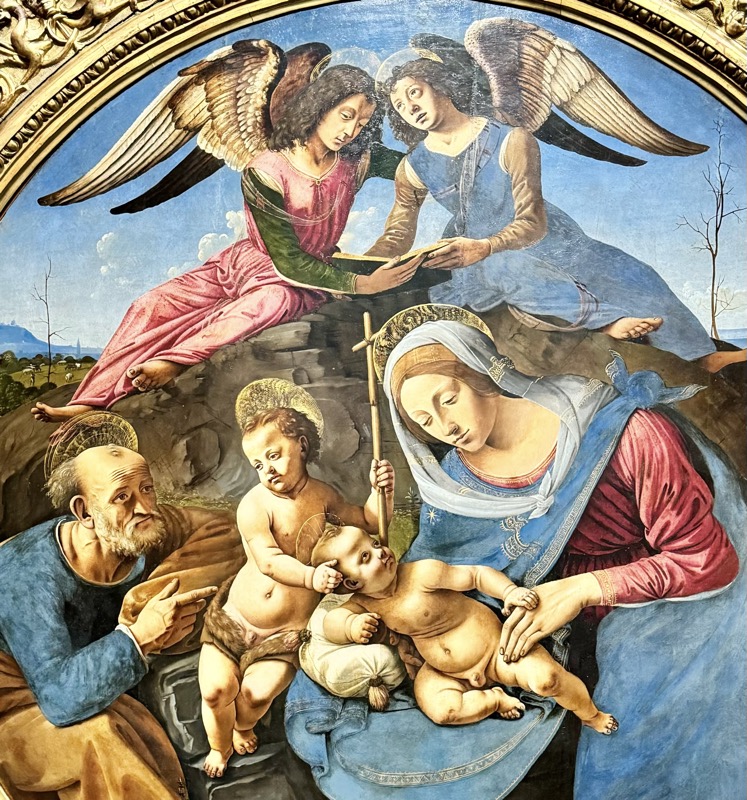
And around the corner an unexpected…. Sandro Botticelli, Episodes from the Life of Saint Zenobia’s, c.1500. Tempura on poplar panel.
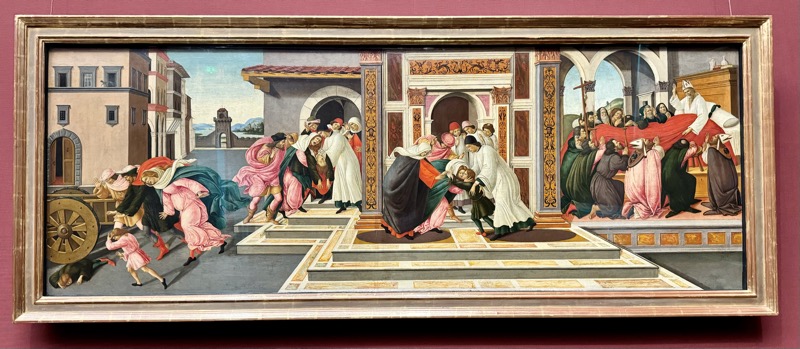
Andrea Mantegna – The Holy Family, c.1495/1500. Tempura on canvas.
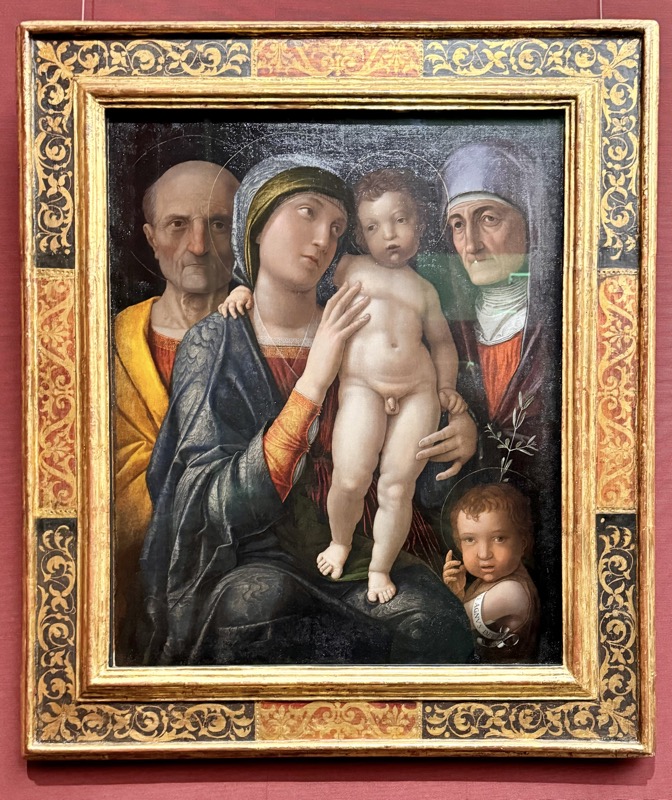
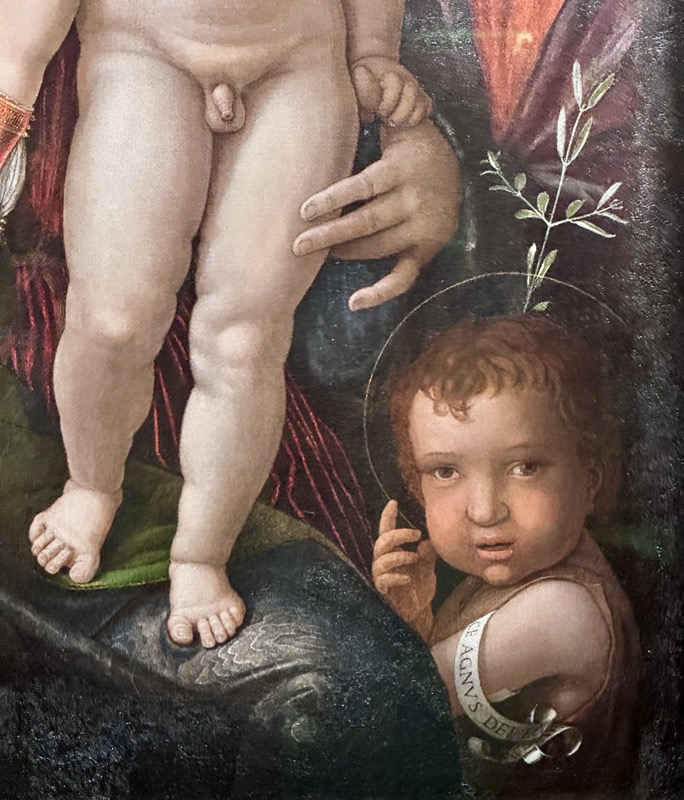
Fra Angelico – The Annunciation, c.1435. Tempura on poplar panel.
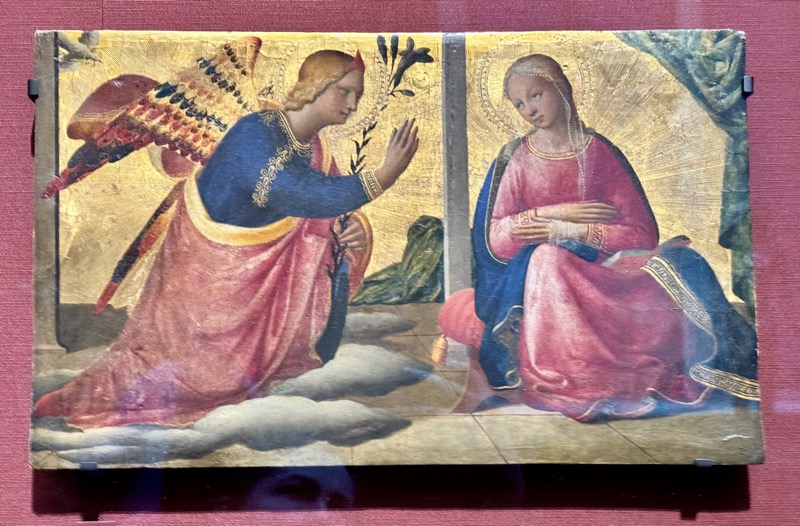
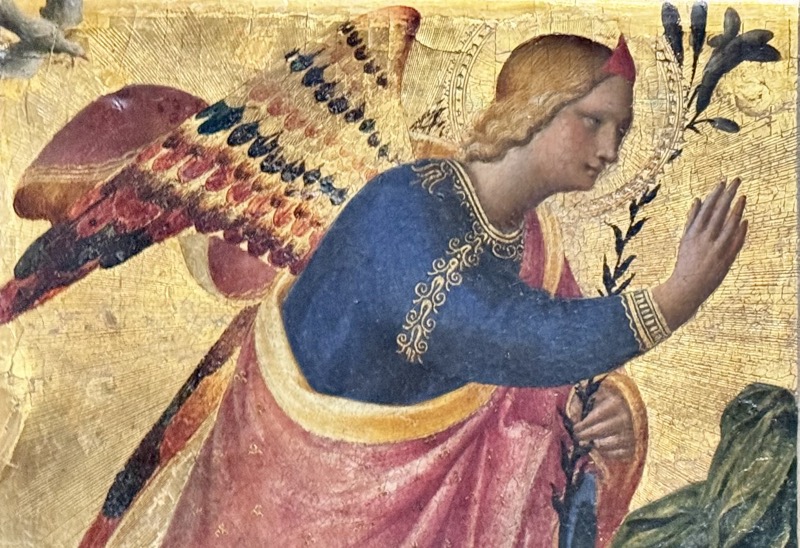
Pintoricchio – Portrait of a Boy, c. 1480/82. Tempura on poplar panel. Unlike everyone else in here, he’s looking at us…
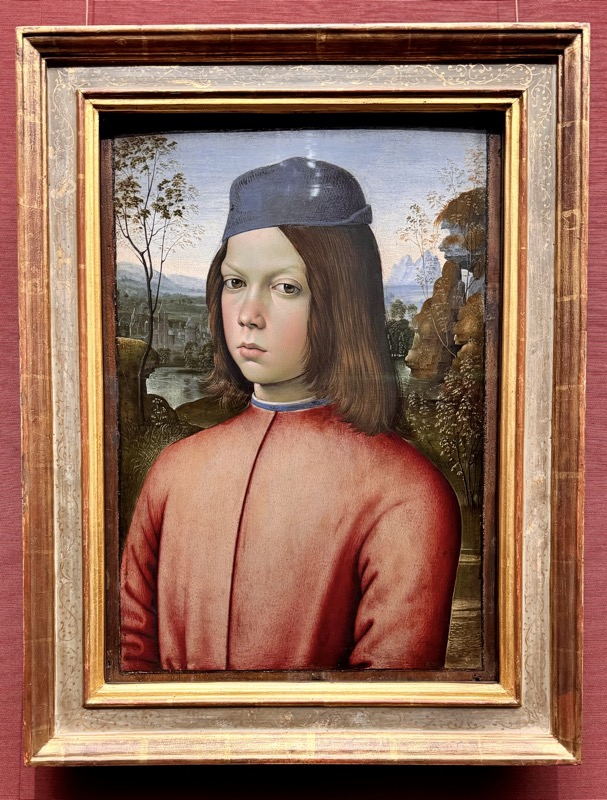
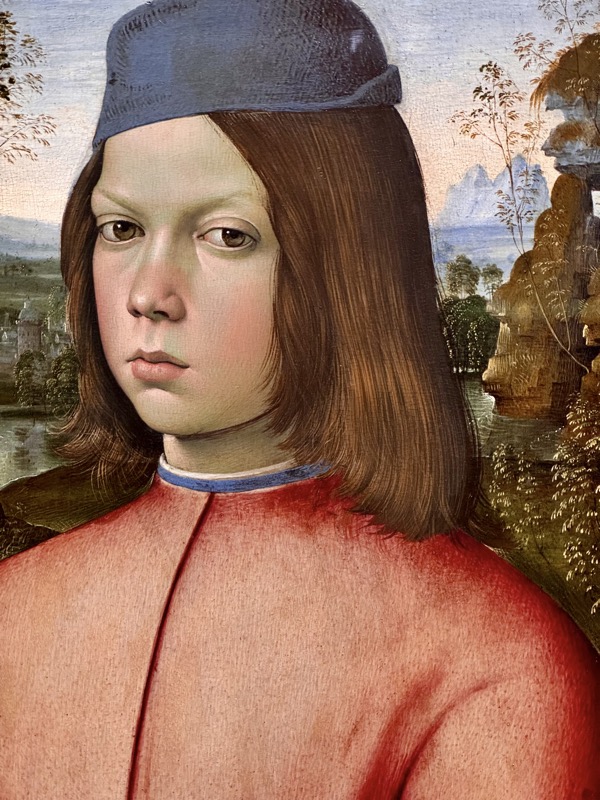
Raffael – The Sistine Madonna, c.1512/13. Oil on canvas…. This is one of the most famous works of the Renaissance!
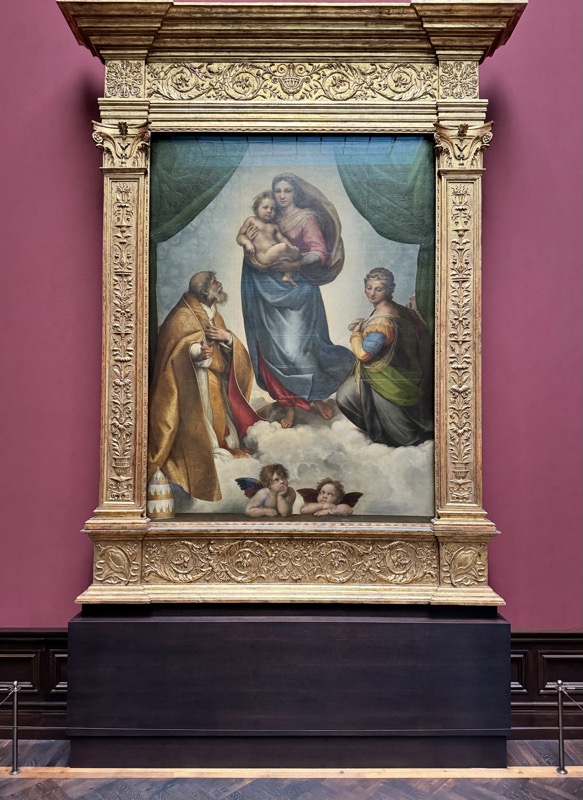
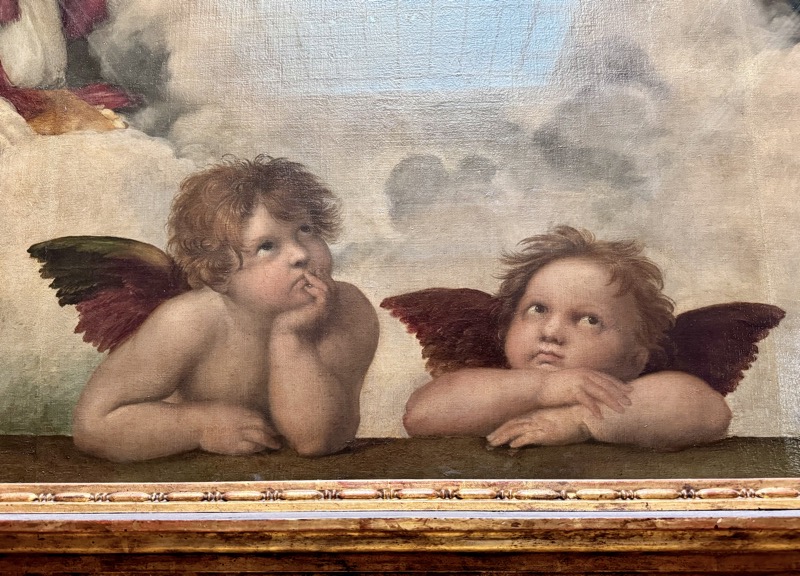
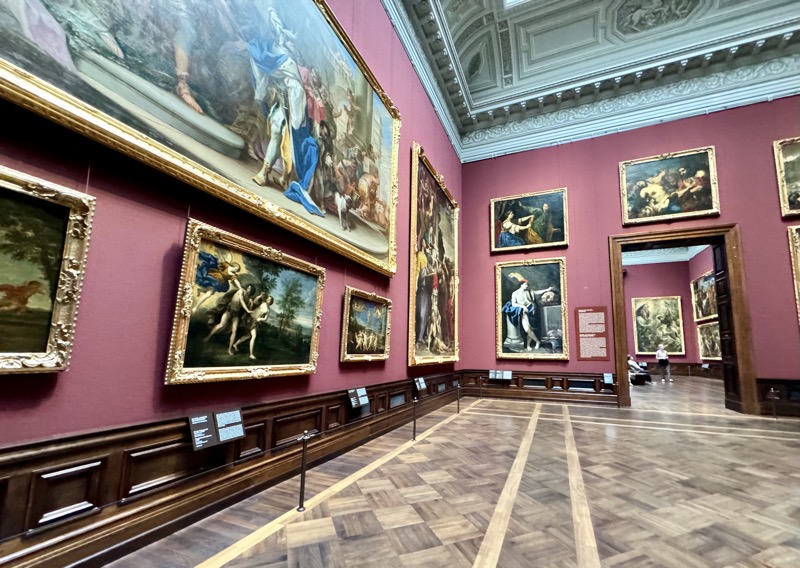
Giovanni Batistta Moroni – Lady in a Red Dress, c.1560. Oil on canvas.
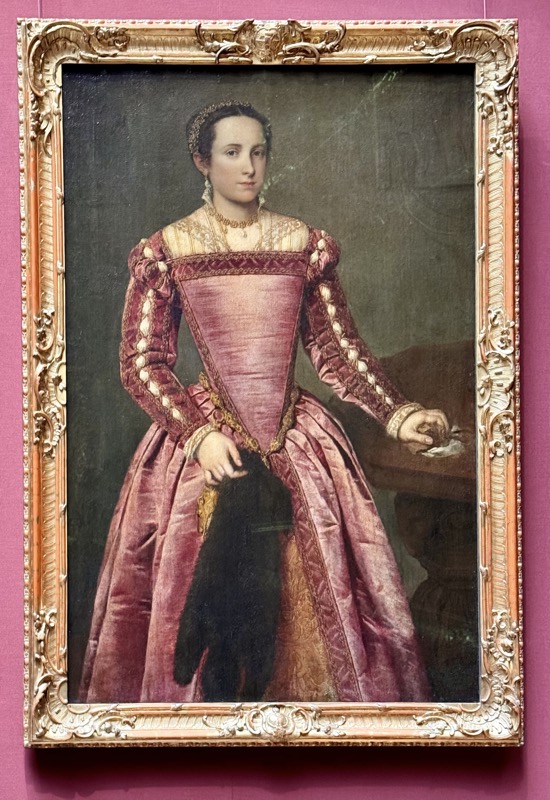
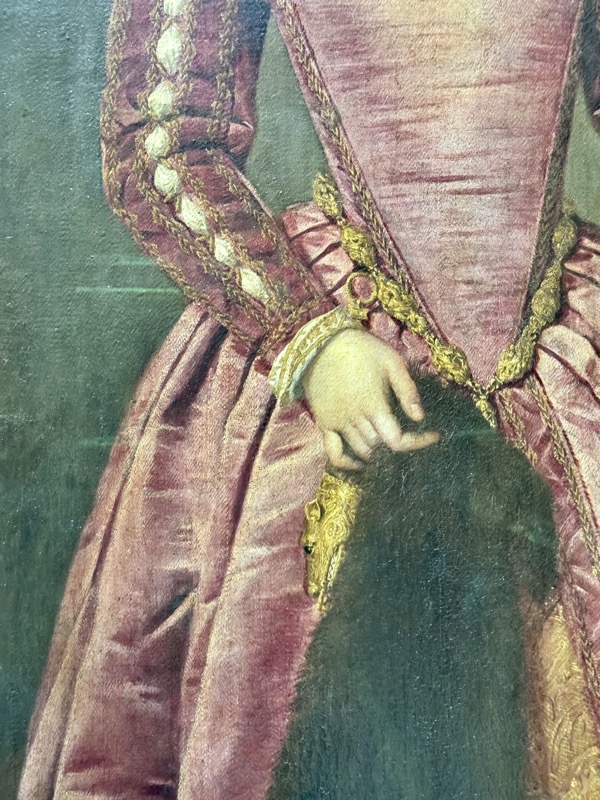
Titan – Sleeping Venus, c.1508/10. Oil on canvas… another very famous Renaissance artwork. This one as one of the first large scale fully nude representation of a woman in Italy. In ancient mythology, Venus was a goddess of love and beauty – her calm while sleeping and the harmony of her body are reflected in the idyllic countryside. The painting may have been started by Giorgione who died of plague in 1510, it was most certainly completed by Titan who likely added his characteristic drapery and landscape.
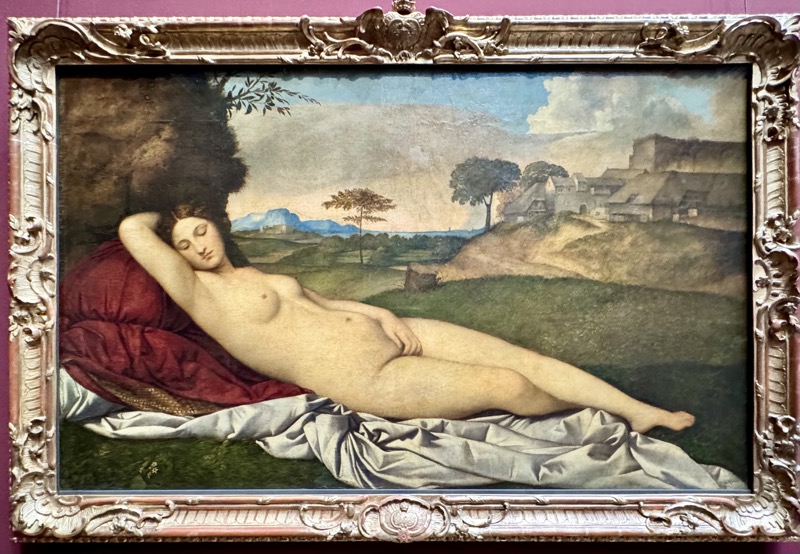
Pietro Antonio Graf Rotari – Replaceable Faces, c. 1707. Oil on Canvas…. I initially thought these might be studio studies that were later framed, but an info plaque pointed out that they were designed to be a collection of small portraits that could be rearranged to suit the owners preferences. There were 24 identically sized panels in all.
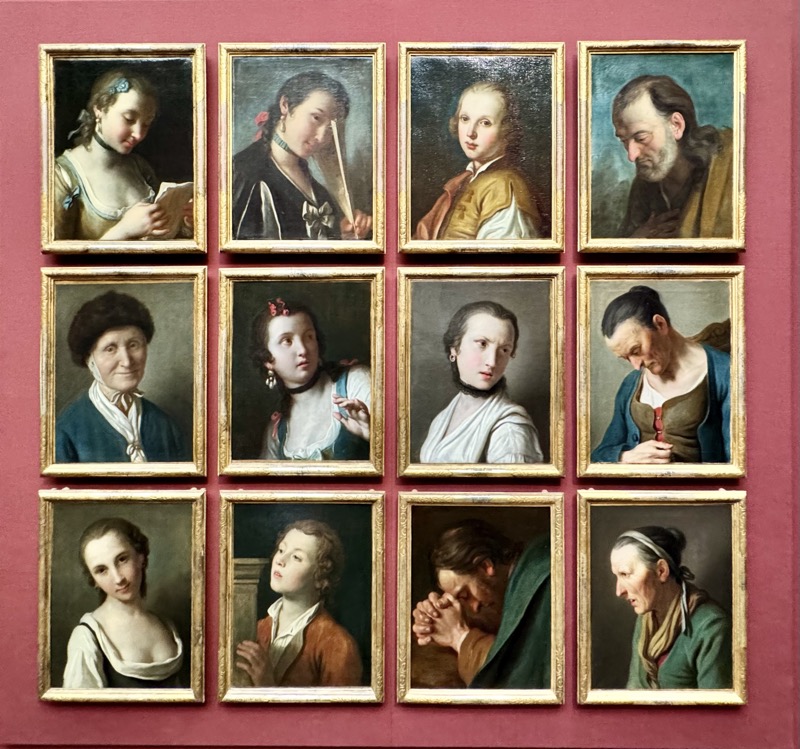
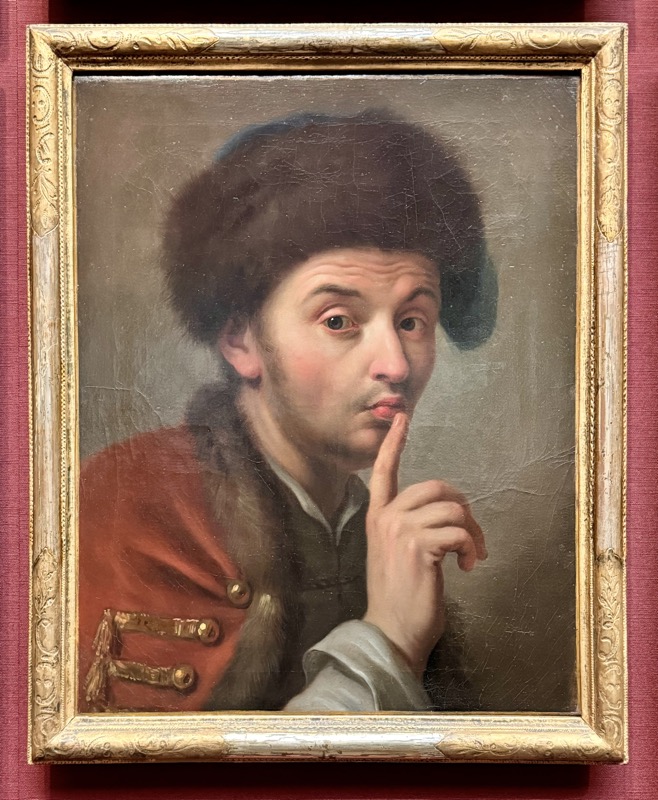
Bernardo Bellotto Canaletto – The Old Market in Dresden from Schlossgasse, c.1750/51. Oil on canvas.
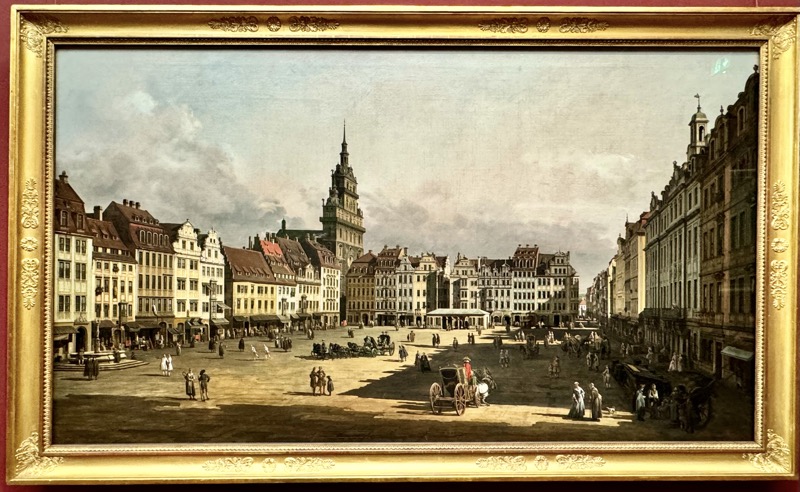
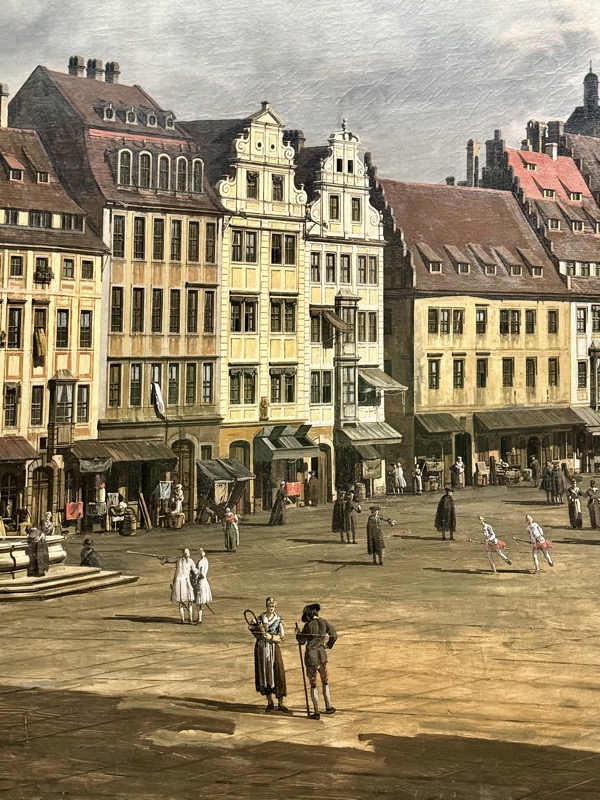
Bernardo Bellotto Canaletto – The Zwinger Courtyard in Dresden, c.1751/51. Oil on canvas. Yeah right!? Have you looked out there at the construction clusterfuck?
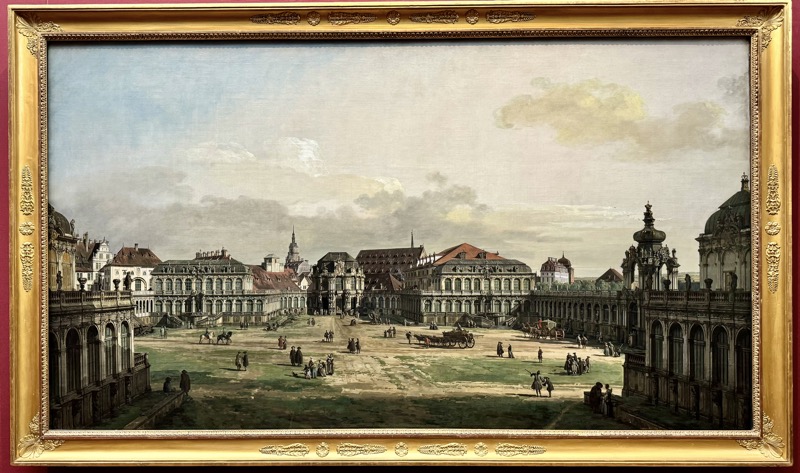
Bernardo Bellotto Canaletto – The Ruins of the former Kreuzkirche (Church of the Holy Cross) in Dresden, c.1765. Oil on canvas.
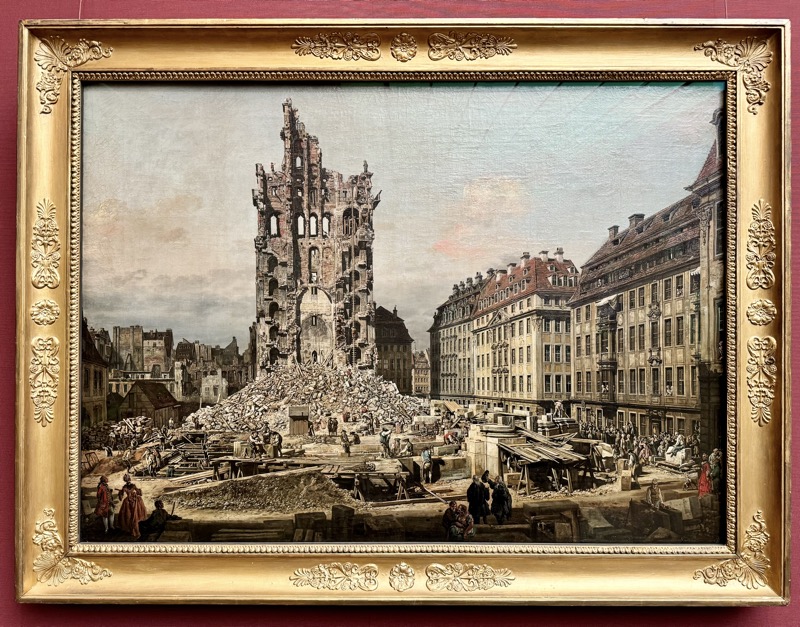
Jean Étienne Liotard – The Chocolate Girl, c.1744. Pastel on Parchment… This painting is significantly different from others in the pastel collection – it is of a simple serving girl, a low status individual, who is yet depicted in a full figure profile.
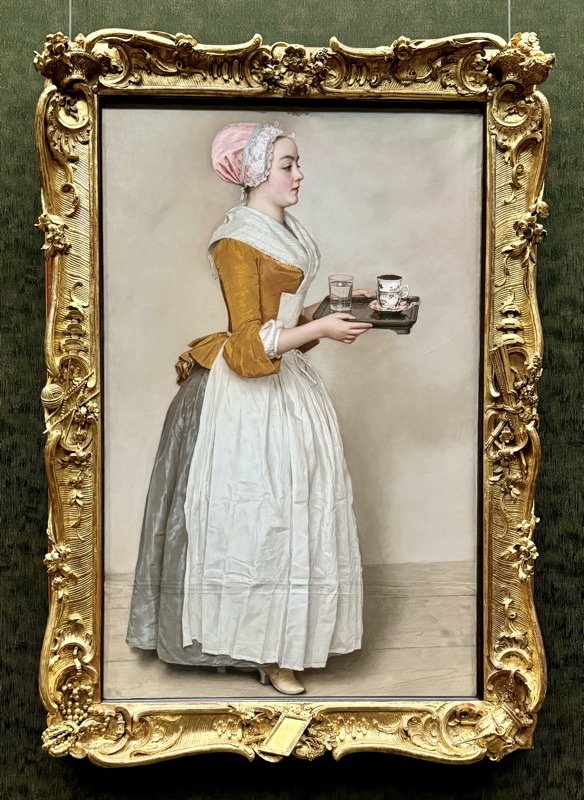
Albrecht Dürer – Bernhard von Ressen, c.1821. Oil on oak panel.
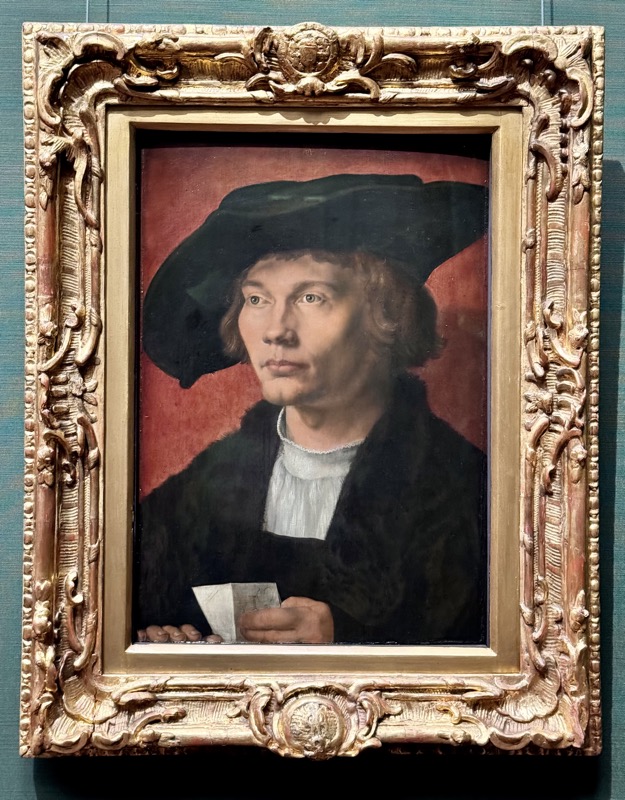
Lucas Cranach the Younger – Adam (left), Eve (right), c.1537. Oil on lime wood panel.
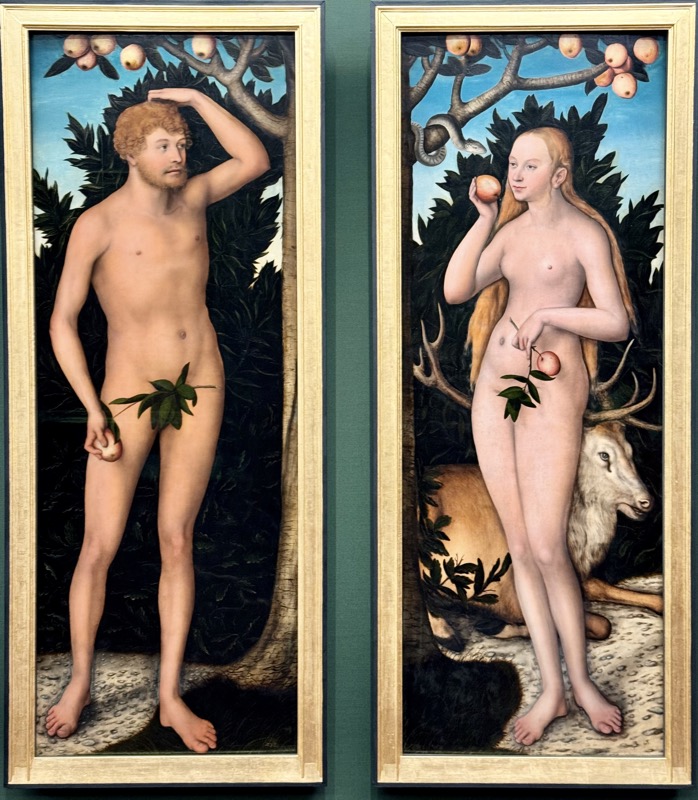
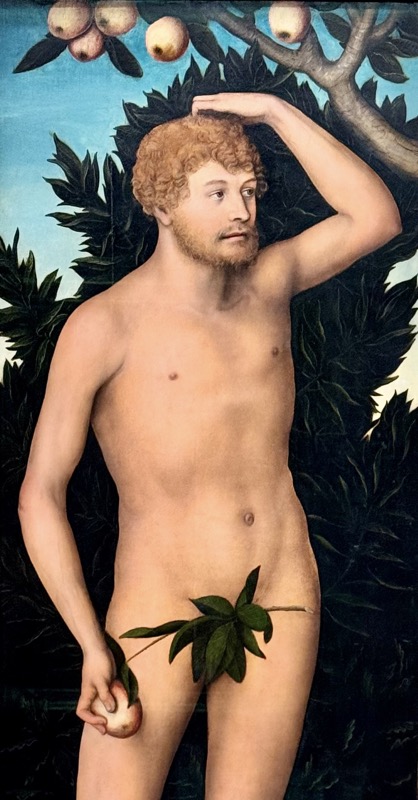
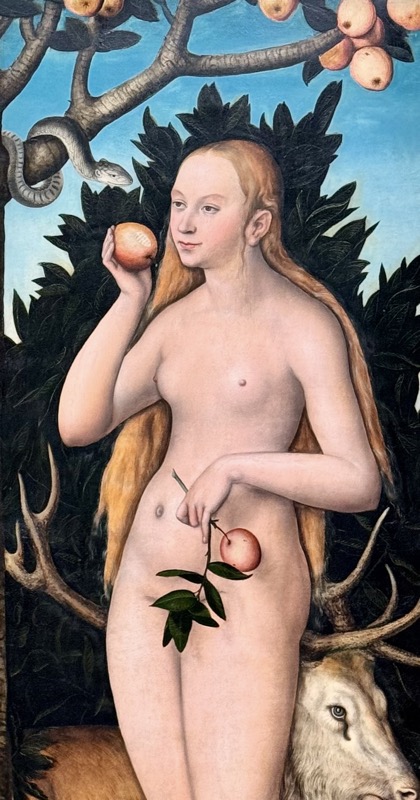
Lucas Cranach the Younger – The Crucifixion of Christ, c.1546. Oil on lime wood panel.
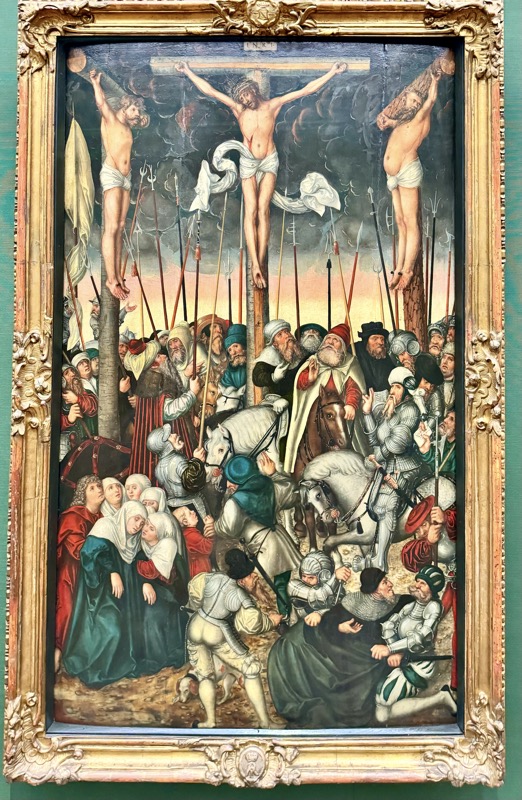
Lucas Cranach the Elder – The Presentation of Christ to the People, c.1515/20. Oil on lime wood panel.
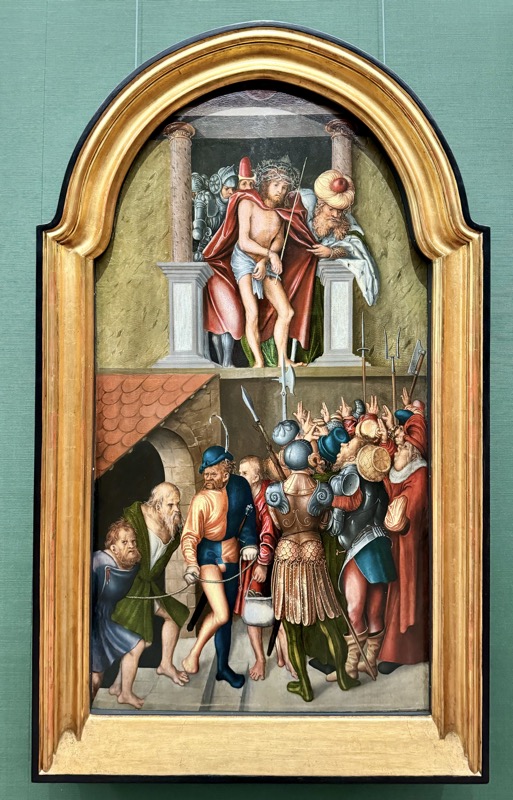
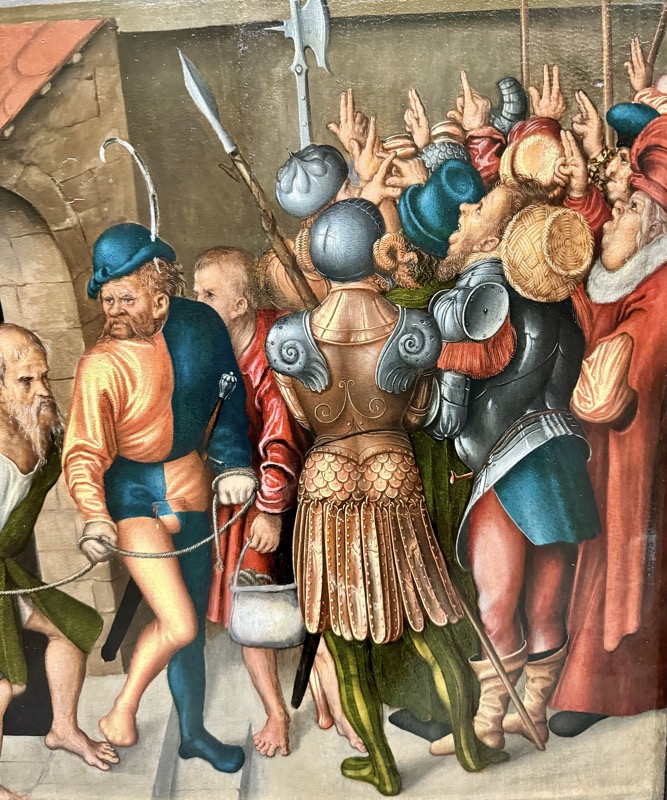
Lucas Cranach the Elder – Portraits of Henry XI of Saxony and Duchess Catherine of Mecklenburg!
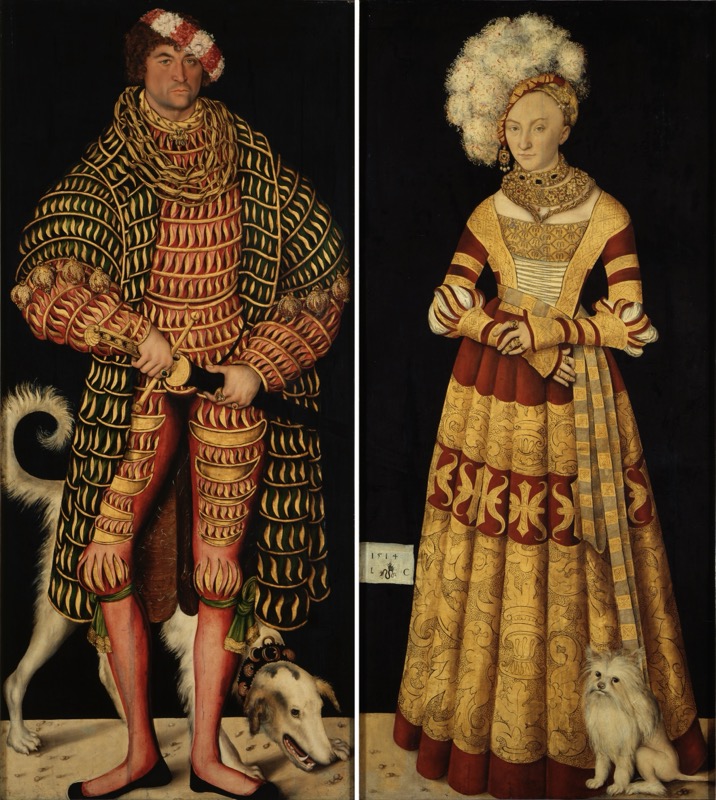
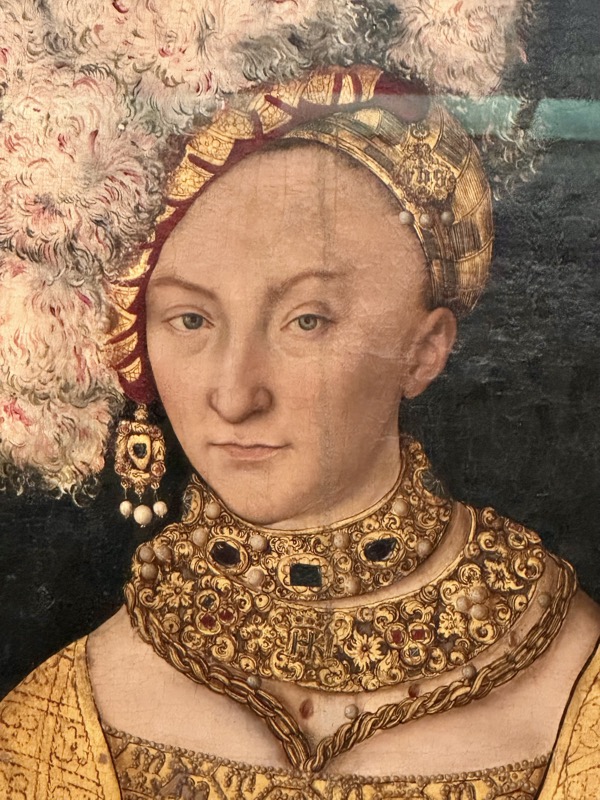

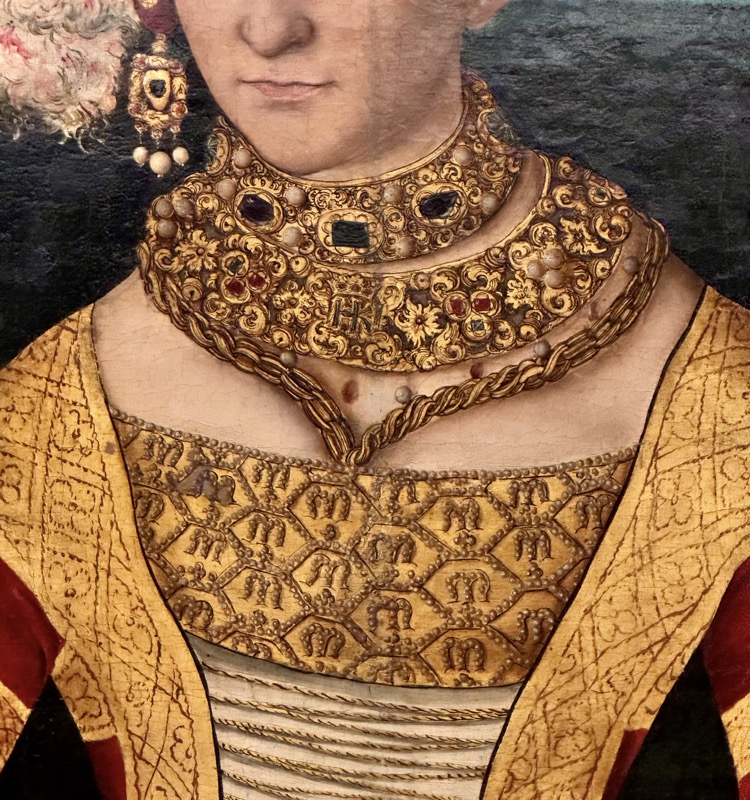
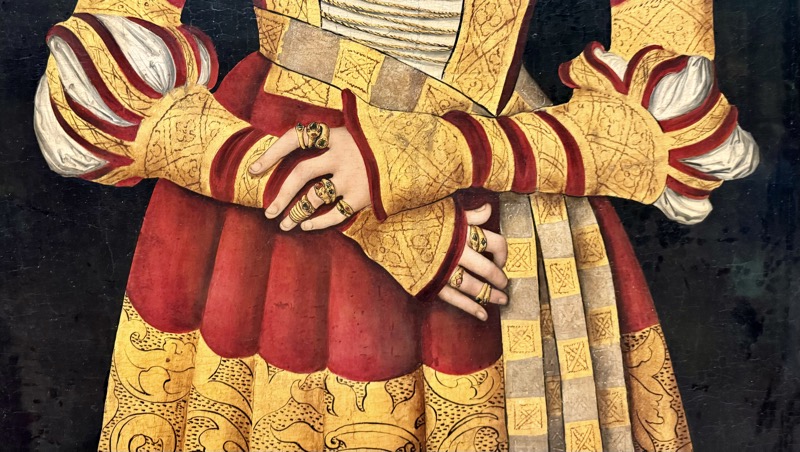
Lucas Cranach the Younger – Samson and Delilah, c.1537. Oil on lime wood panel.
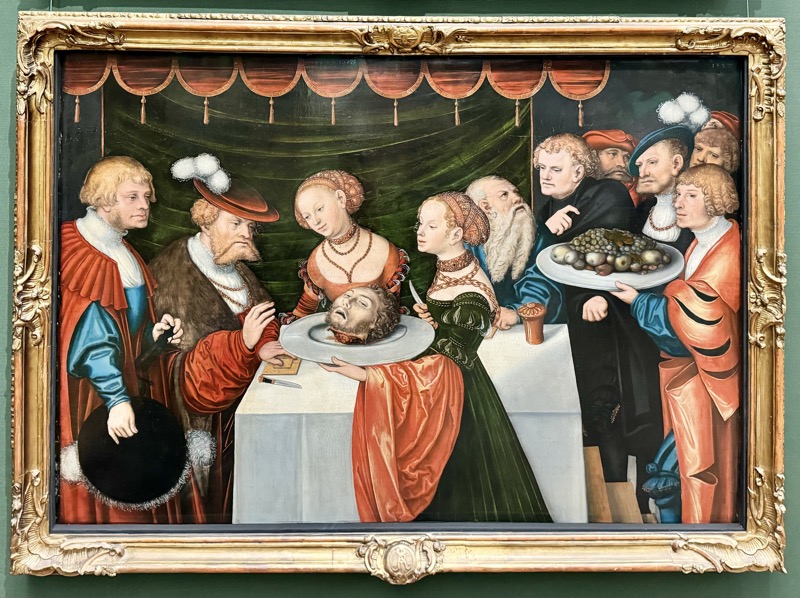

Lucas Cranach the Younger – Solomon’s Idolatry, c.1537. Oil on lime wood panel.
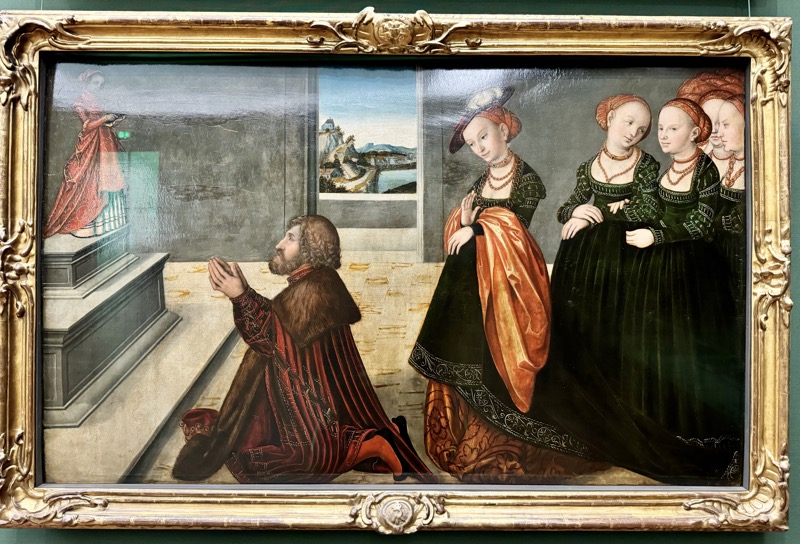
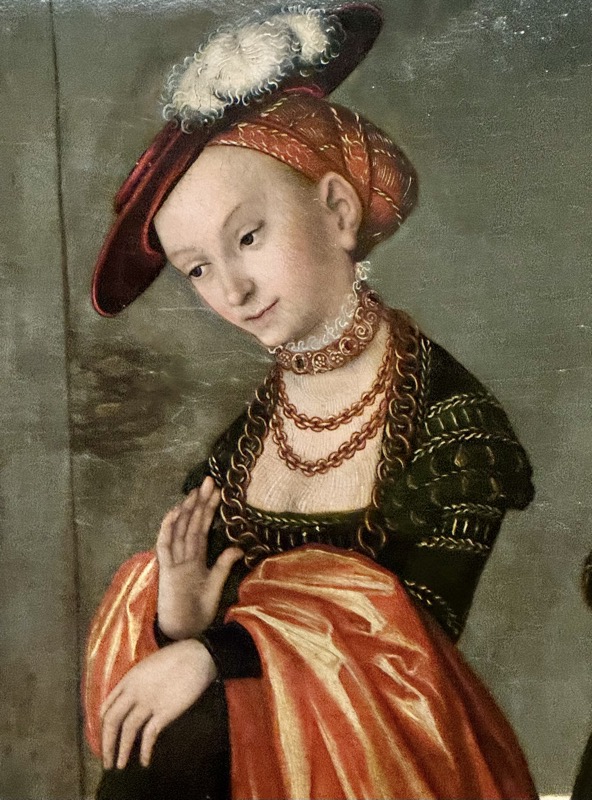
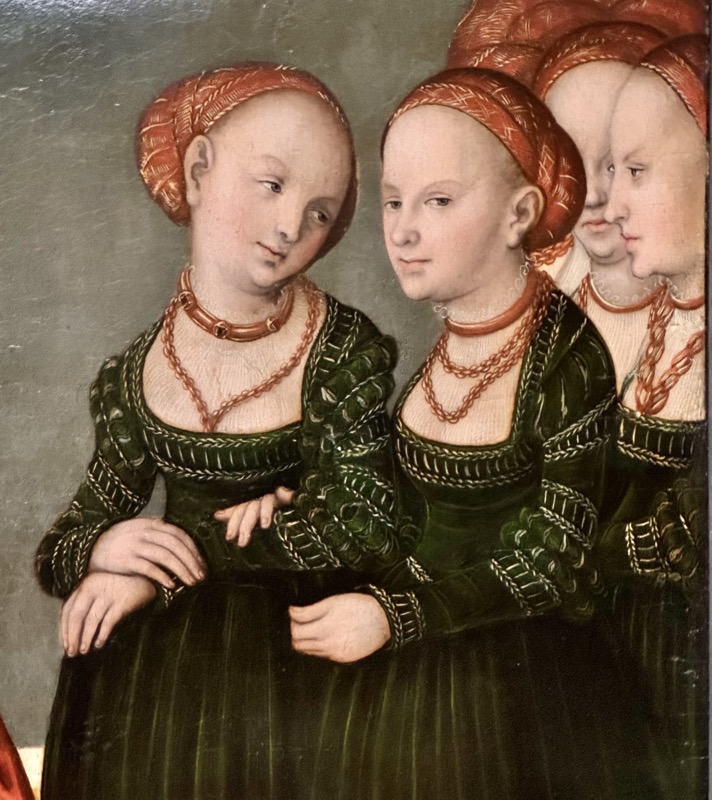
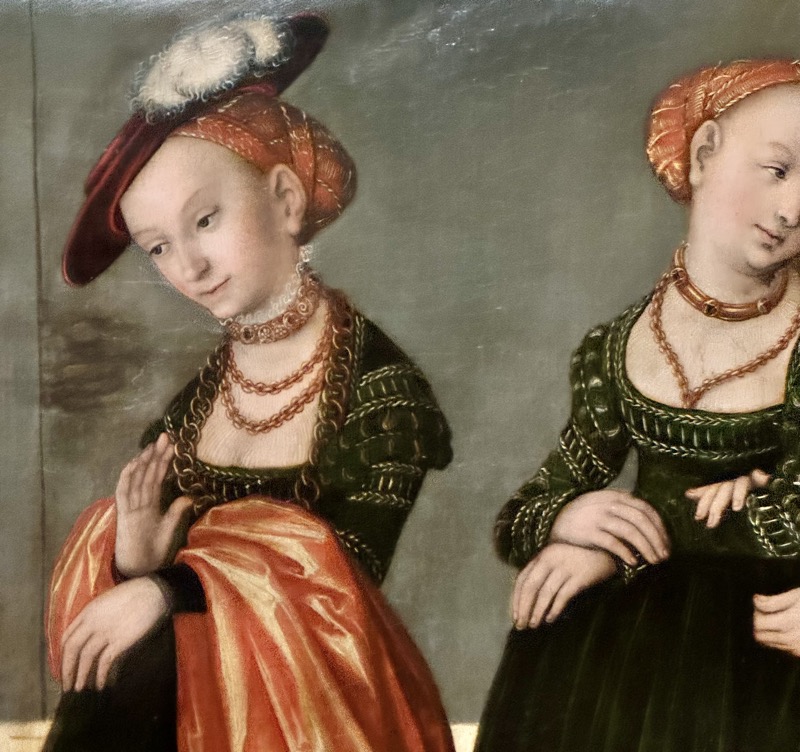
There is a substantial number of galleries devoted to the art form or still life painting – but personally I just don’t get it. Yes, I understand why artists devoted themselves to perfecting still lifes during this period, but they don’t really move me at all.
Cornelius de Heem – A Lobster, Fruit and Flowers, c.1660-70. Oil on canvas… included because I liked his lobster.
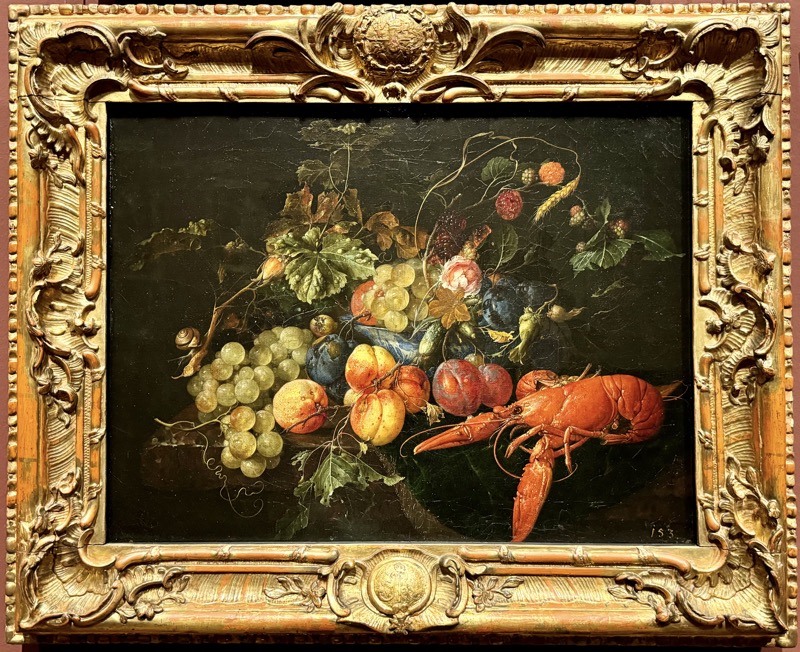
Frans Floris – Portrait of Two Children, c.1563. Oil on canvas… rude to leave the happy pupper off the title.

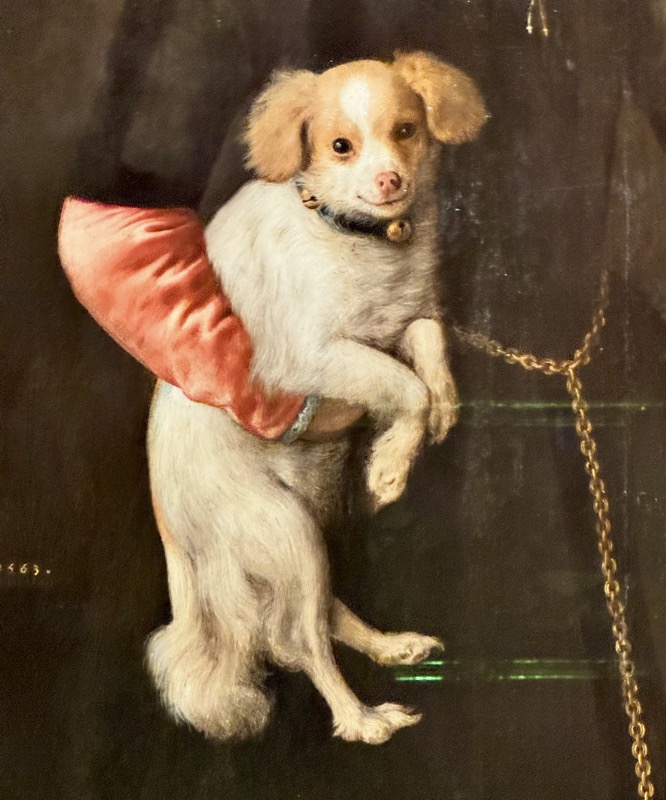
Peter Paul Rubens – Satyr and a Girl with a Basket of Fruit, c.1620. Oil on panel.
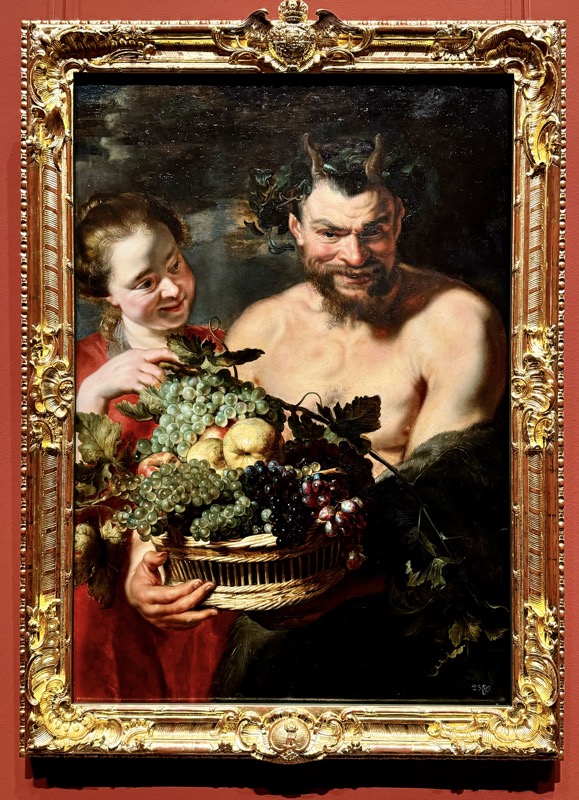
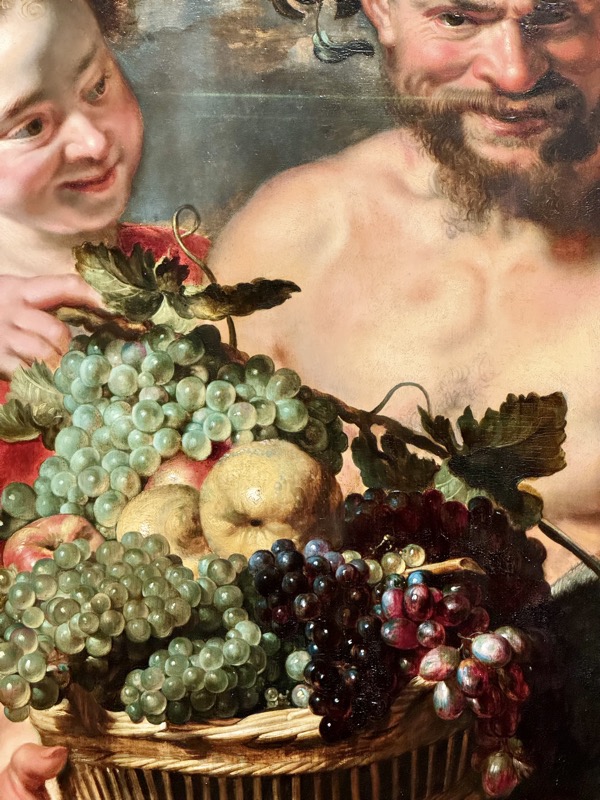
Martin Schongauer – A Censer, c.1500. Engraving. This object is considered one of the first still lifes made in printmaking. It is not known if it depicted an existing censer or was a design for a goldsmiths work.
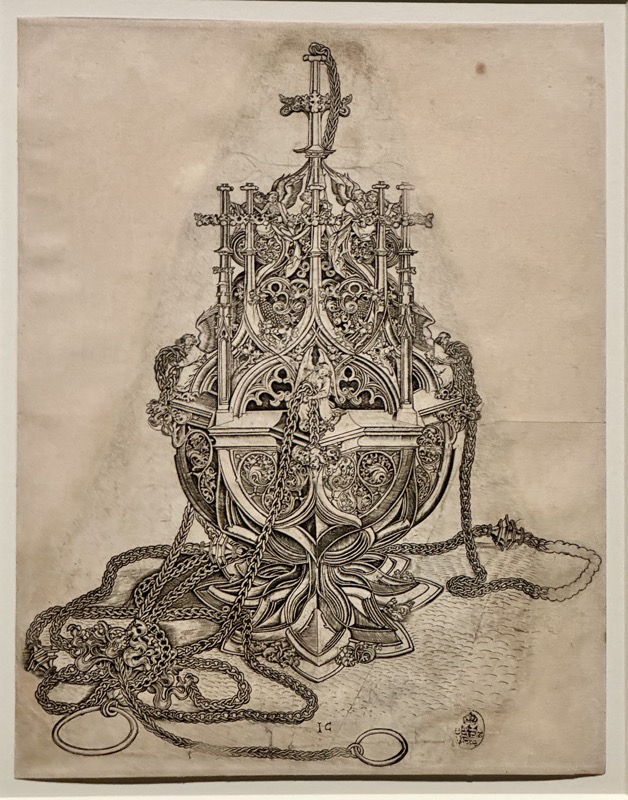
The Altes Meisters gallery was certainly full of important and famous pieces. It is well worth the price of admission. After this we went looking for the Zwinger Nymphanbad sculpture garden and fountain… traversing the deconstructed courtyard again.
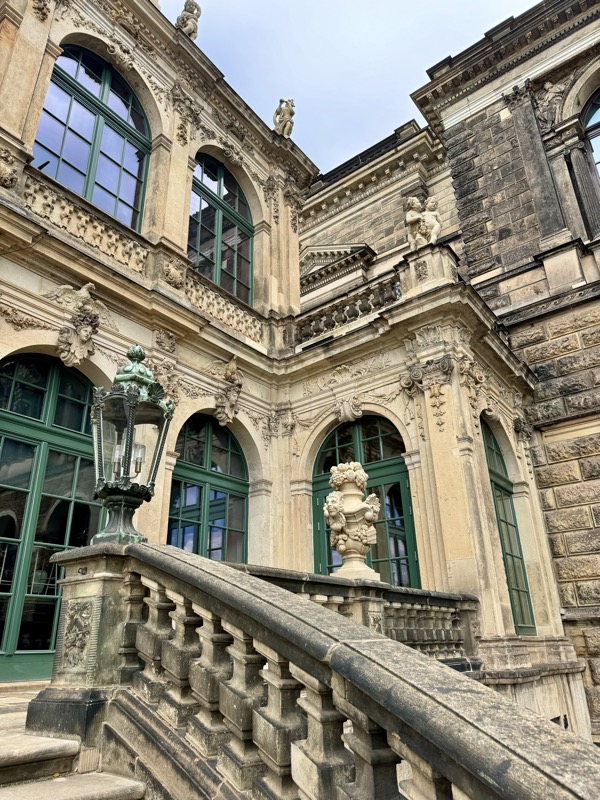
The Nymphanbad:
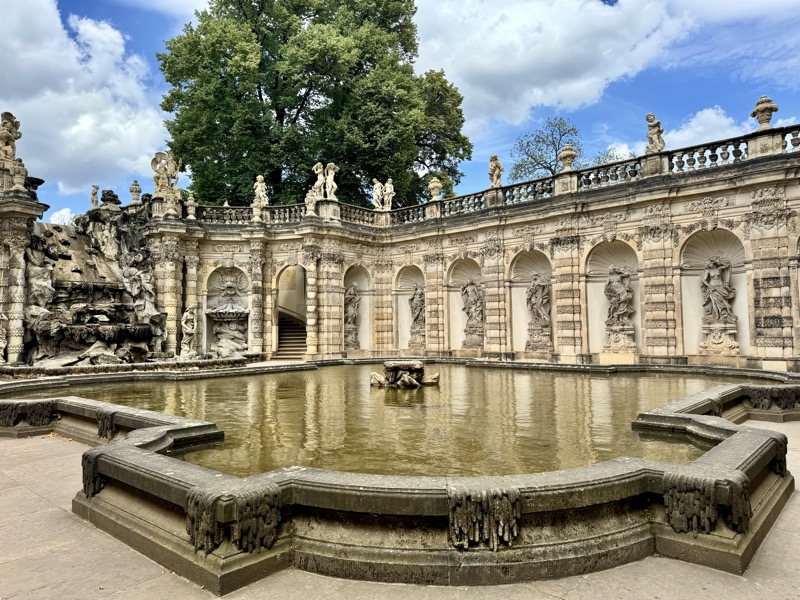

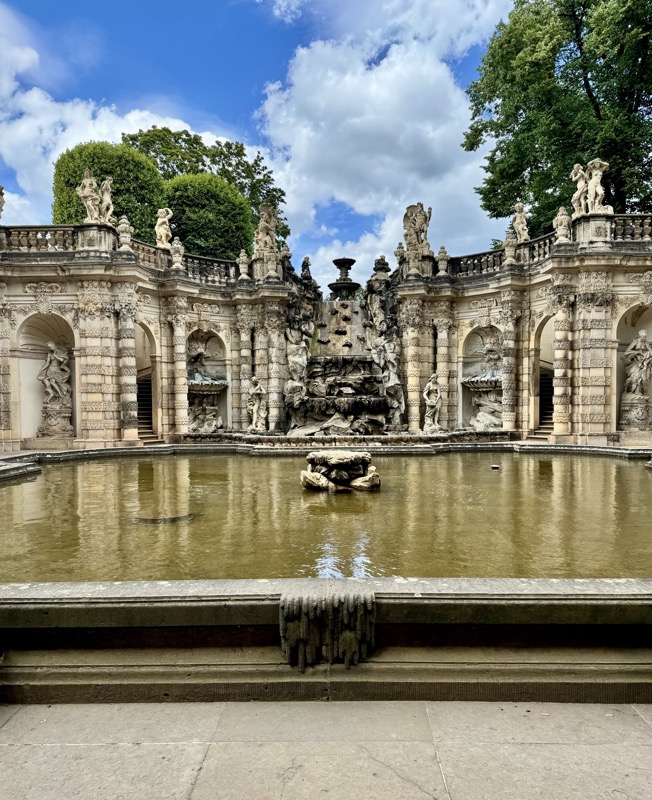
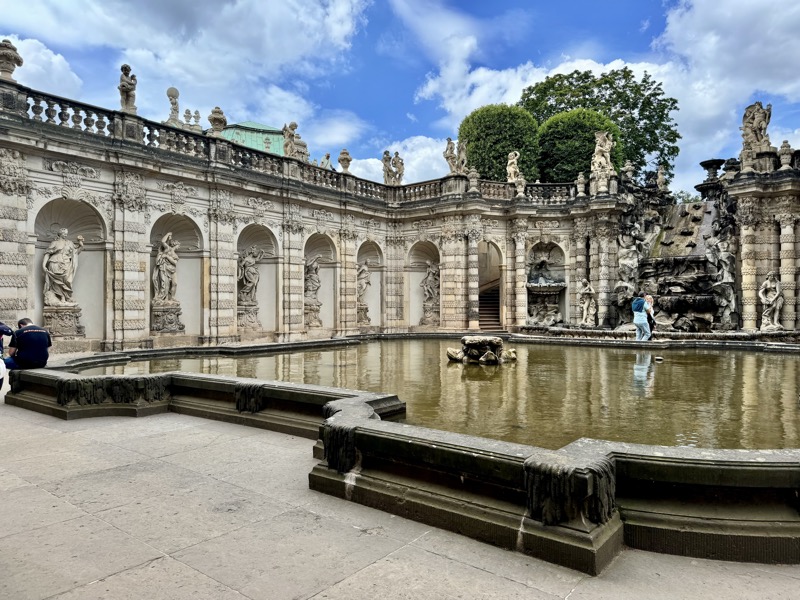

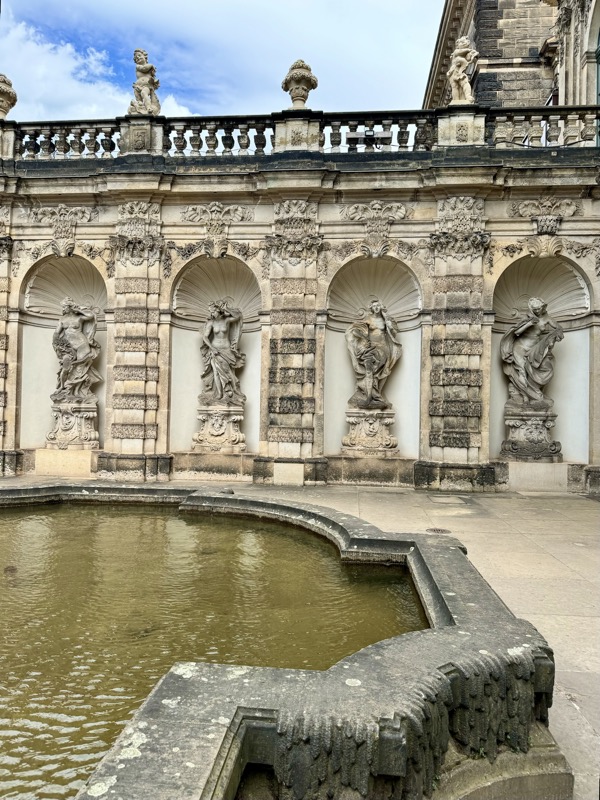
Around the corner from that pretty little courtyard is the Museum of Mathematical and Scientific Instruments.
Paulus Schuster – Table Clock, Nuremberg, c.1582. Has large dials with hour indicators and an astrolabe on one side and an annual calendar on the other. The small dial shows the day of the week, quarter hour and minute. It also has an alarm mechanism. The silver figures of Neptune alternatively move their heads every minute for 15 seconds, and the rooster on top crows on the house while two men strike bells!
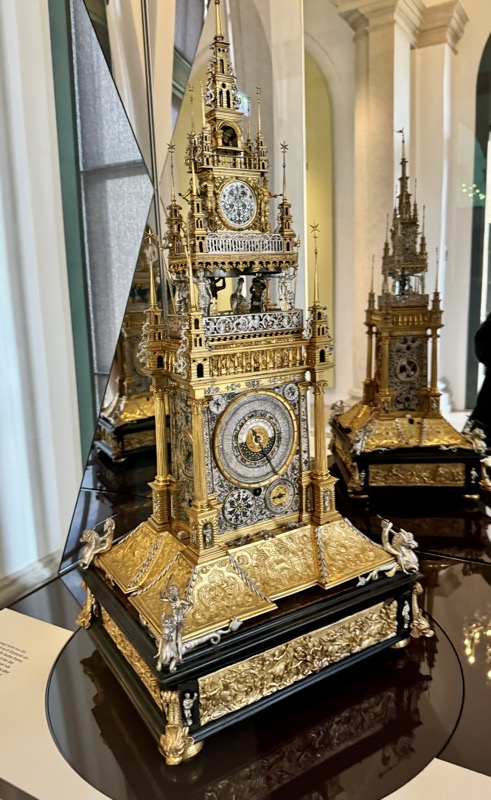
Caspar III Buschmann – Monstrance Clock, Augsburg, c.1625. Ebony from India.
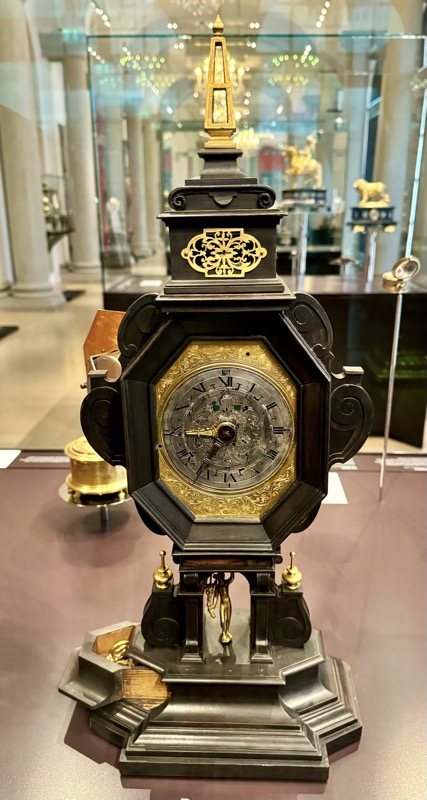
Unknown artist – Table clock, Augsburg, c.1590. Gild casing contains the timekeeping mechanism which shows hours and has a striking mechanism which chimes on the hour and quarter hours. It also has an alarm function.
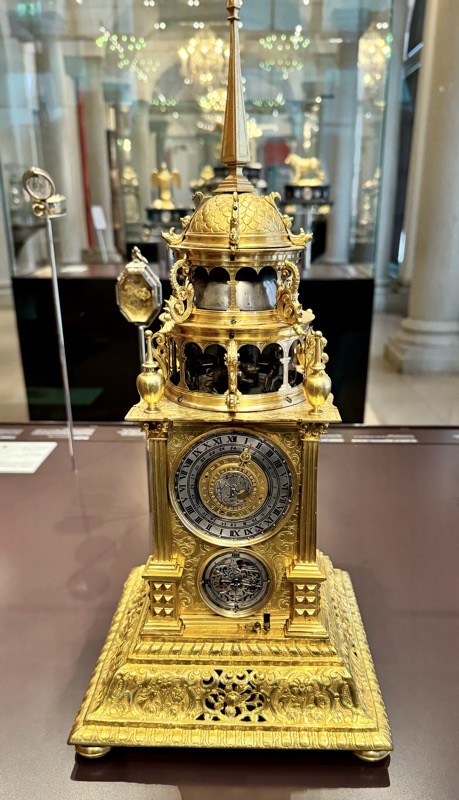
LEFT: Unknown Artist: Horizontal Table Clock, French, c. 1590. Timekeeping and striking mechanisms are one atop the other, typical of French clocks of this period. German clocks tended to be side by side.
RIGHT: Unknown Artist: Horizontal Table Clock, French, c.1600. The vertical mechanisms are easily visible through the crystal cylinder.
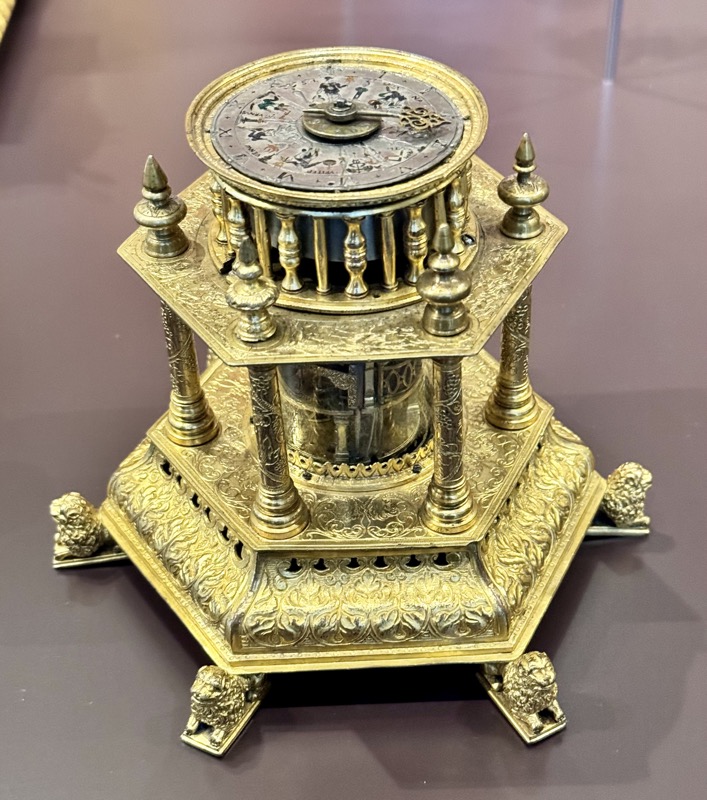
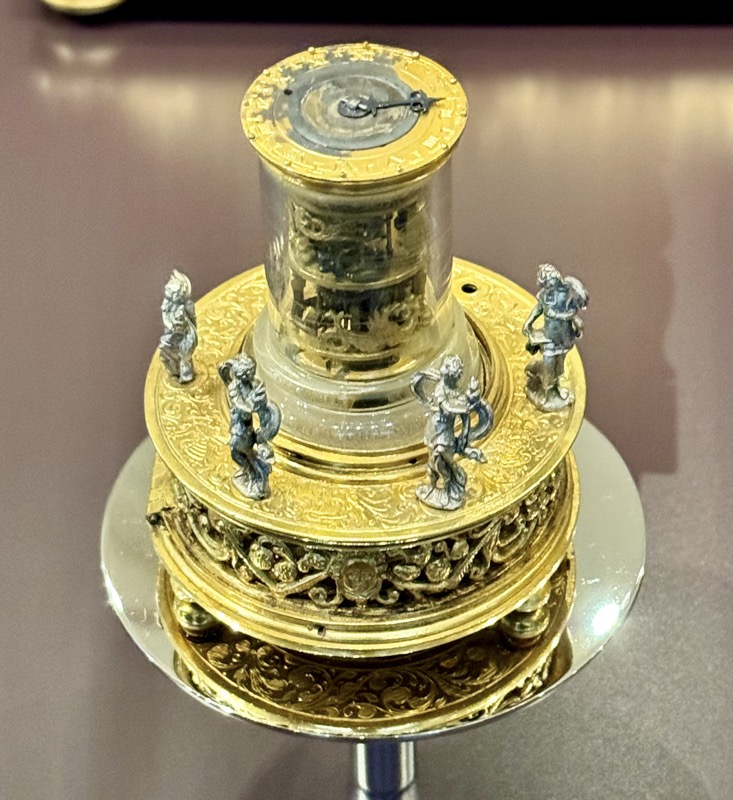
LEFT: Giovanni Buttista Mascarone – Cruciform Watch, Milan, c.1600
RIGHT: Martin Zoller – Pendant Watch, Augsburg, c.1630
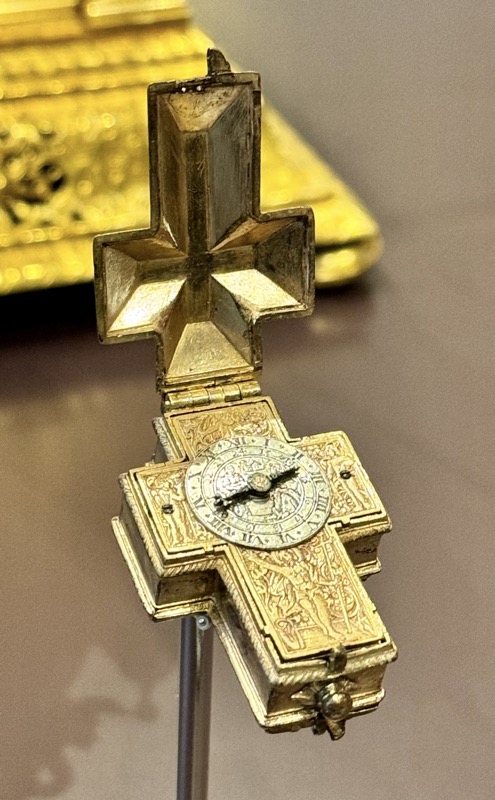

Automaton Eagle with Crown, Augsburg, c.1635.
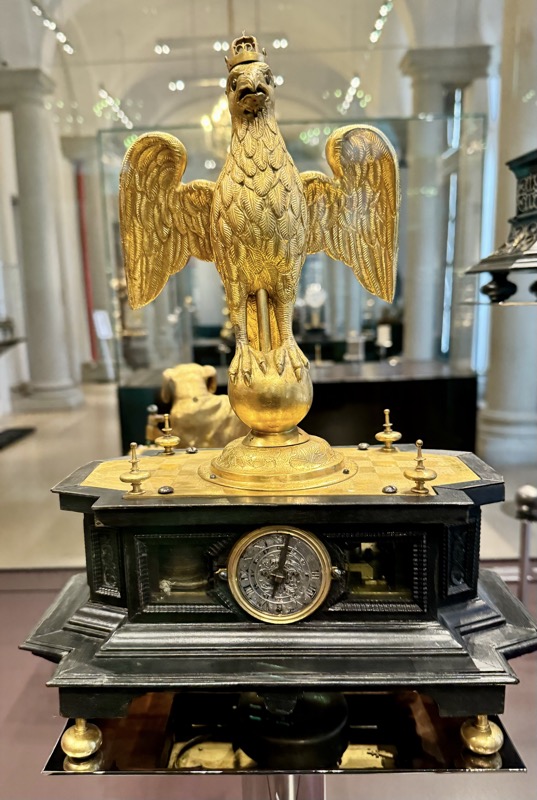
Hans Schlottheim – Crayfish Automaton, Augsburg, c.1589. This crayfish can move its pincers, feelers, legs and tail. Originally there were a pair of crayfish which would creep forwards and the other backwards. Operated by two clockwork gear wheels.
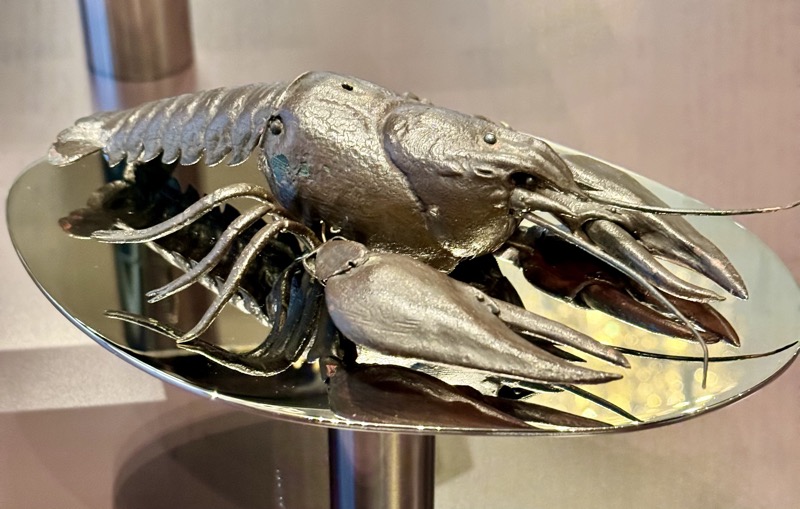
Isaac Huberecht – Skull Form Pendant Watch, Strasbourg, c.1660.
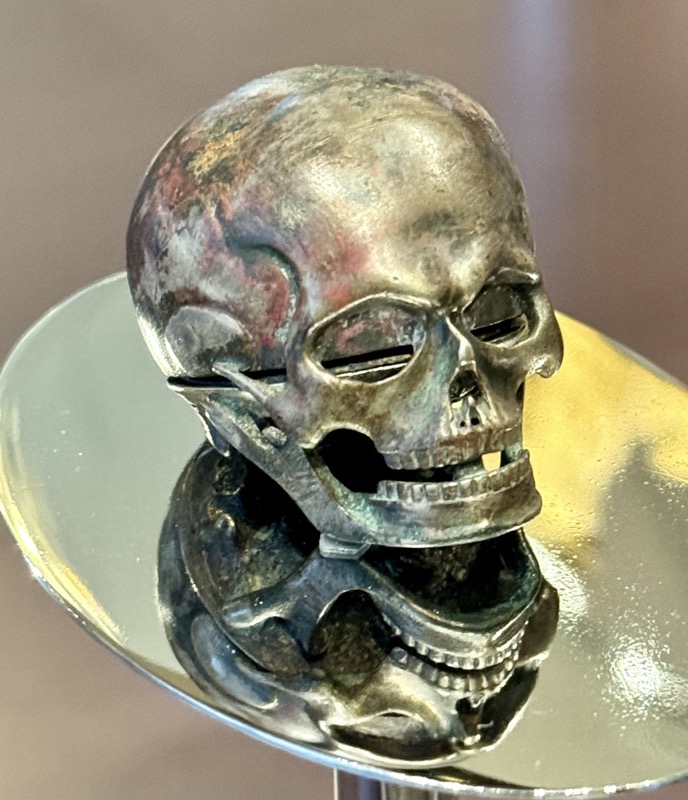

Johann Willebrand – Horizontal Sundail, Augsburg, c.1720.
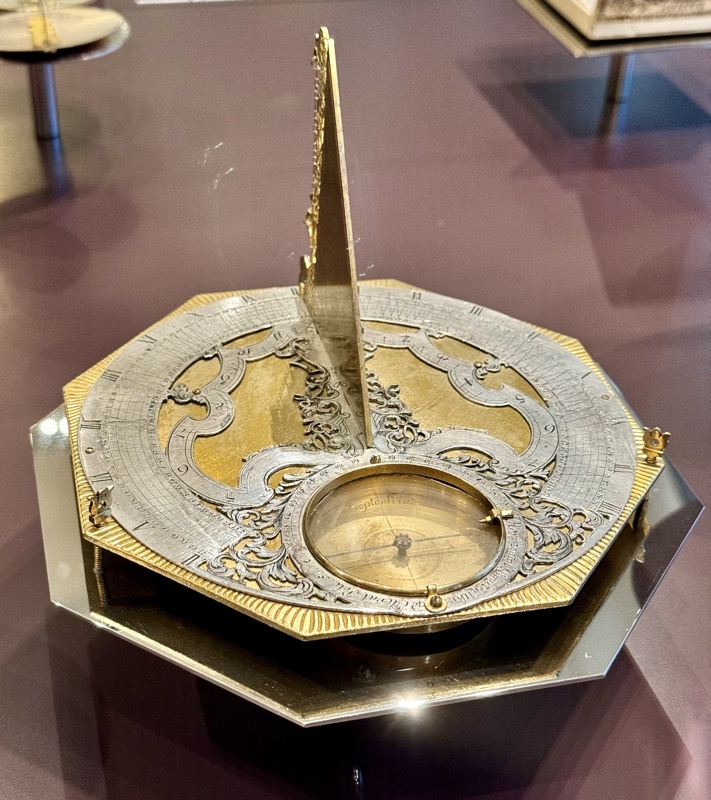
Leonhard Miller – Diptych Sundail, Nuremberg, c.1630, Ivory/
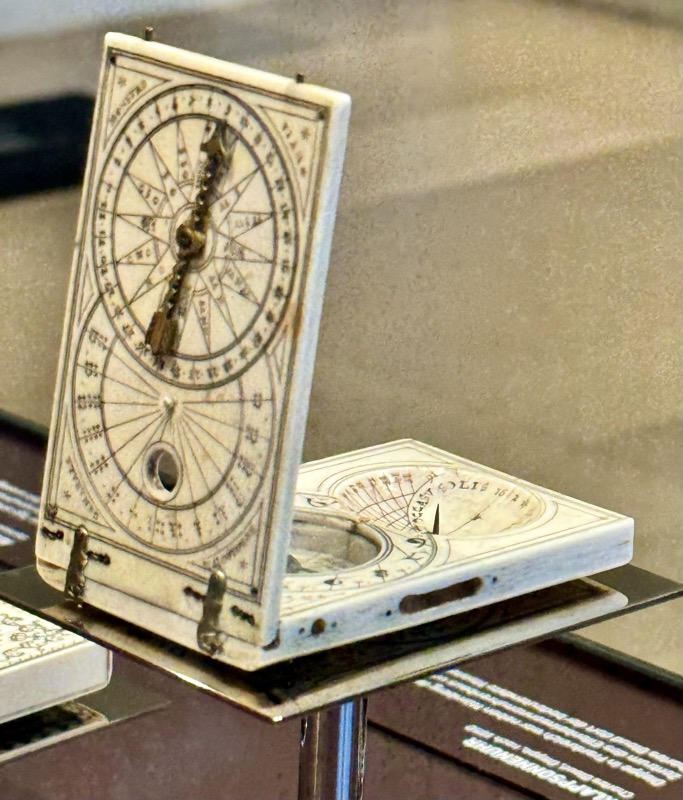
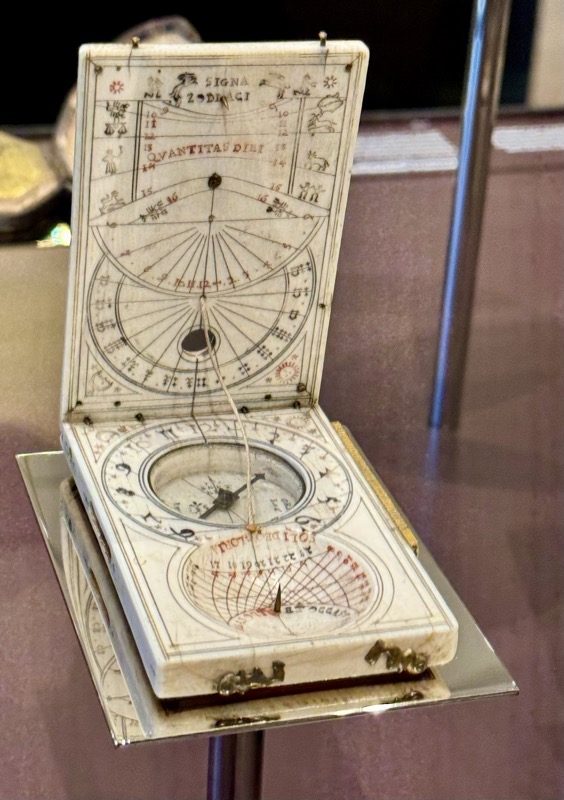
Johann Wicteul Hayer – Nocturnal, Frankfurt, c. 1707. The nocturnal was used for telling the time at night. After setting the date, the user looked thorough the hole in the centre towards the pole start. The pointer was then rotated until it was inline with the last tow starts in the Big Dipper constellation. The time could then be determined from the pins on the device.
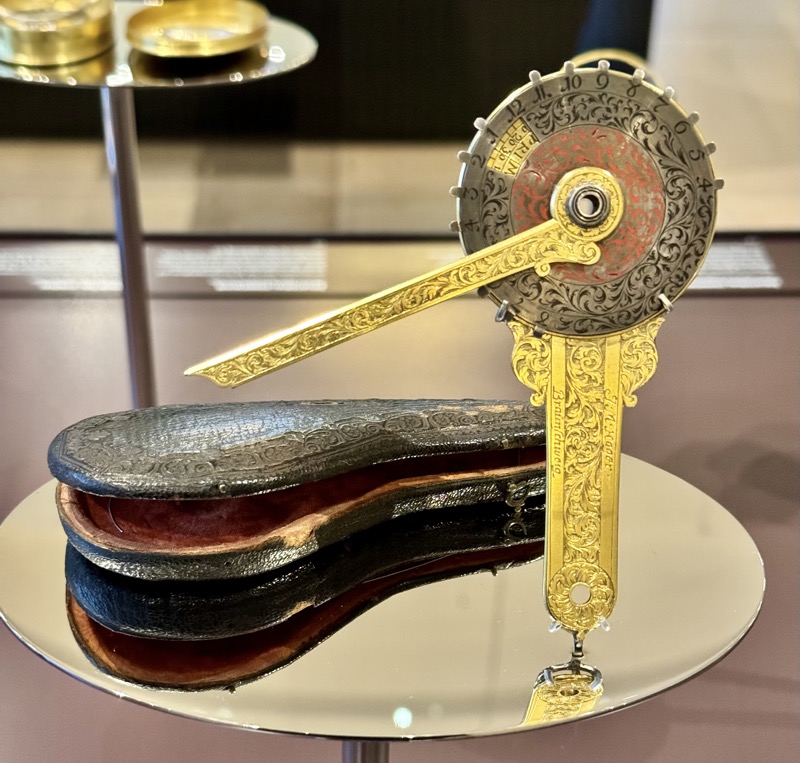
Zeus Enthroned Pendulum Wall Clock, Paris, 18thC.
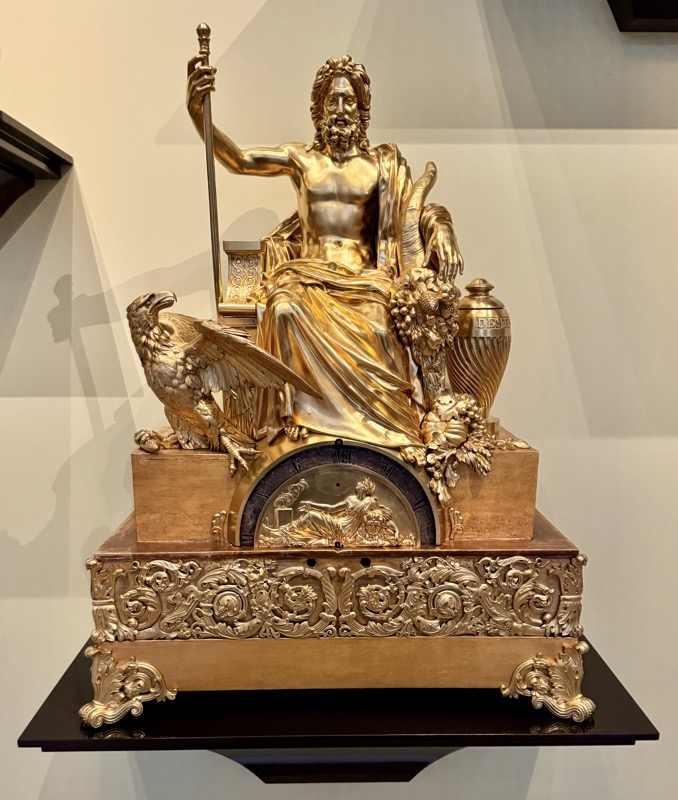
Peter Johannes Klein – Geographical Table Clock, c.1738. One side has a clock face indicating hours and minutes, the other has a 24 hr face that also functions as the equator of the globe.
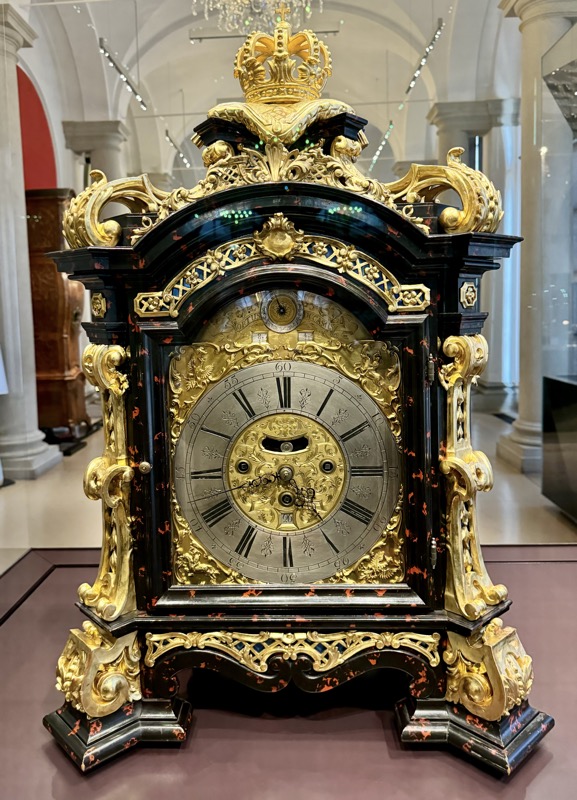
Ludwig Teubner, Dresden, c. 1896. Model of the “5-Minute Clock”… since 1841 there has been a clock above the stage in the Semperoper house which has rectangular fields with the hours marked. Minutes are shown in Arabic numbers on the right. The clock moves every five minutes.
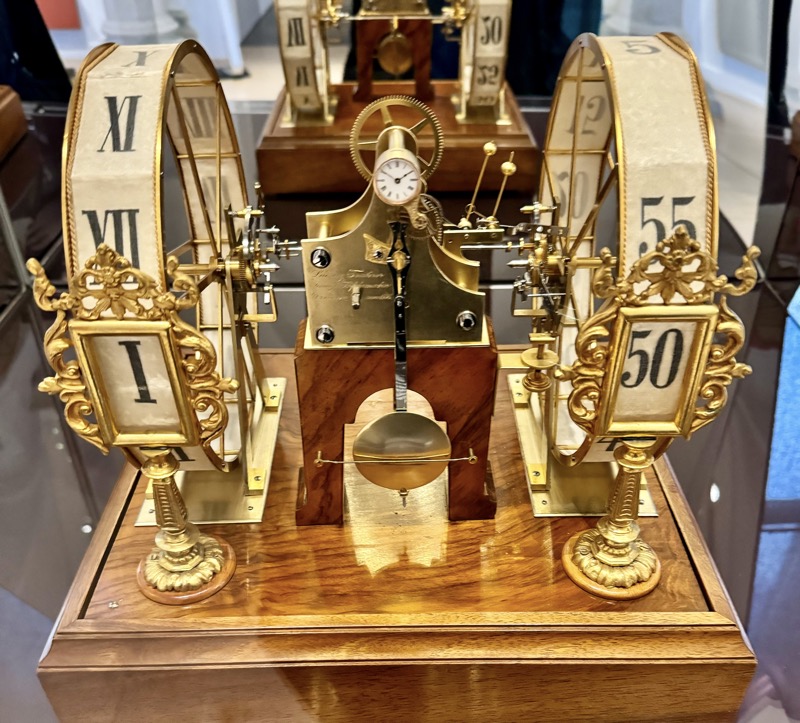
Abraham Louis Breguet – “Montre Á Tact” Pocket watch with Chatelaine, Paris, c.1810. This watch allows the time to be known in the dark, by feeling the hour mark on the edge of the case.
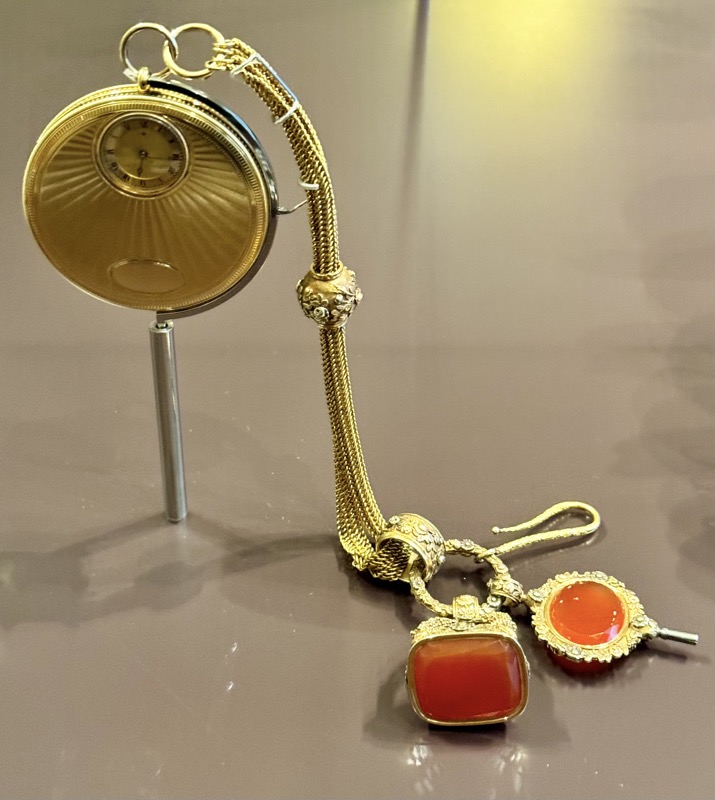
Unfortunately the next cabinets were not market at all other than a vague heading: OPTICS
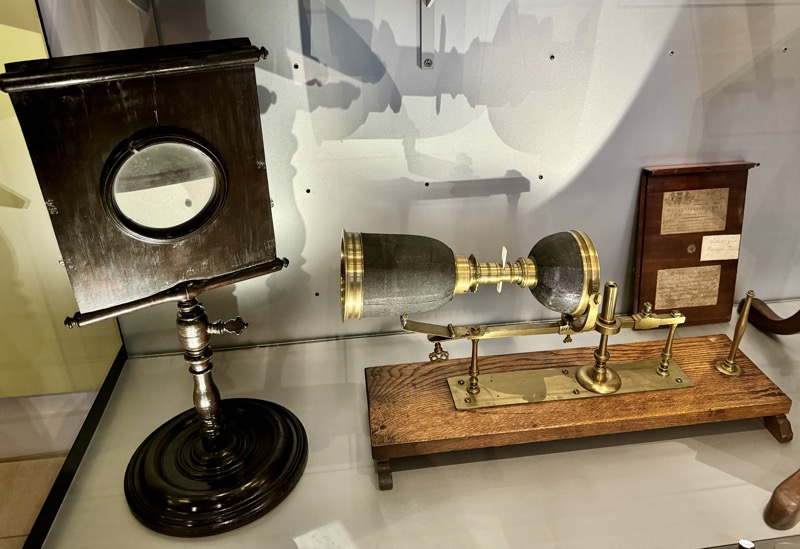
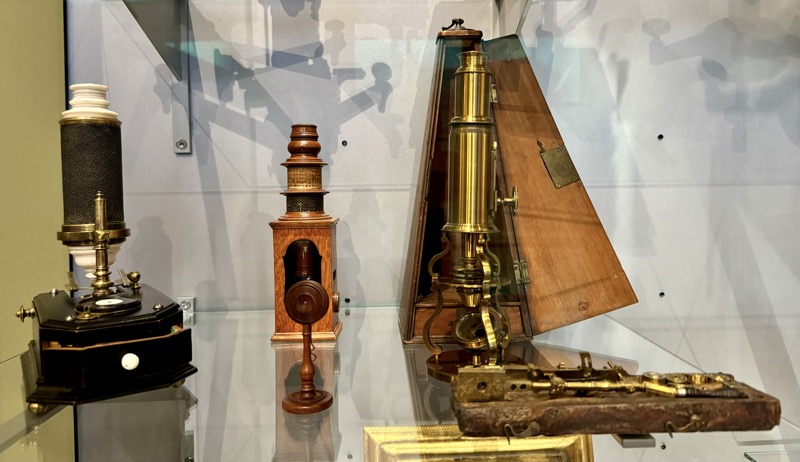
Blaine Pascal – Mechanical Calculator, France, c.1650. World’s oldest surviving mechanical calculators.
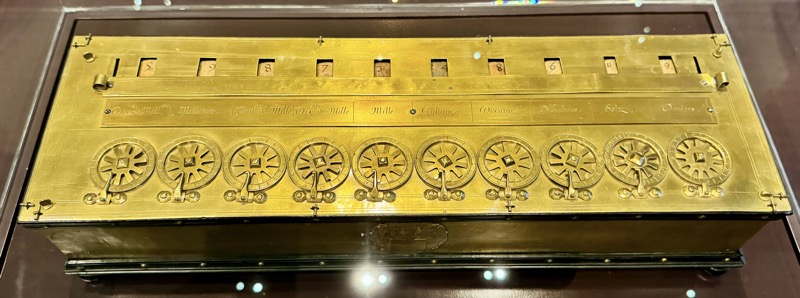
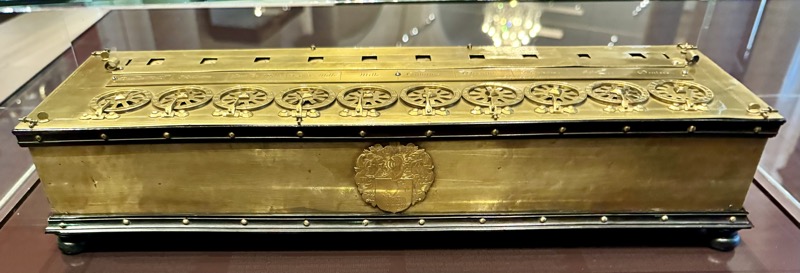
TELESCOPES:
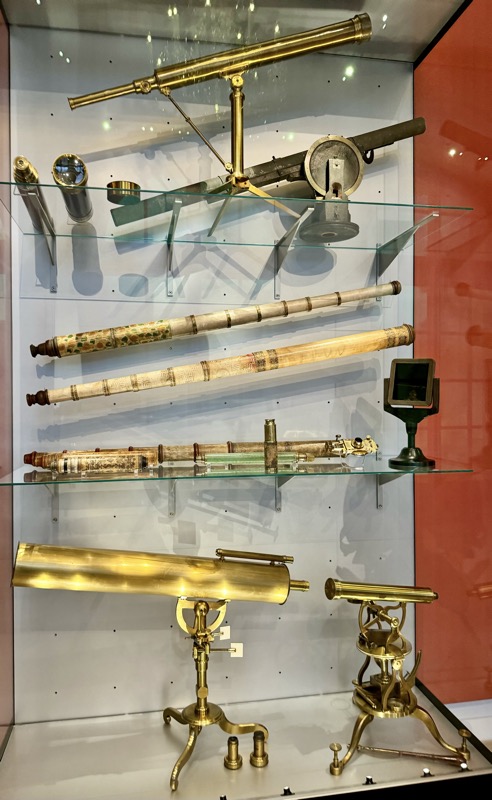

SURVEYING DEVICES:

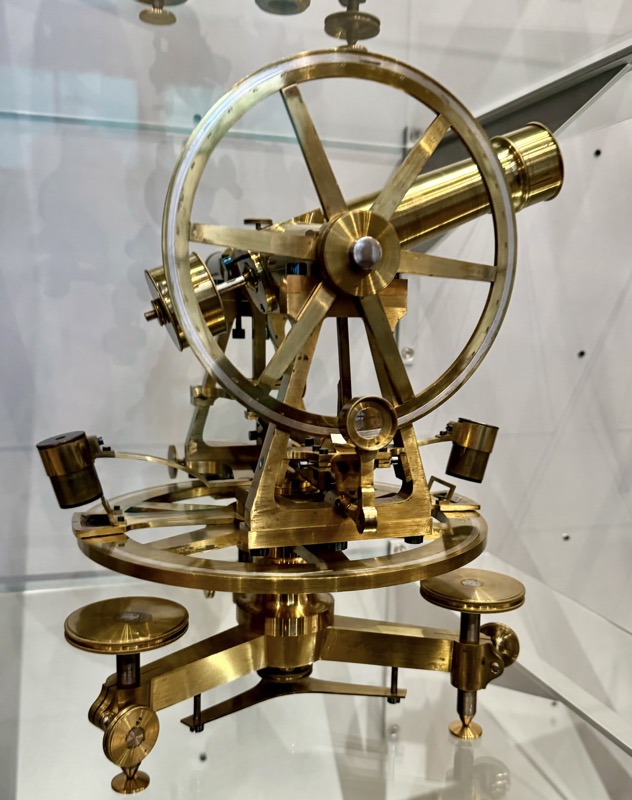

ELECTROSTATIC & GENERATION DEVICES:
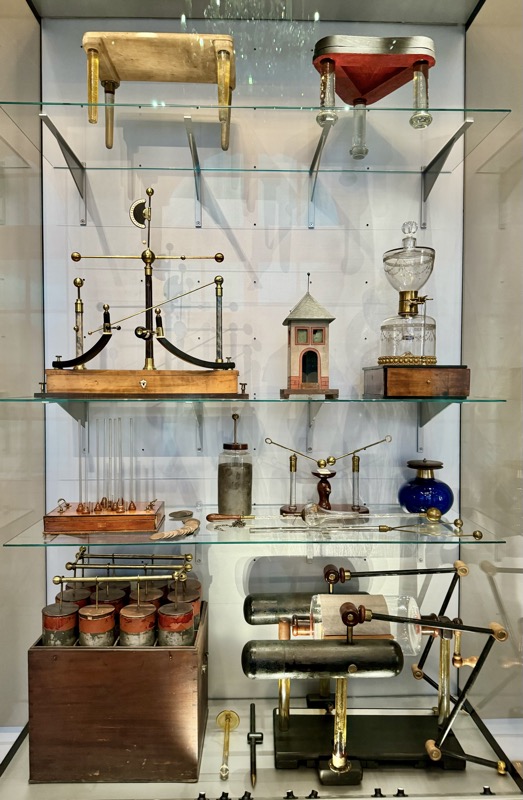
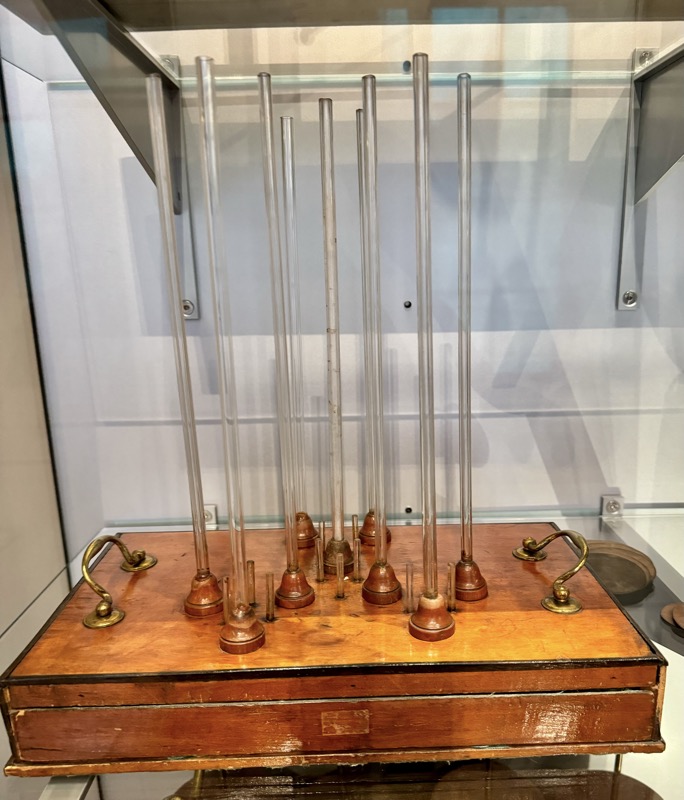
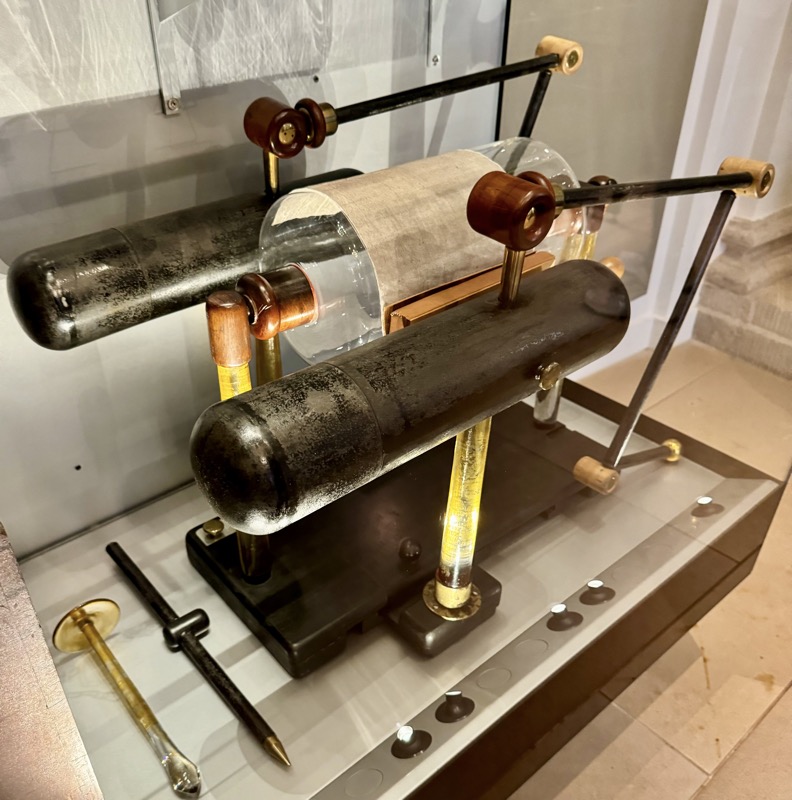
Friction Electric Generator – Fuchs, Leipzig, c. 1817.
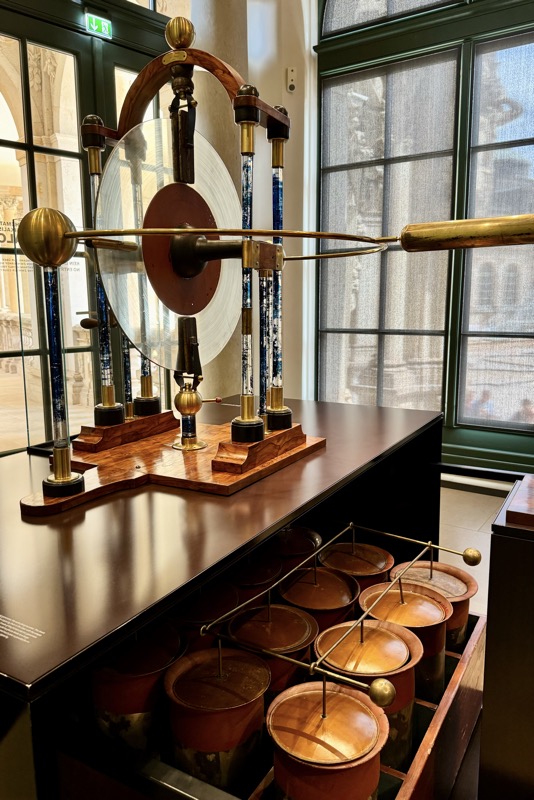
HISTORICAL GLOBES GALLERY:
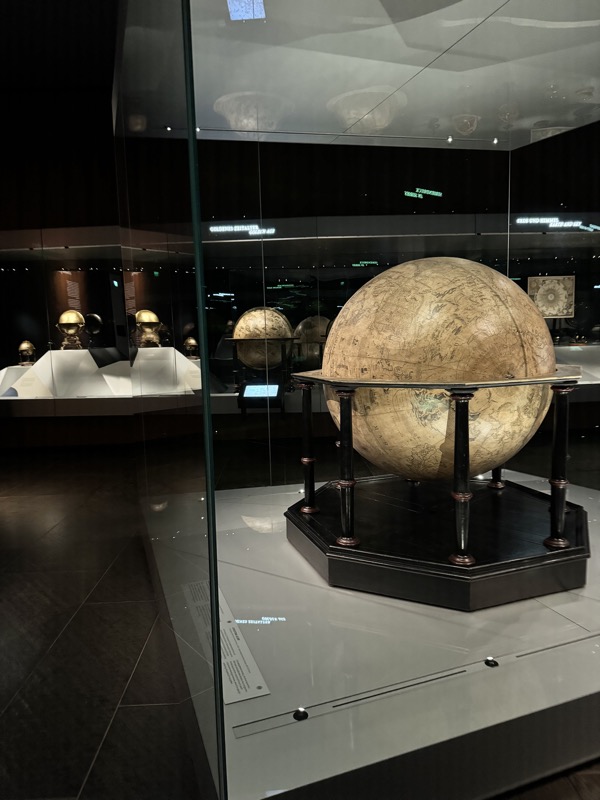
Terrestrial & Celestial Globes – Matthäus Seutter, Augsburg, c.1710.
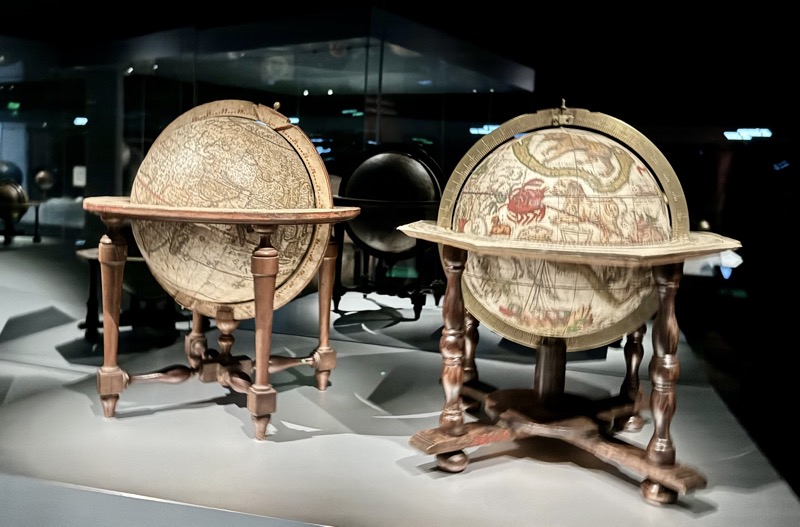
Terrestrial & Celestial Cones – Christlieb Benedict Funk, Leipzig, c.1780.
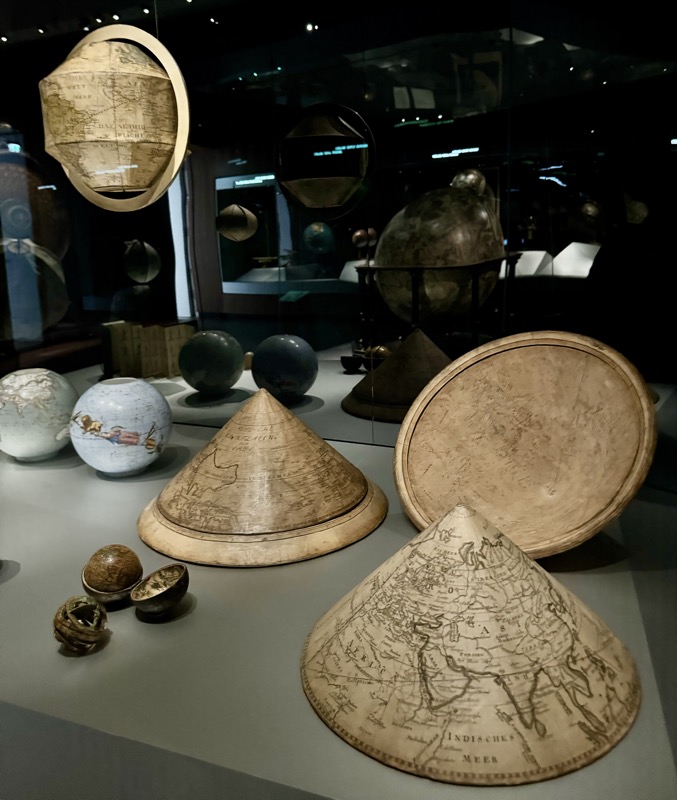
World Time Clock – Andreas Gärtner, Dresden, c. 1690. The large gilt face of this world time clock has a small face for each of the 360° longitude. Each of these faces bears the name of a place, city, island etc. Over the small faces the hour hand is pointing downwards and rotates when the main clock does.
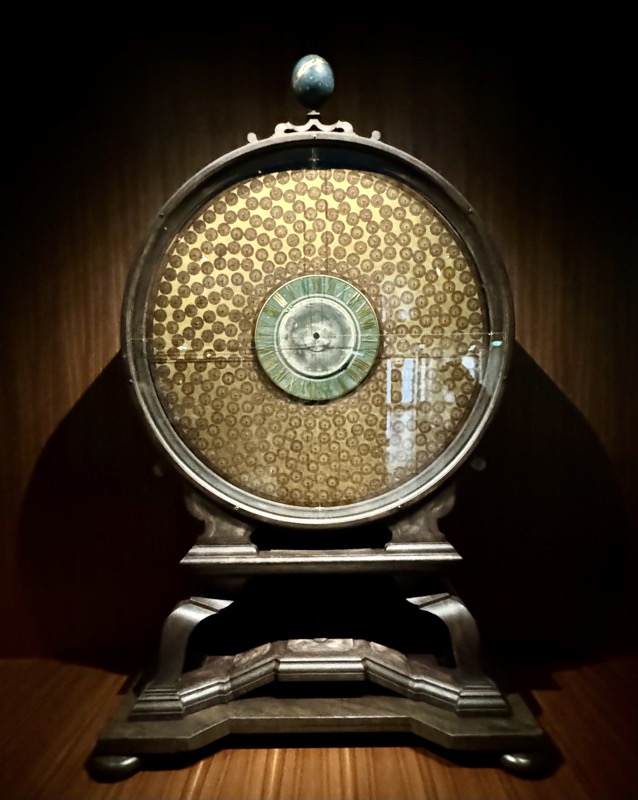
Geocentric Armillary Spheres – Charles Francois Delamarche, Paris, c.1800.
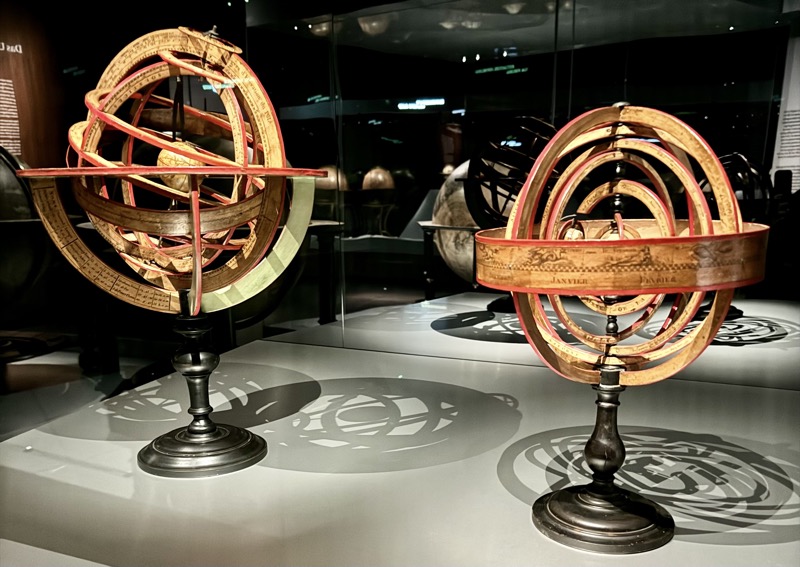
Heraldic Celestial Globe – Earhart Weigel, Jena, c.1690. Weigel replaced the constellations with the heraldry of the coats of arms of various European Princes and important cities and estates. Chased copper, embossed reliefs then painted.
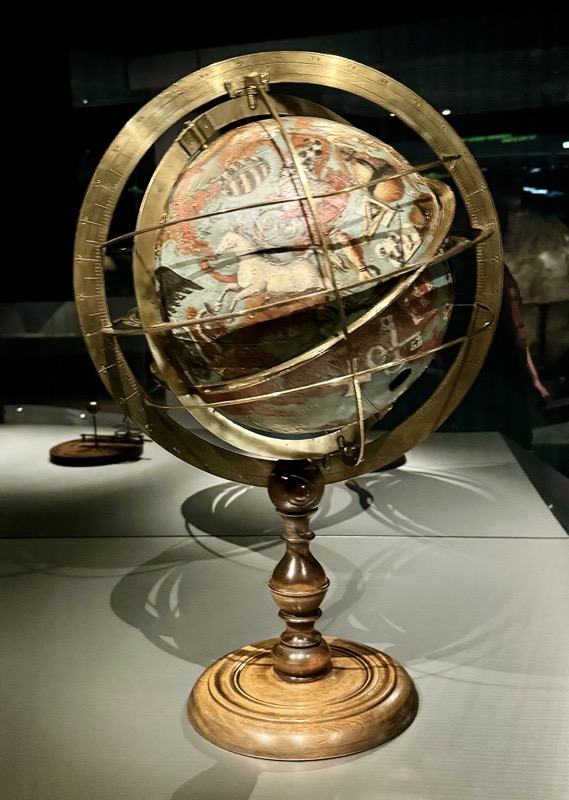
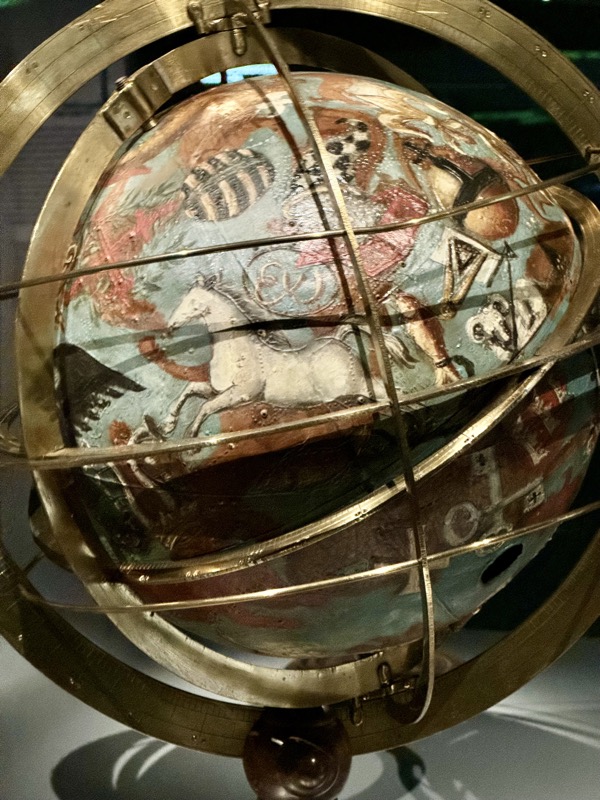
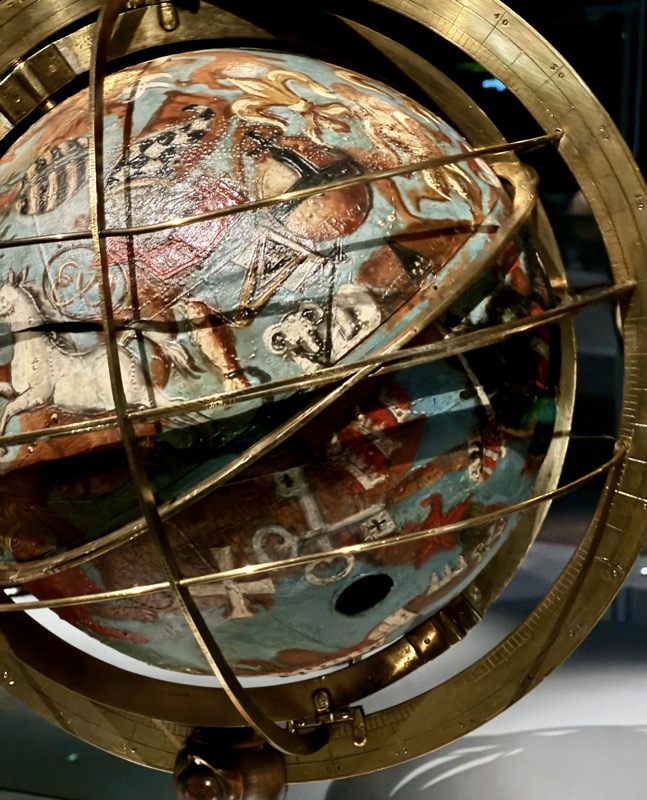
Gregorian Reflecting Telescope – Johann Gottlob Rudolph, Miltitz,, c.1748.
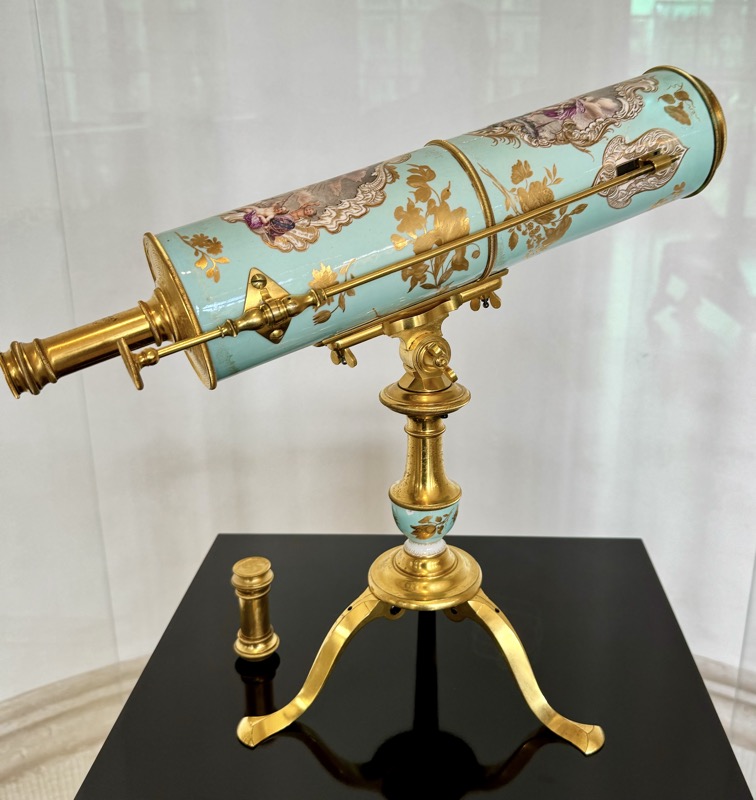
”Topsy Turvy World” Automaton – Hans Schlottheim, Augsburg, c.1590.
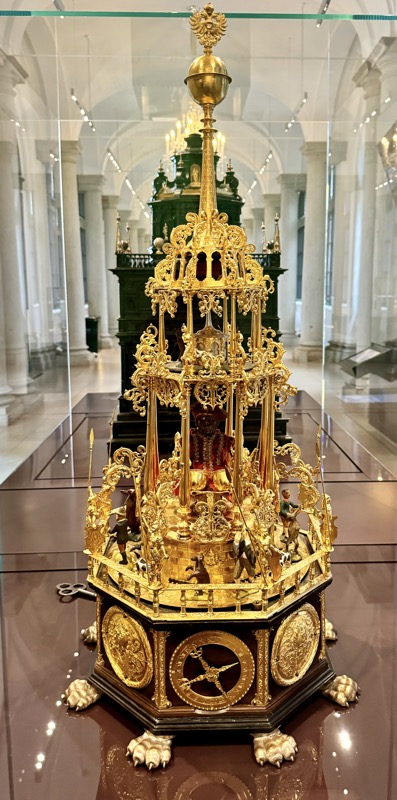
Odometer – Christoph Trechsler the Elder, Dresden, c.1584.
Brass gilt odometer was used in a carriage and worked in a similar way to a modern car odometer.
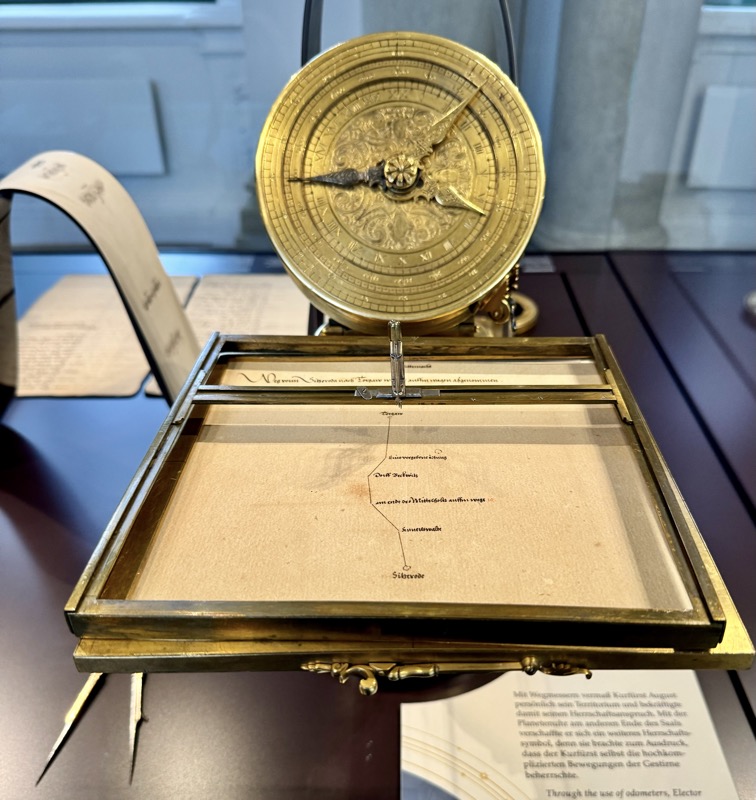
Theodolite – Victor Starzt, Brussels, c.1633.
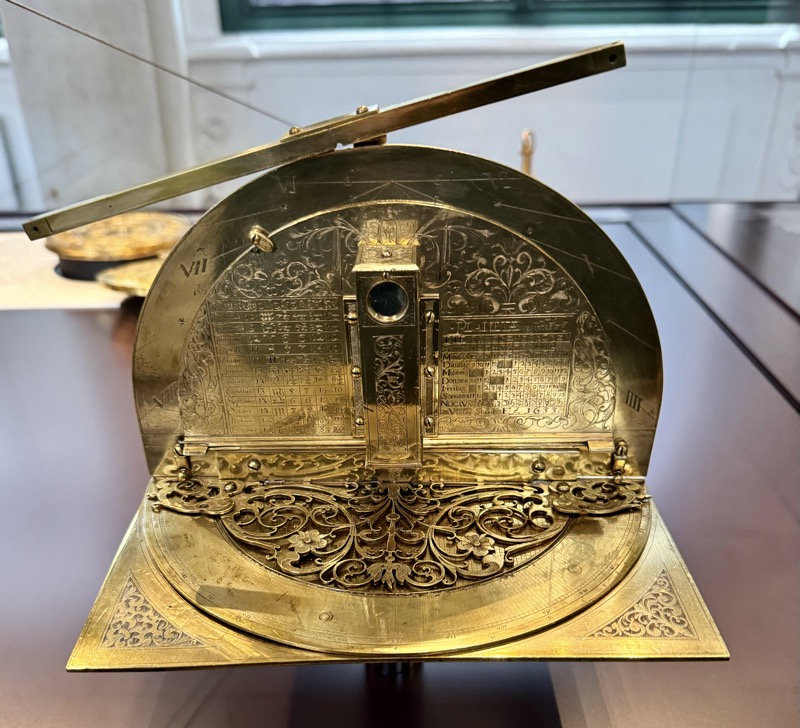
Mining Compass, German, c.1561
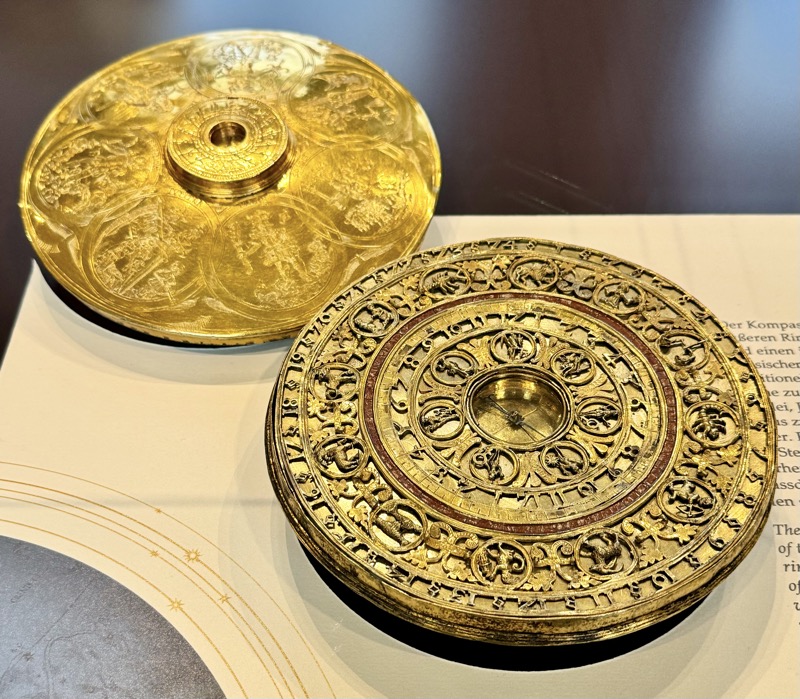
Back outside it was a beautiful day. We had had enough Musuem’ing (and enough of the stairs in and around the courtyard) so decided to go hunt for lunch instead of doing the Porcelain Galleries (this decision may or may not have been influences by the very small exposure to the Baroque porcelain obsession yesterday at Charlottenburg Palace!).

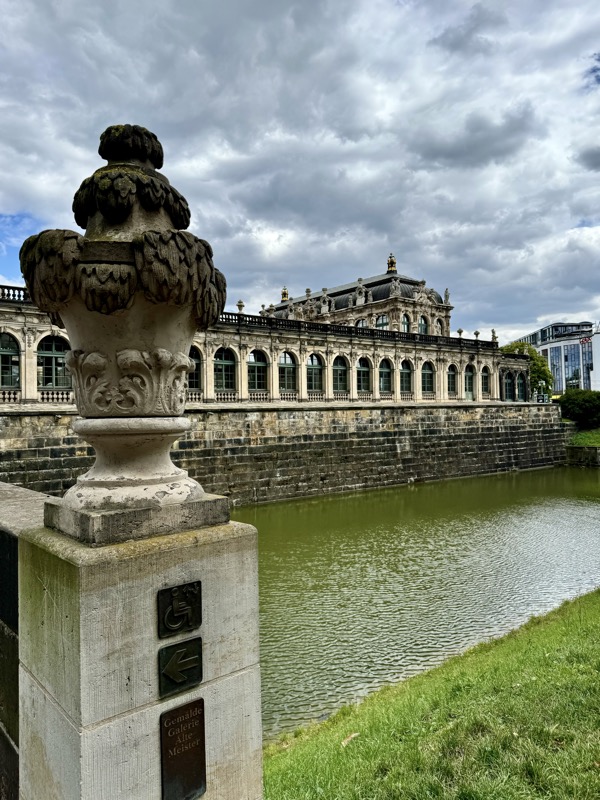
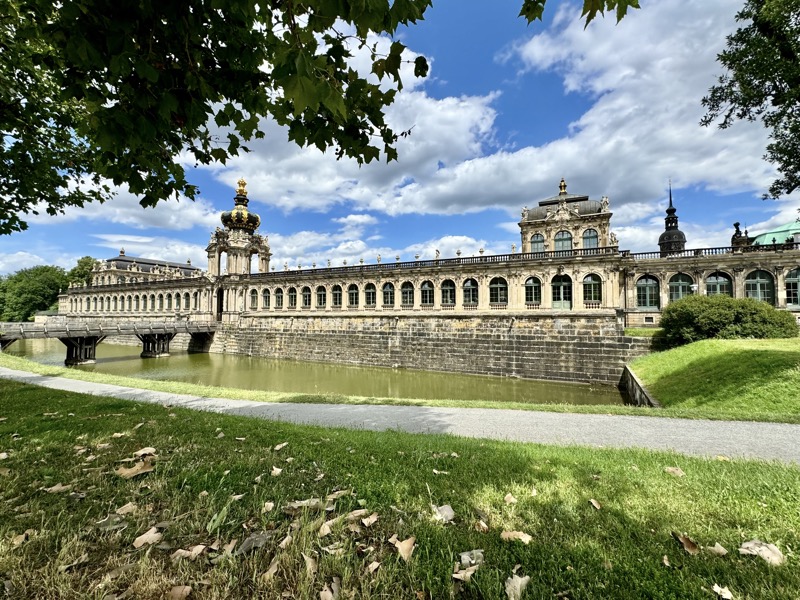
Great day all up – walked far too many steps and stairs (I’m so going to pay for this with my stupid knee tomorrow), but well worth the time in the galleries.
